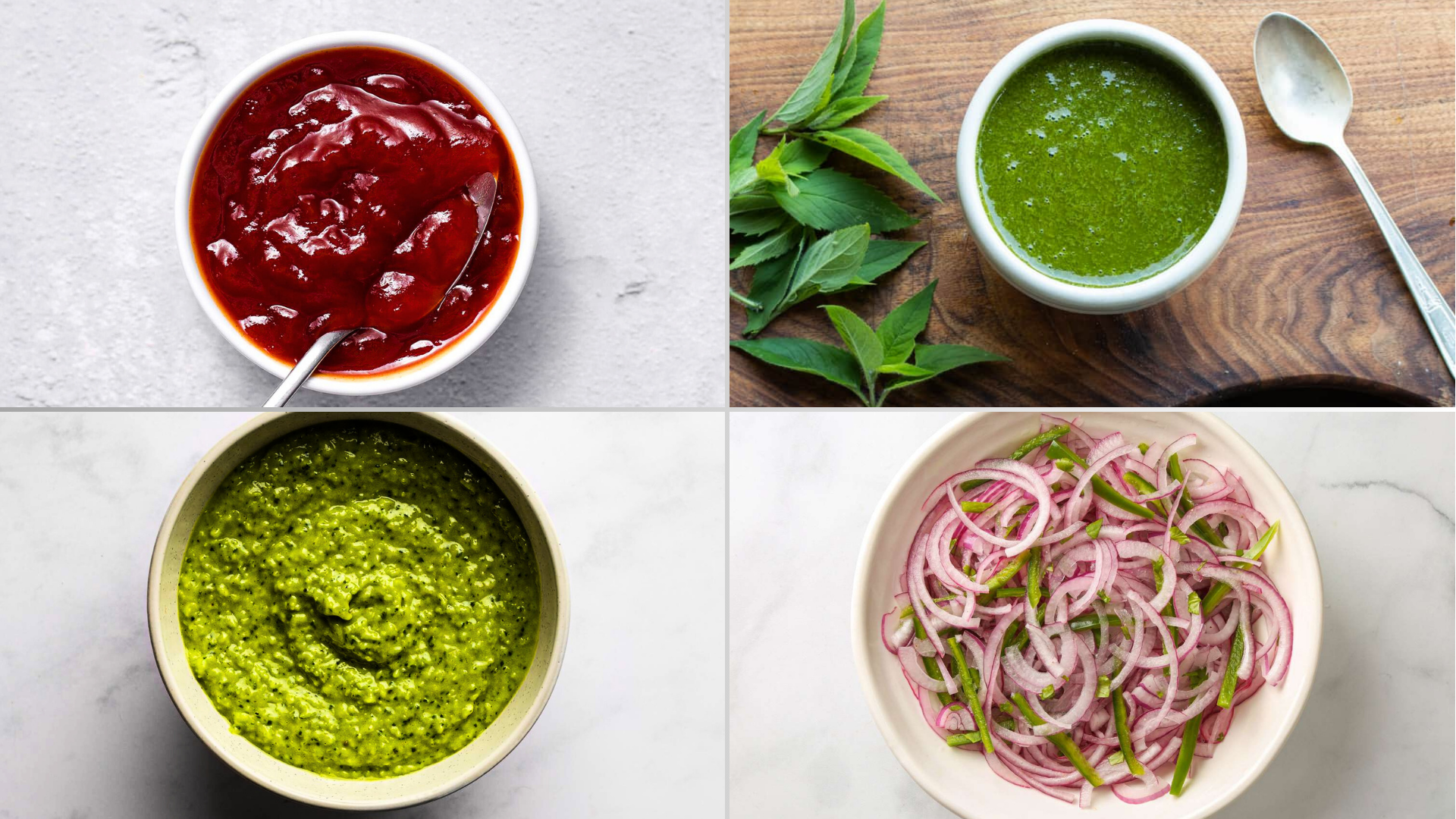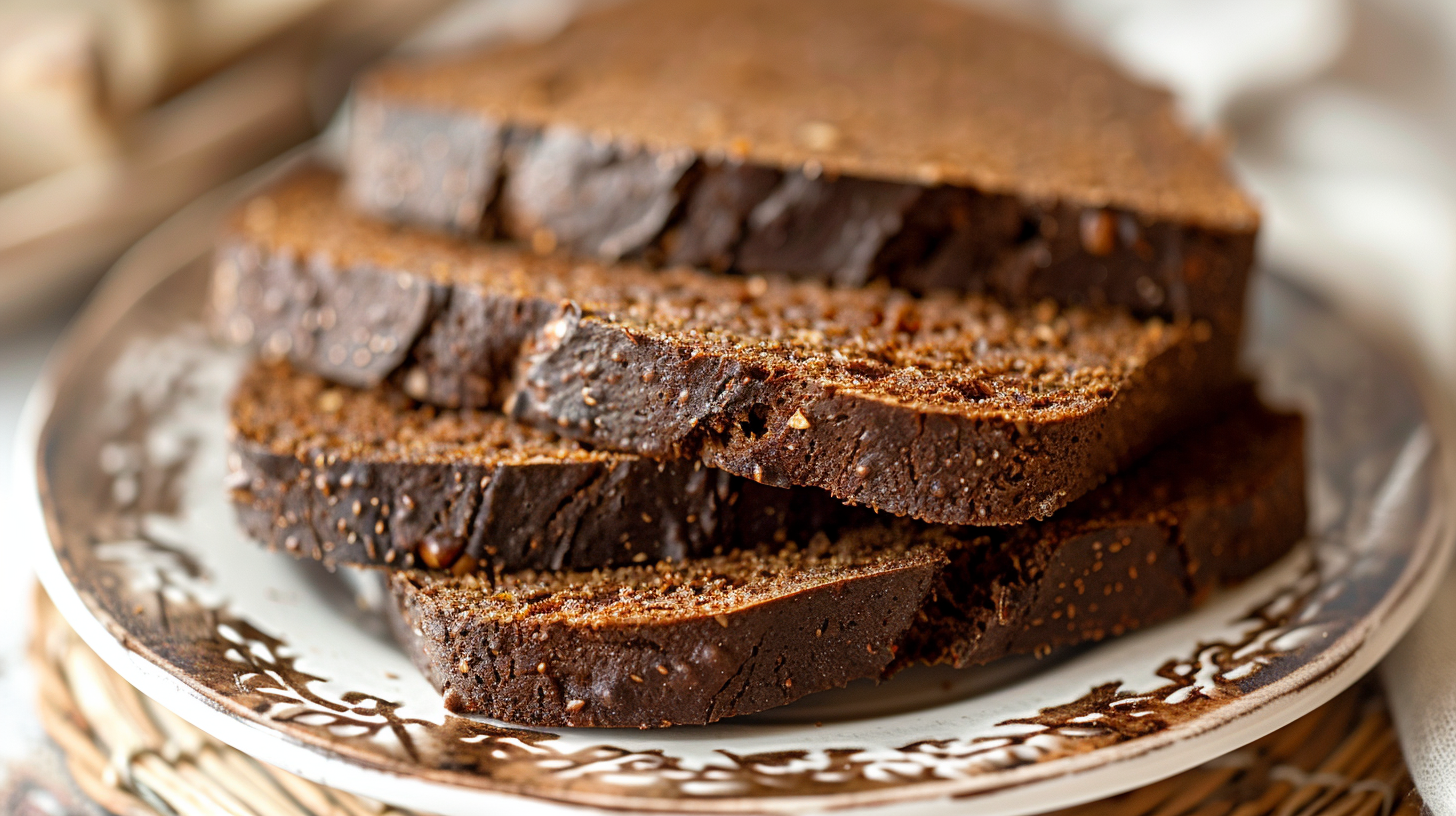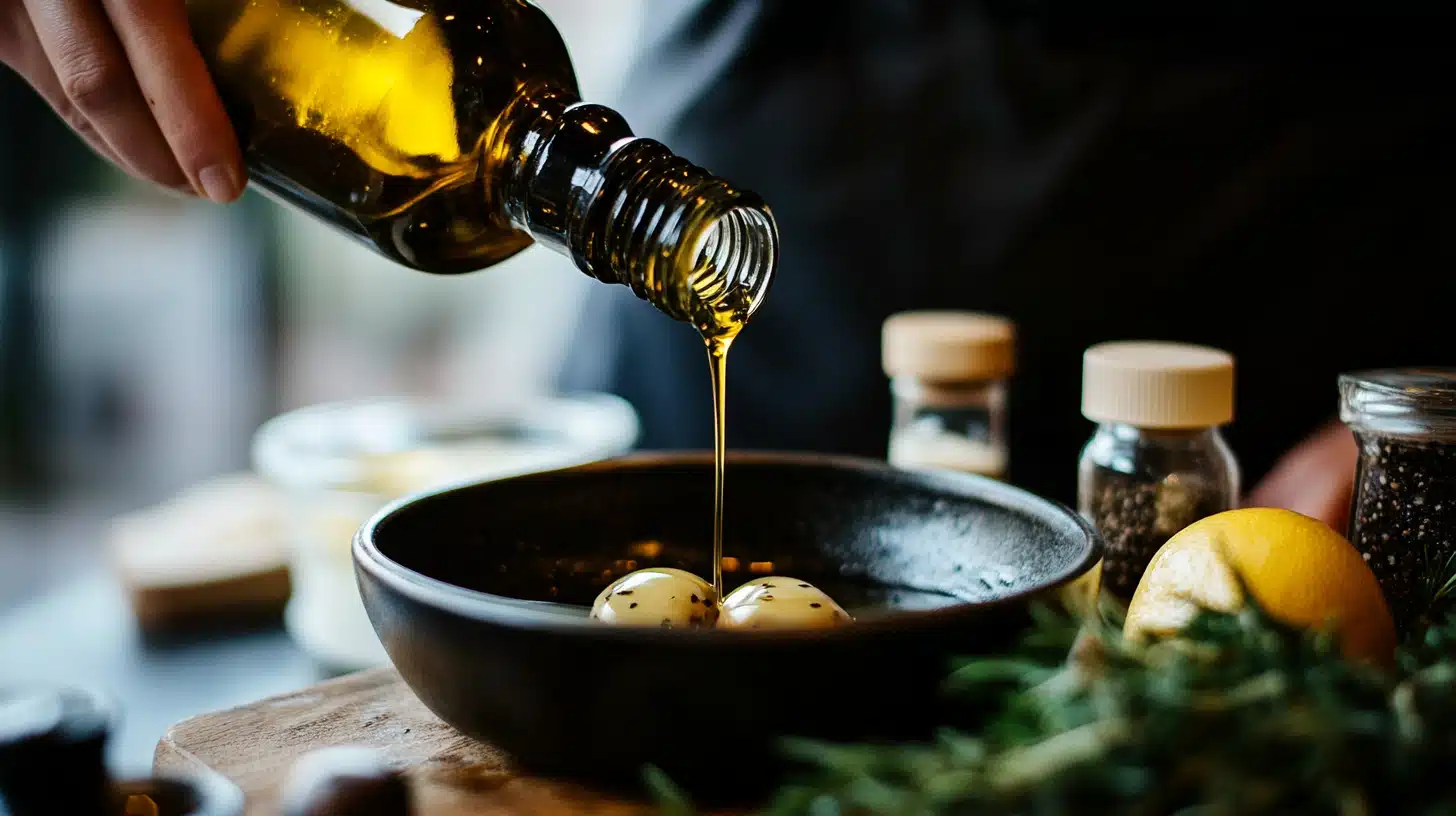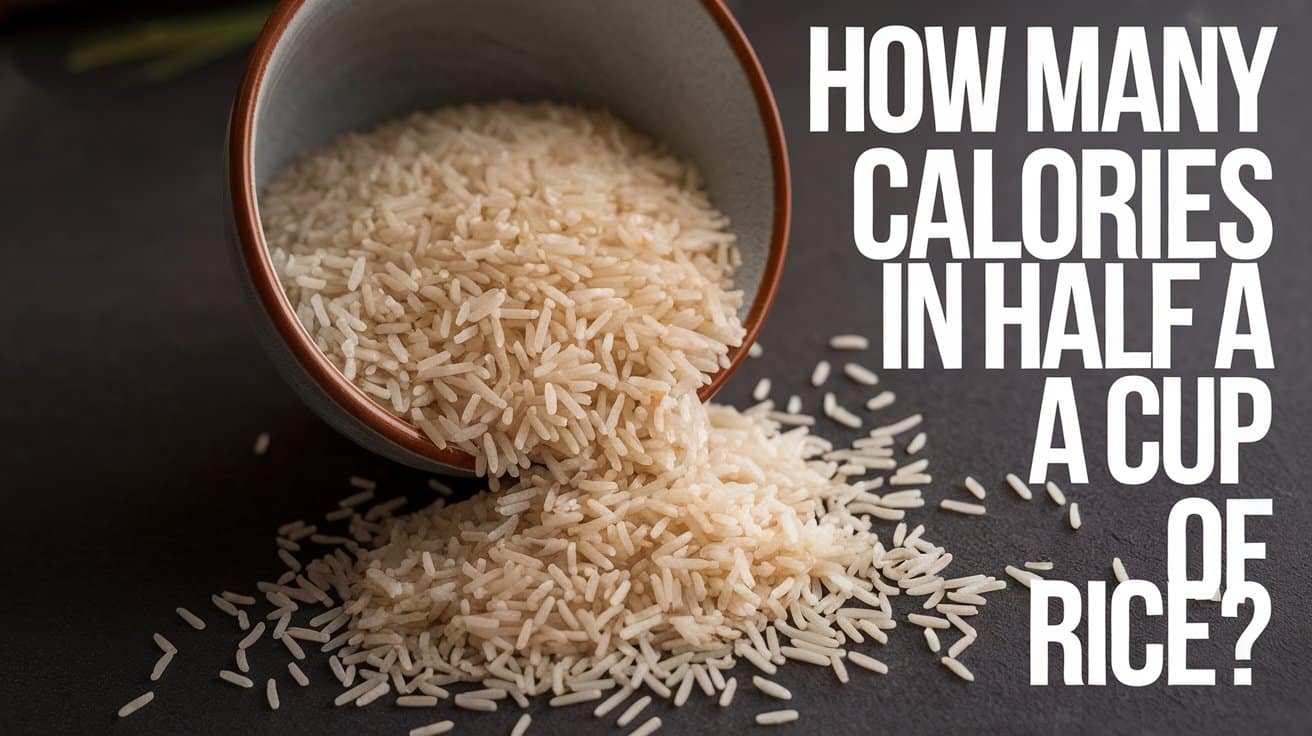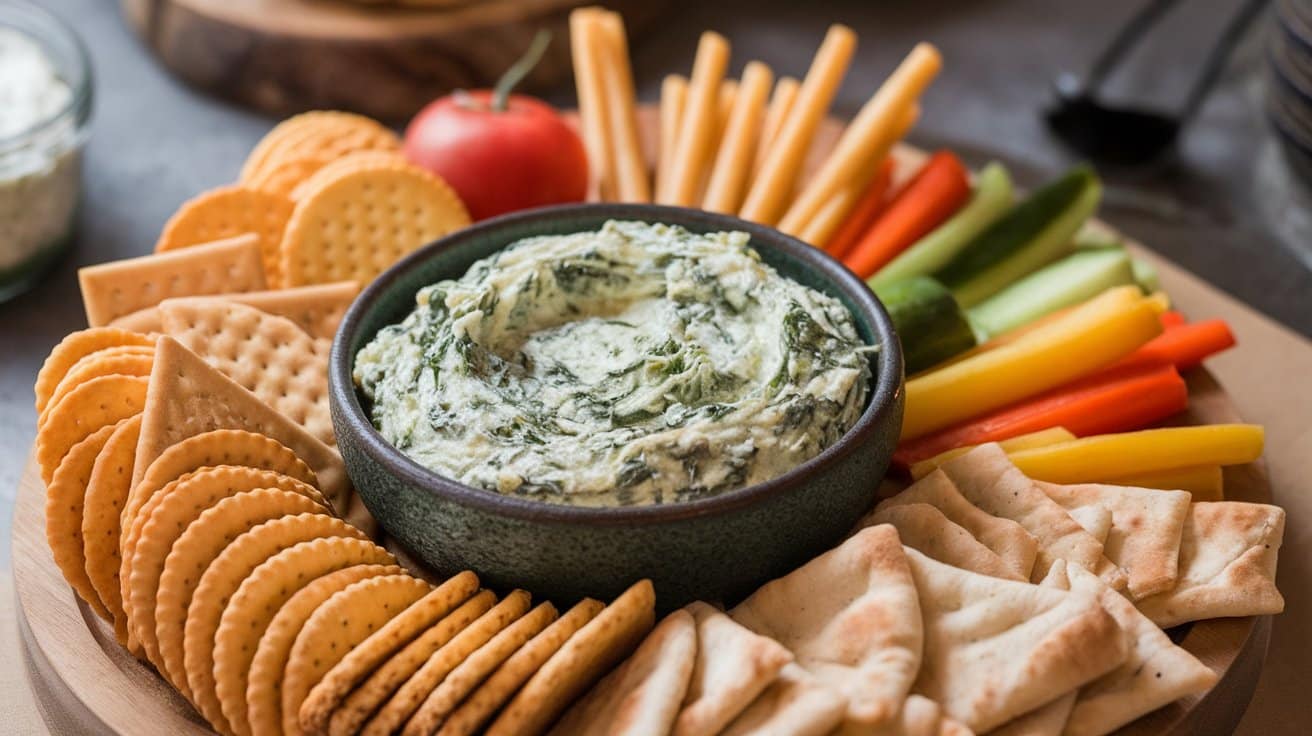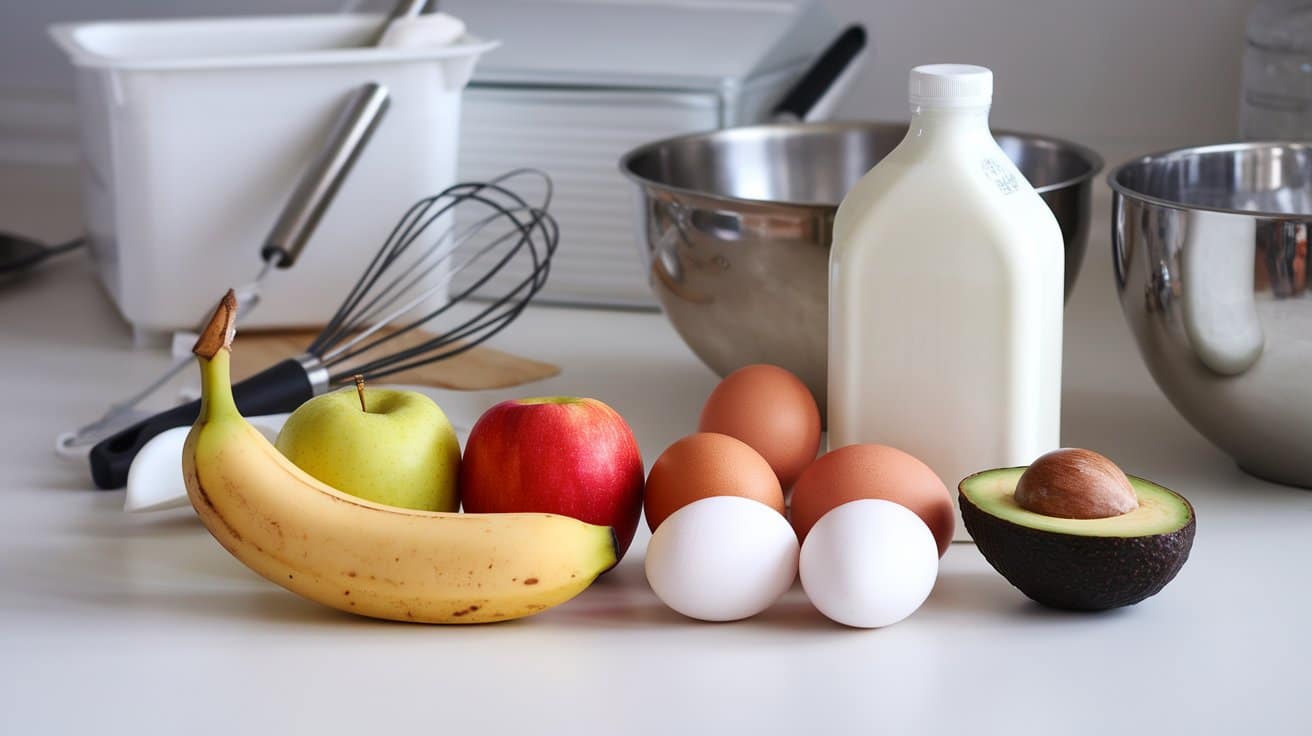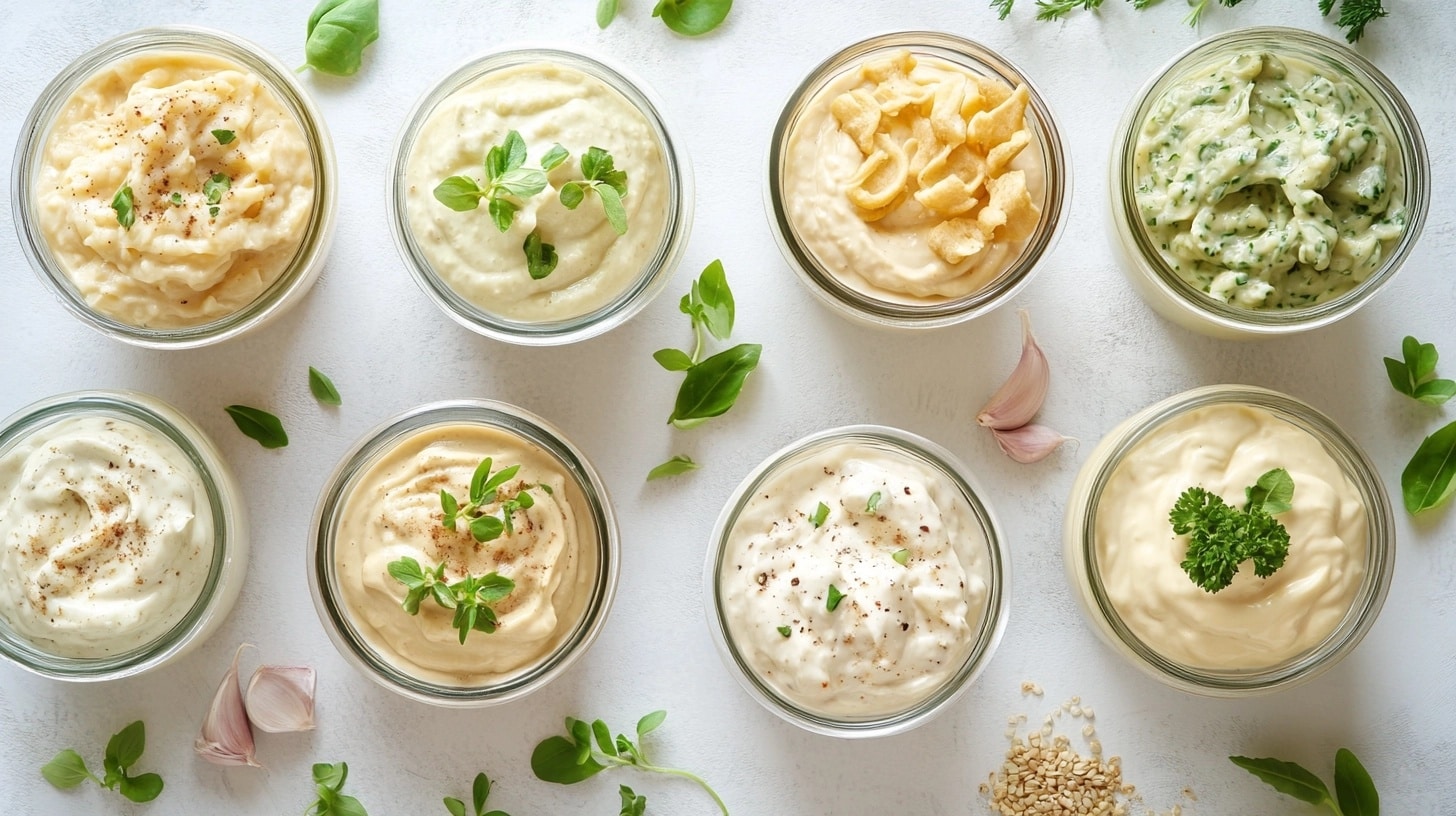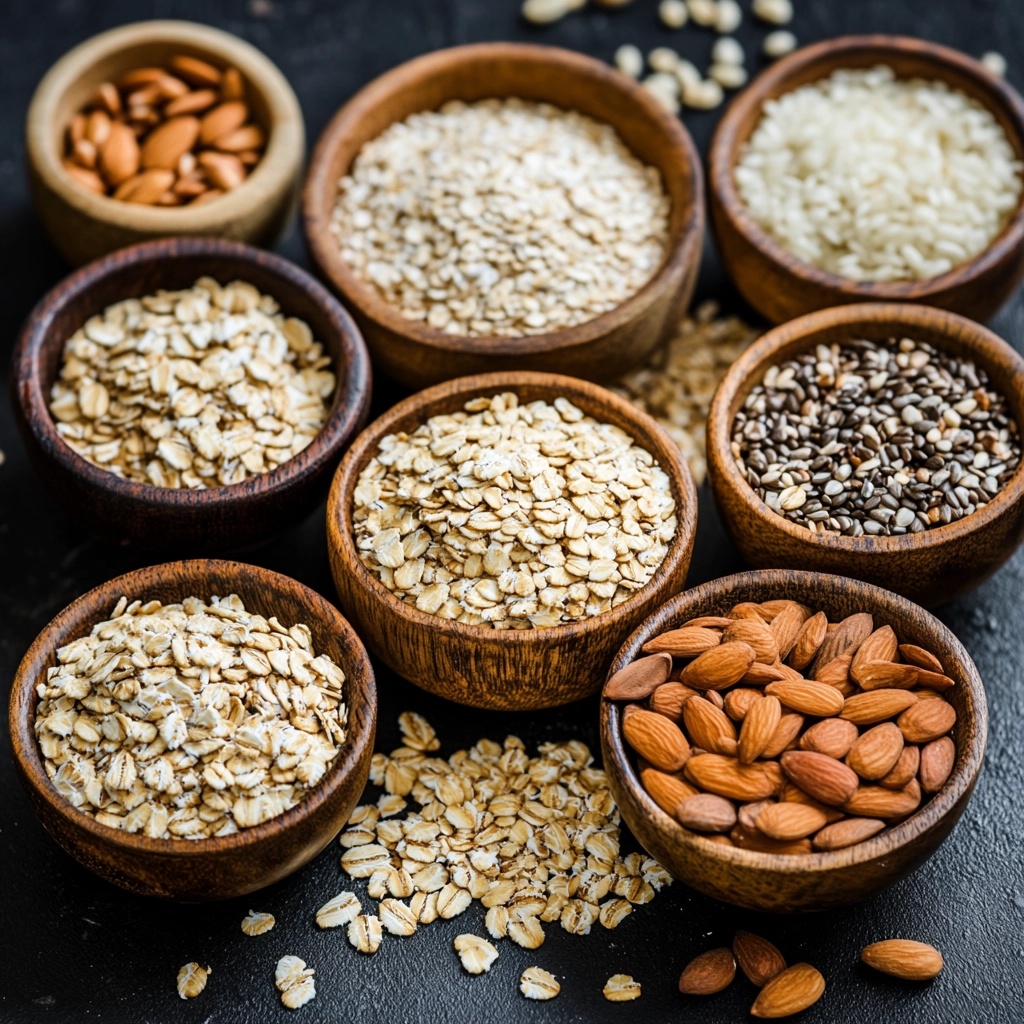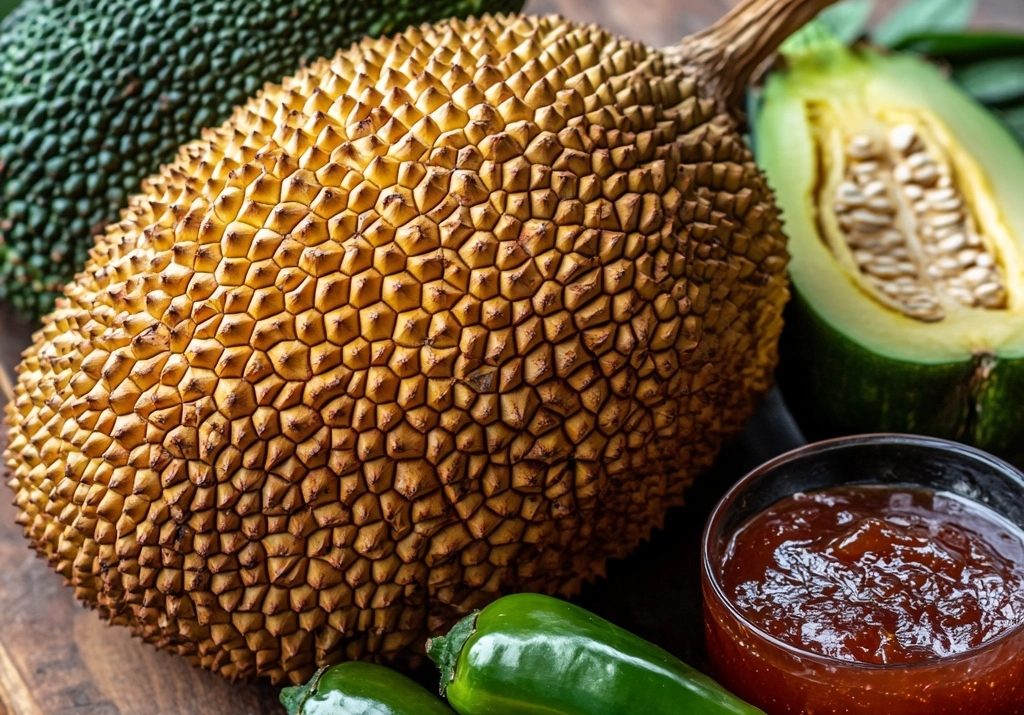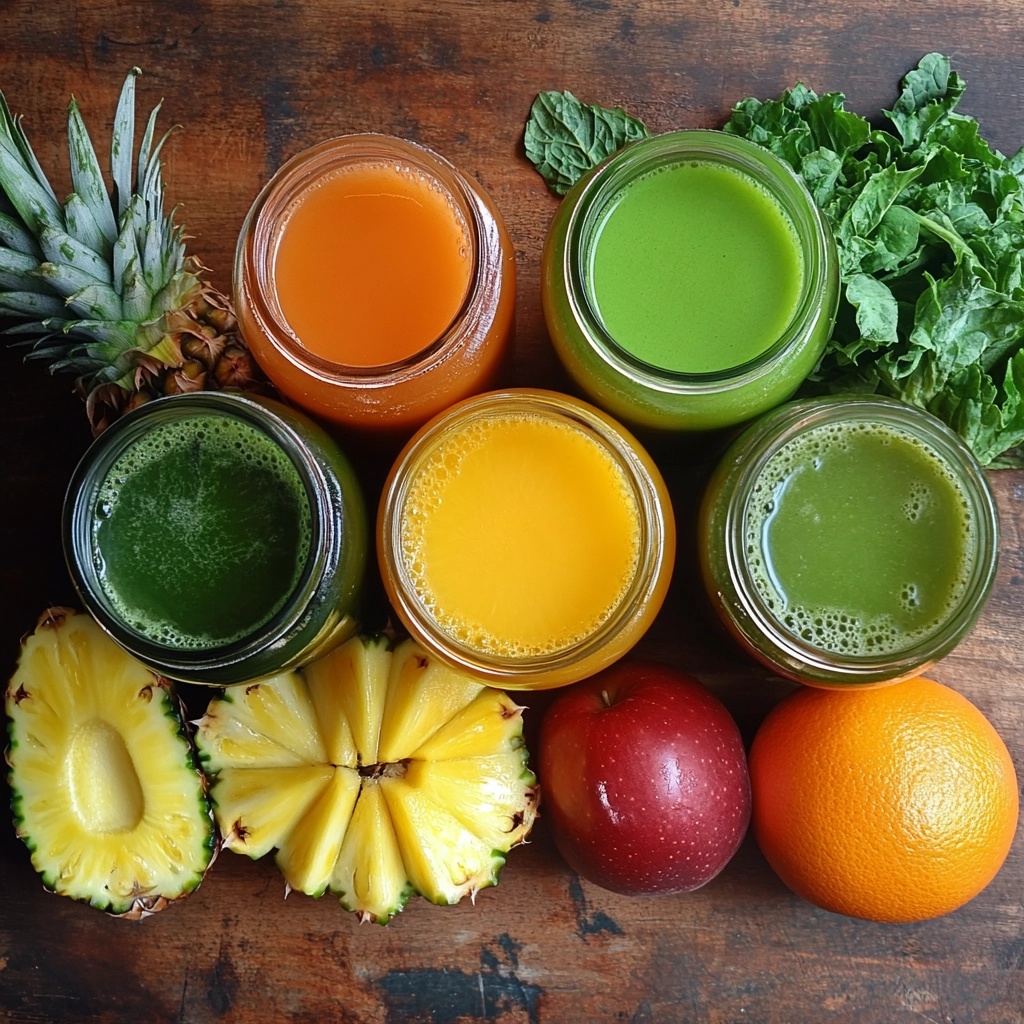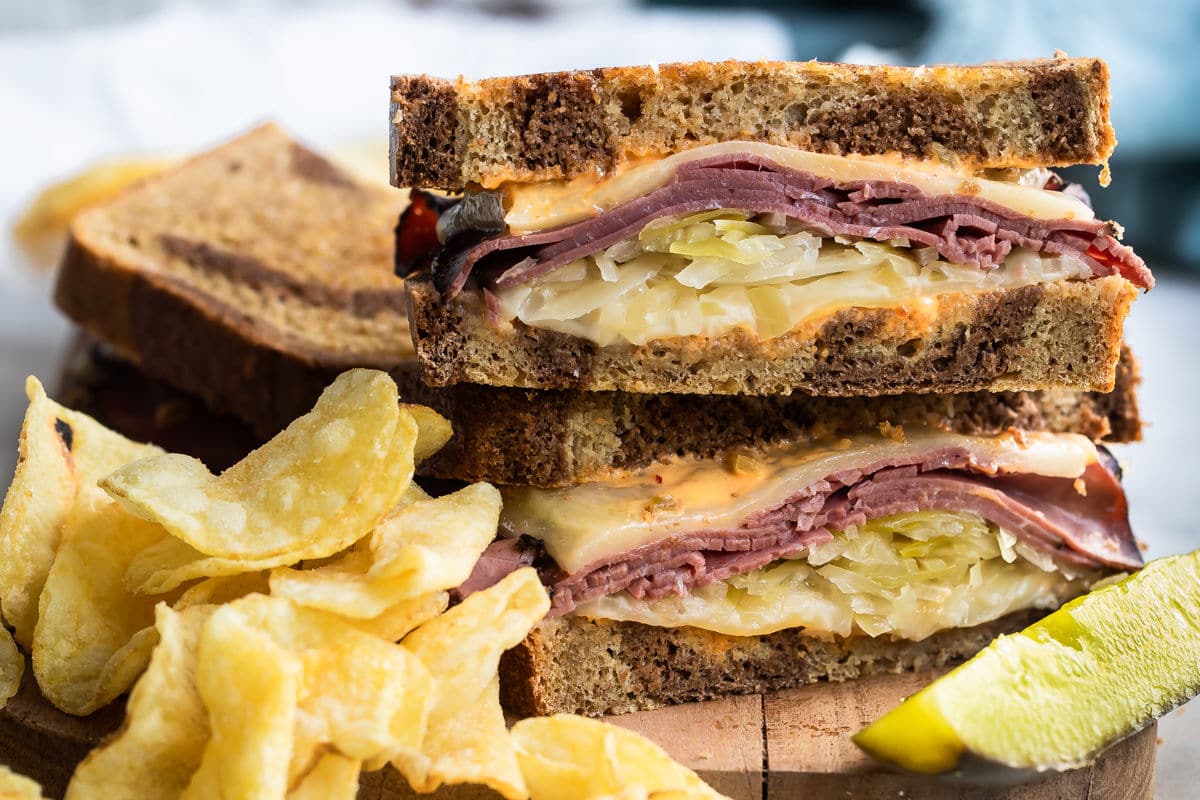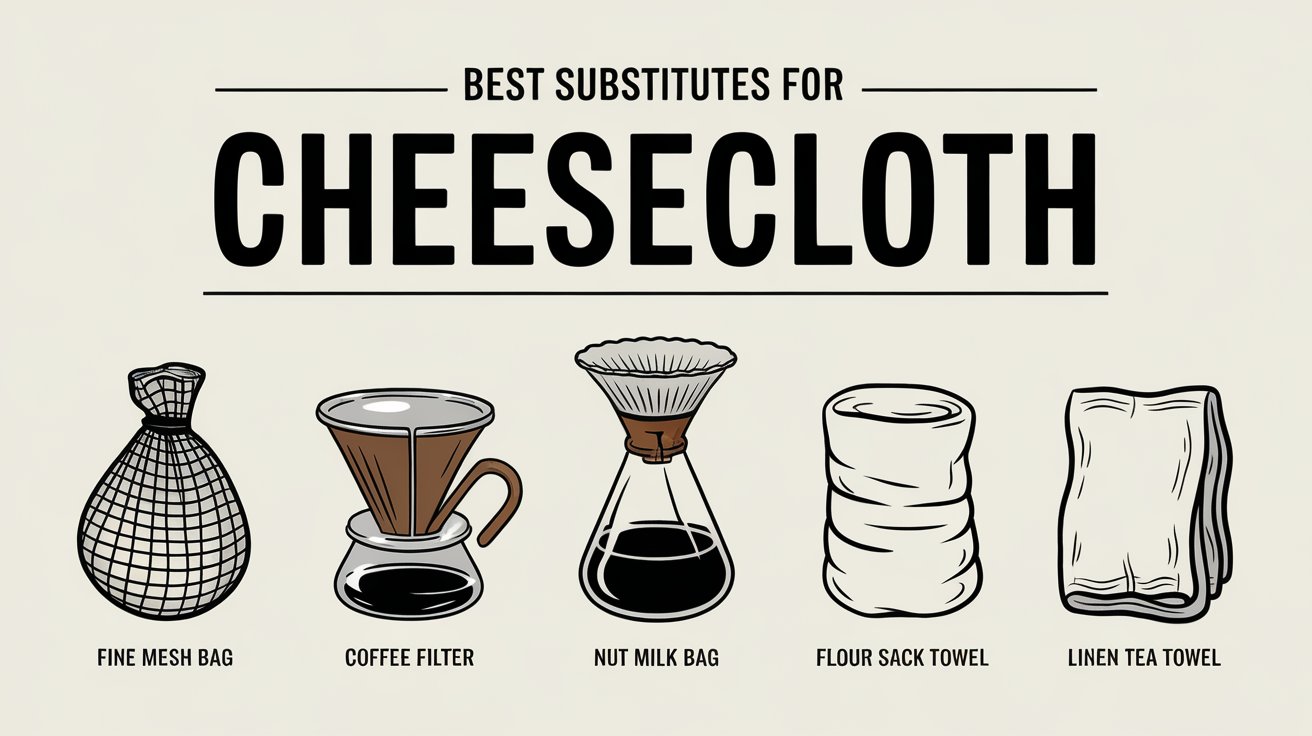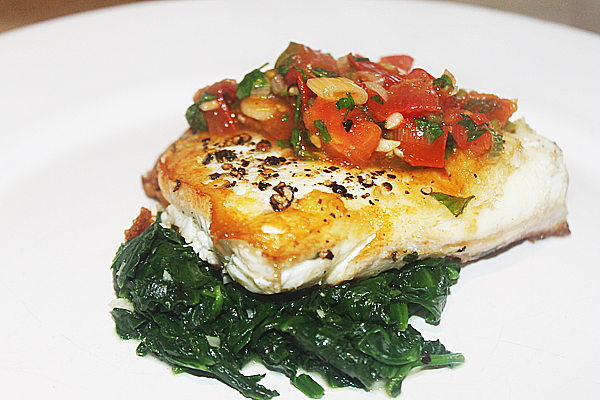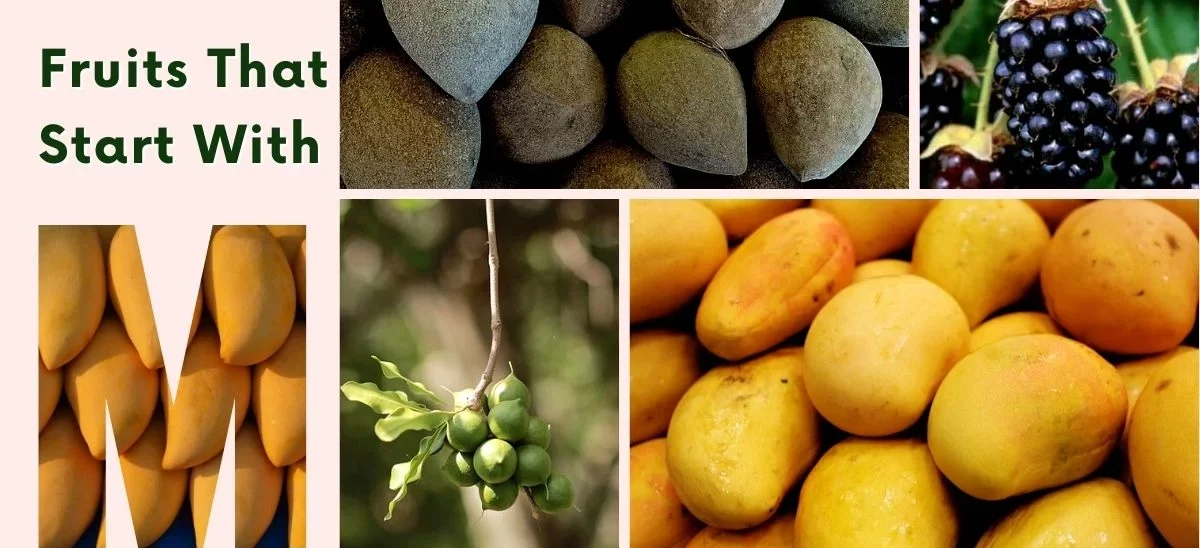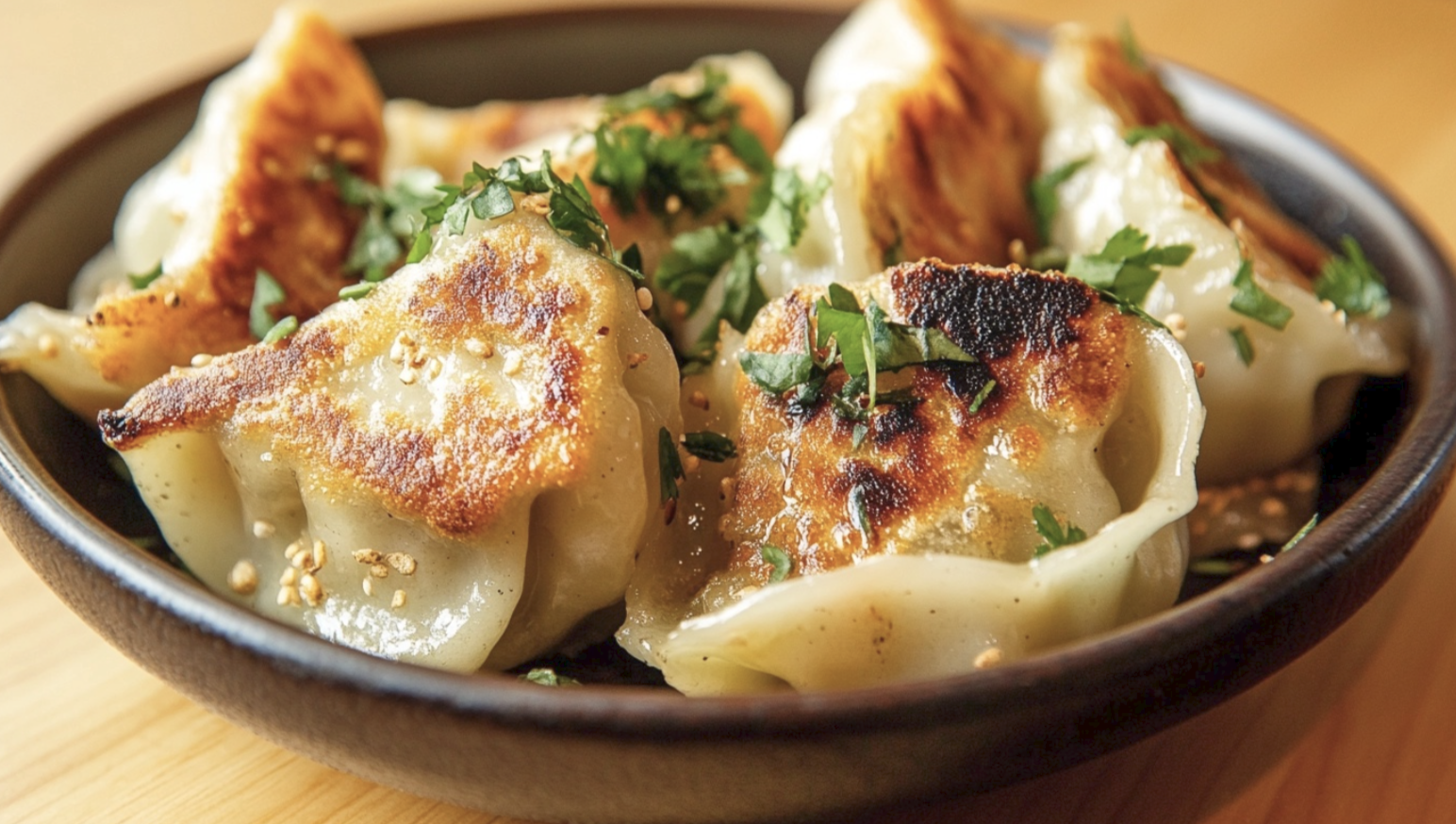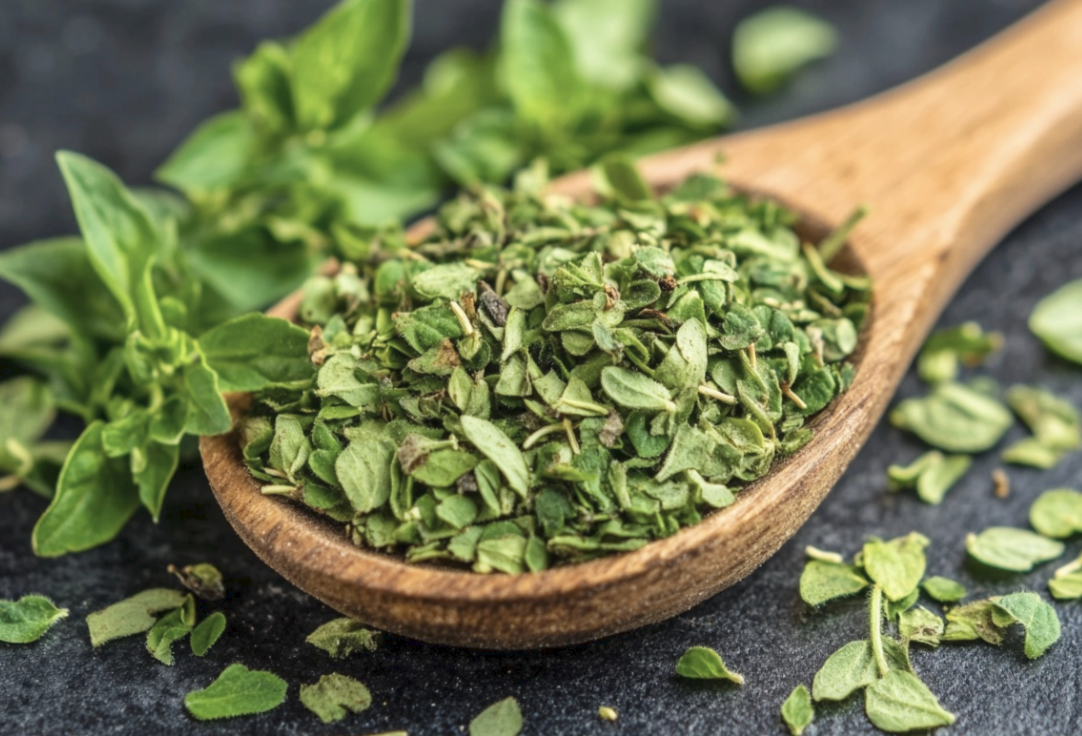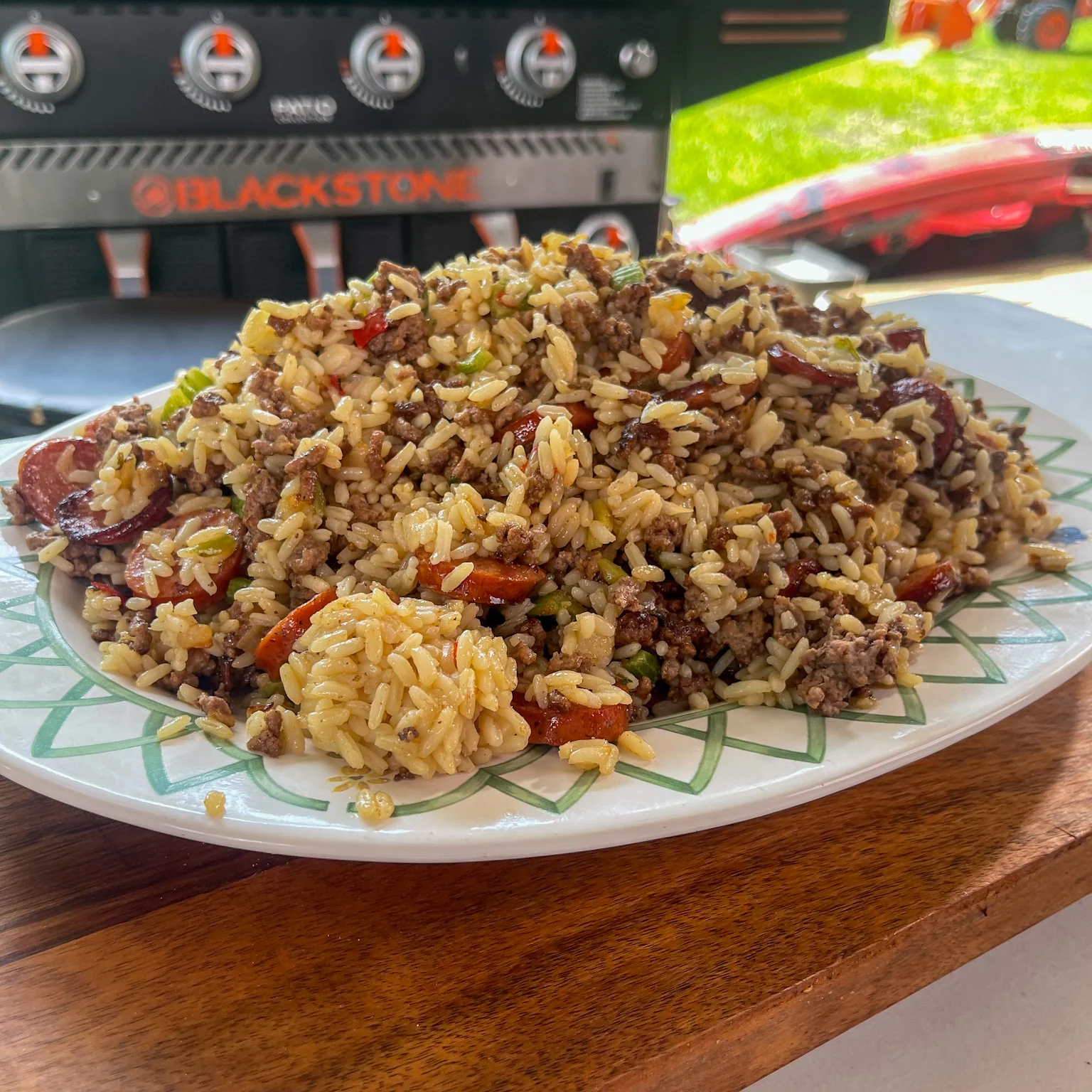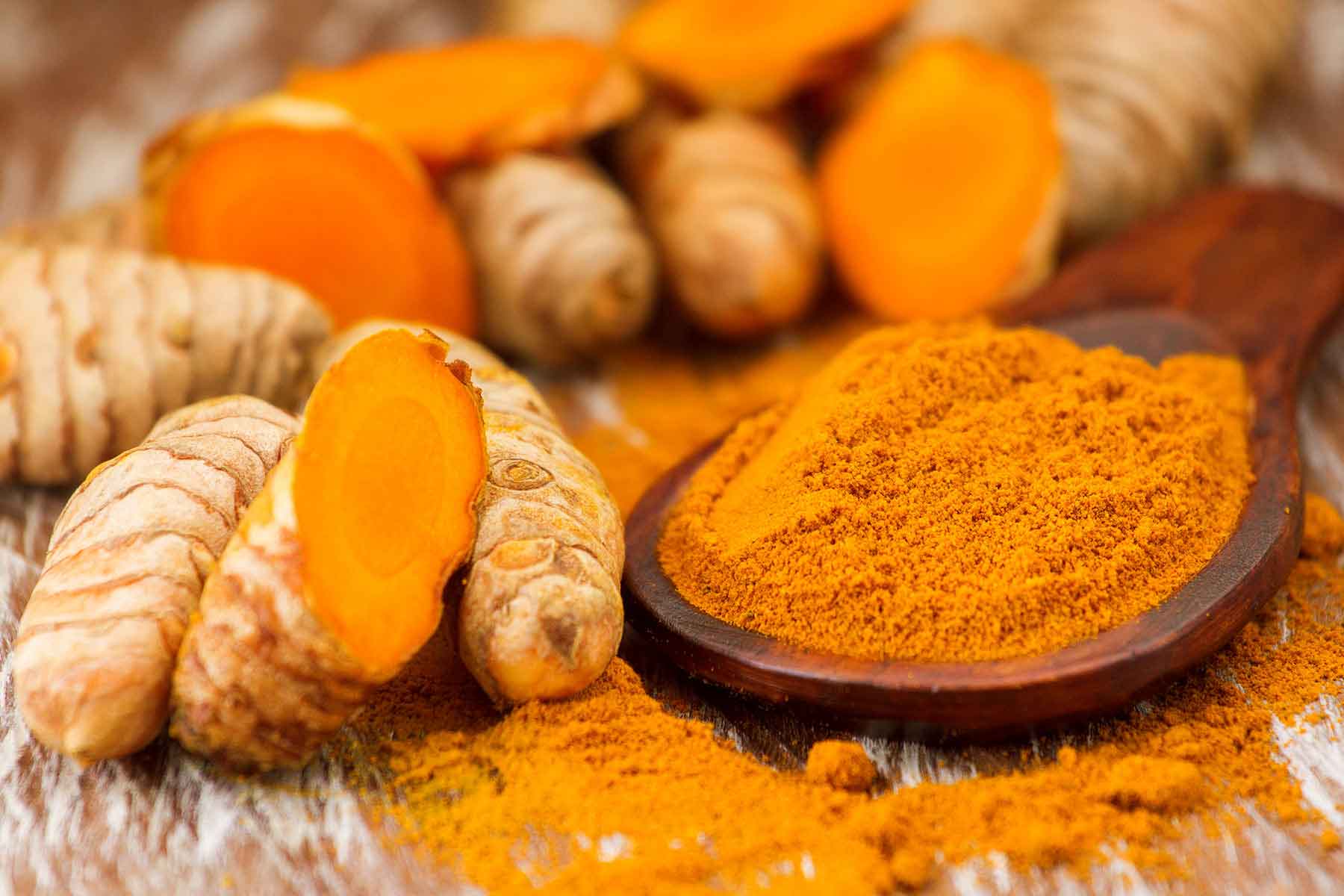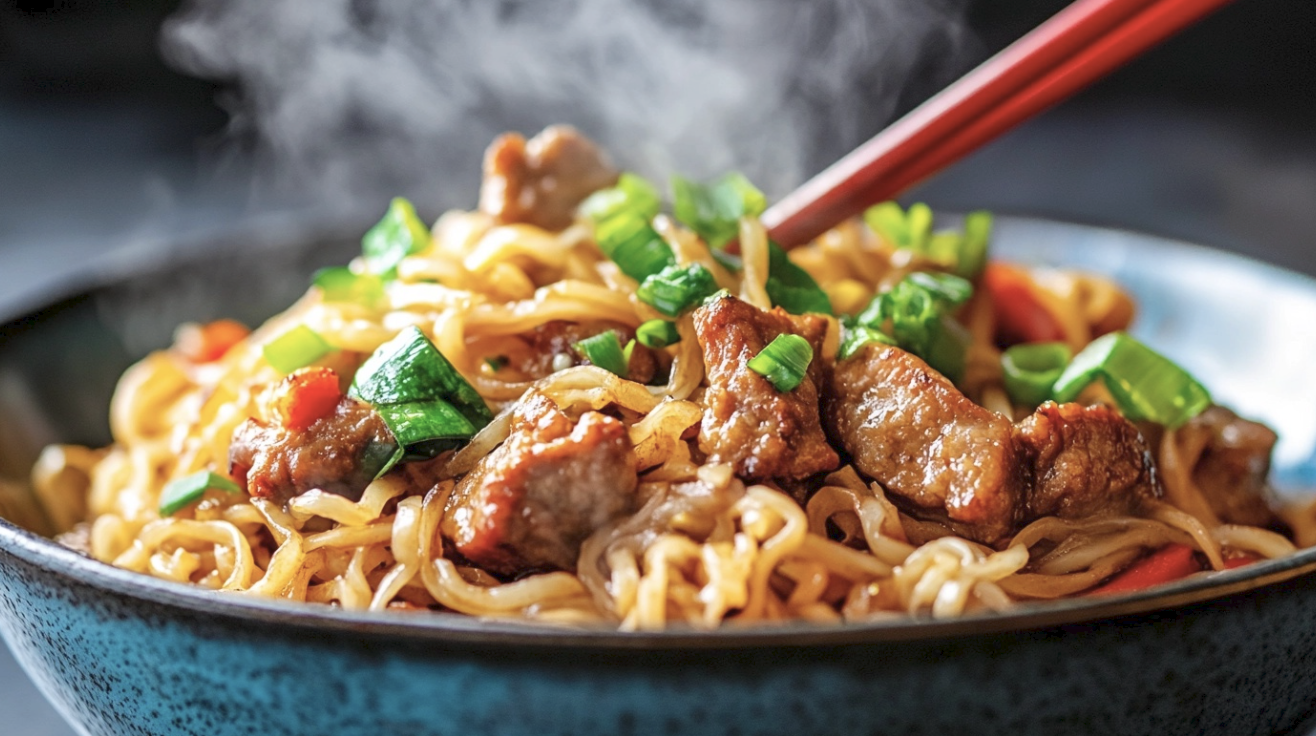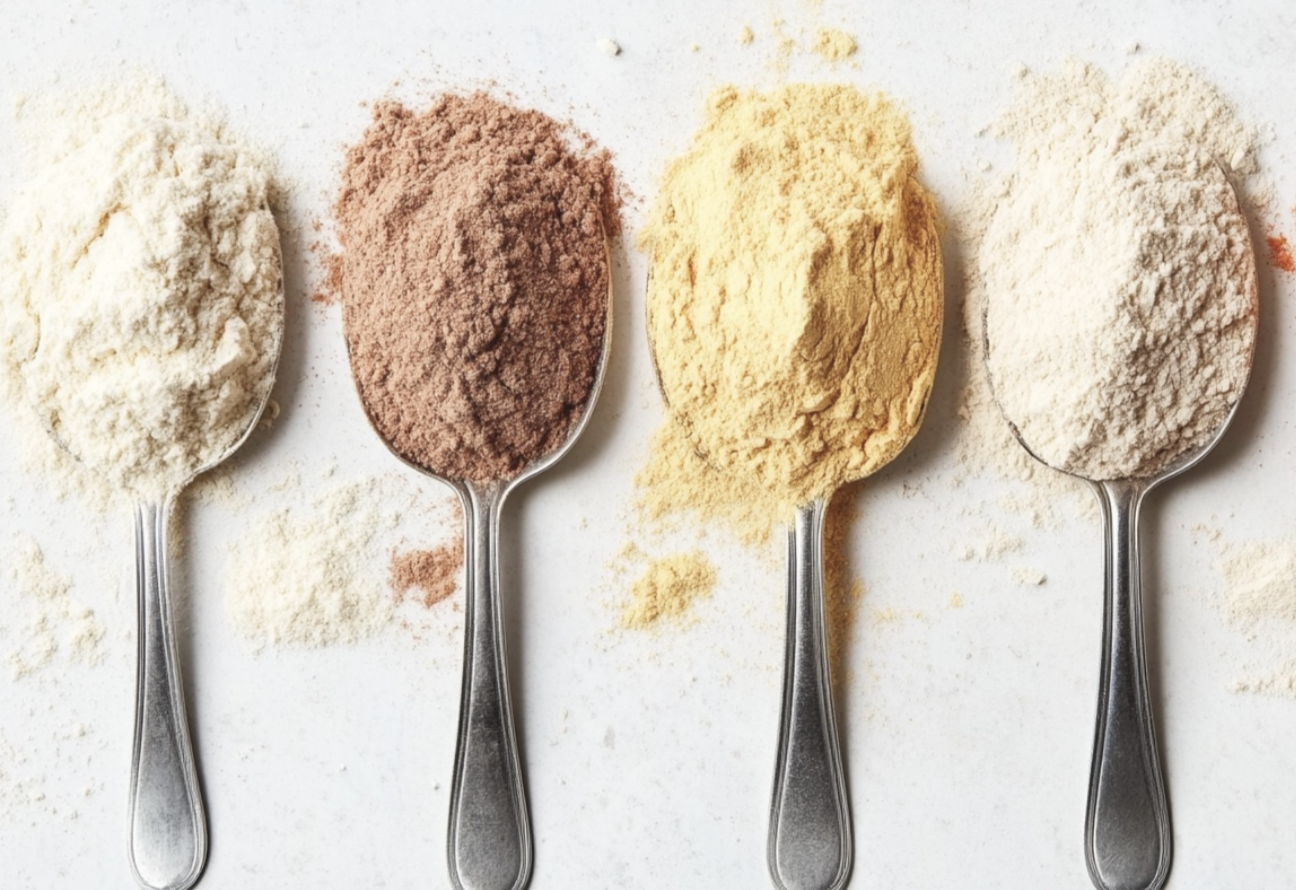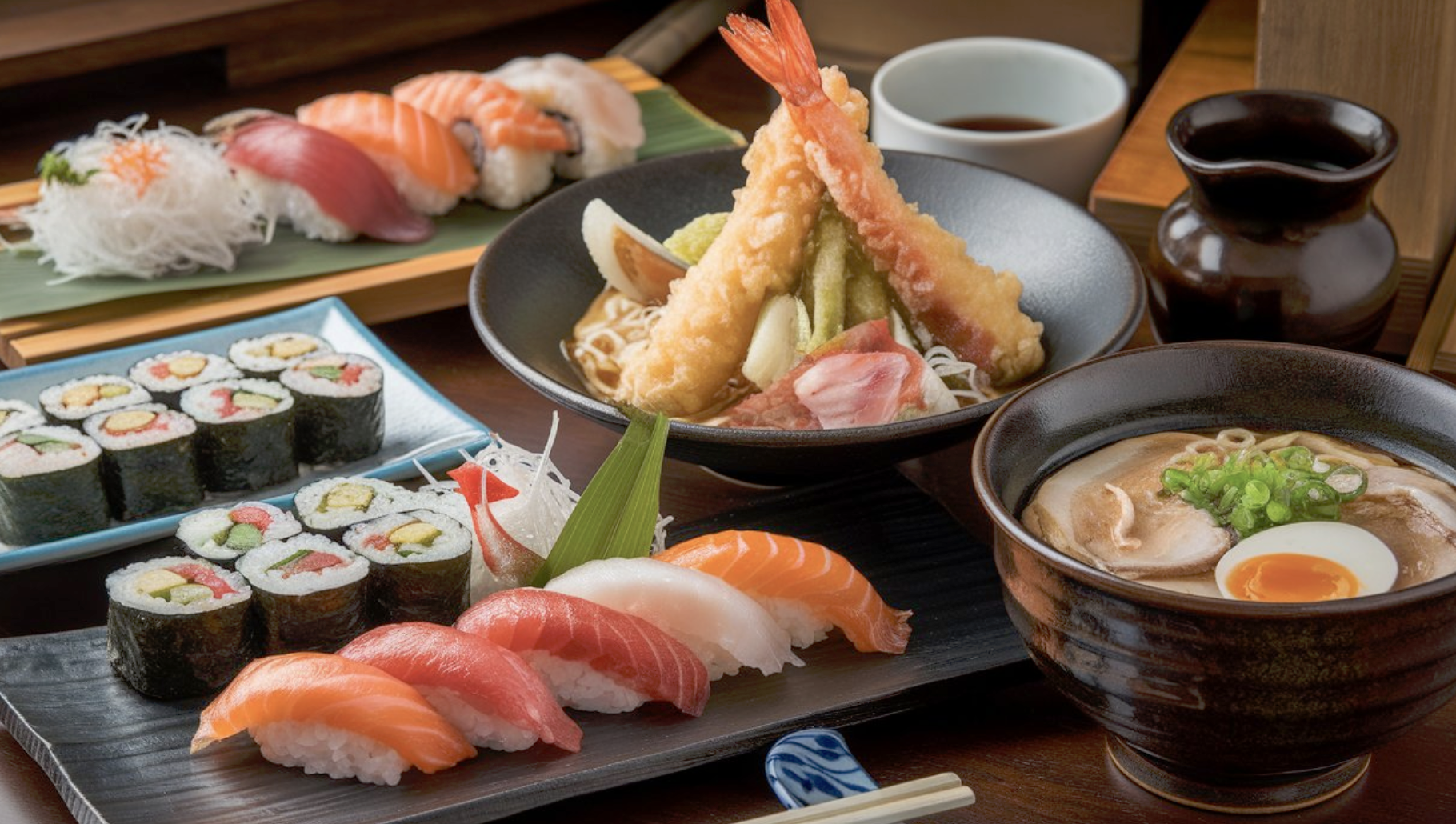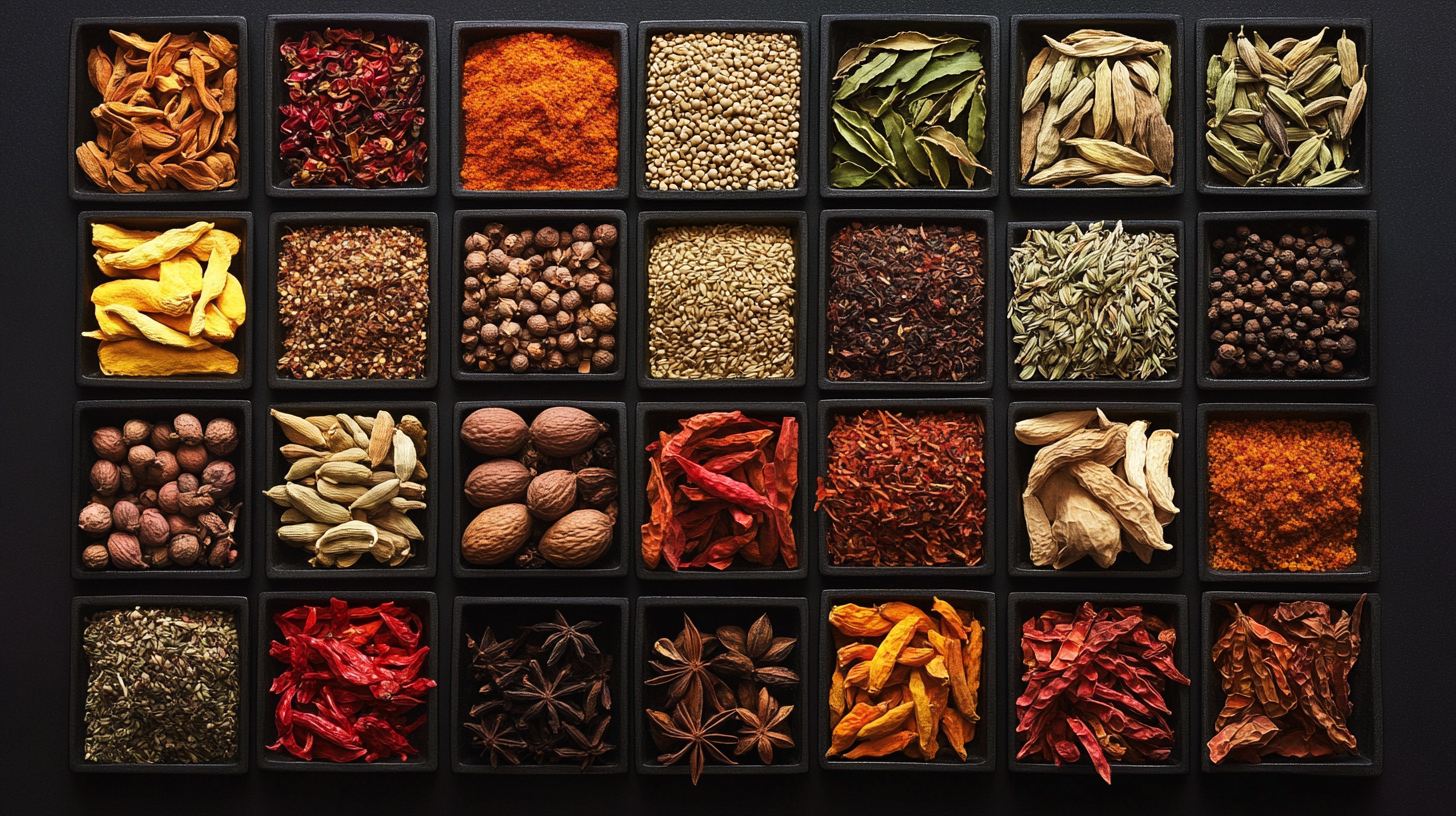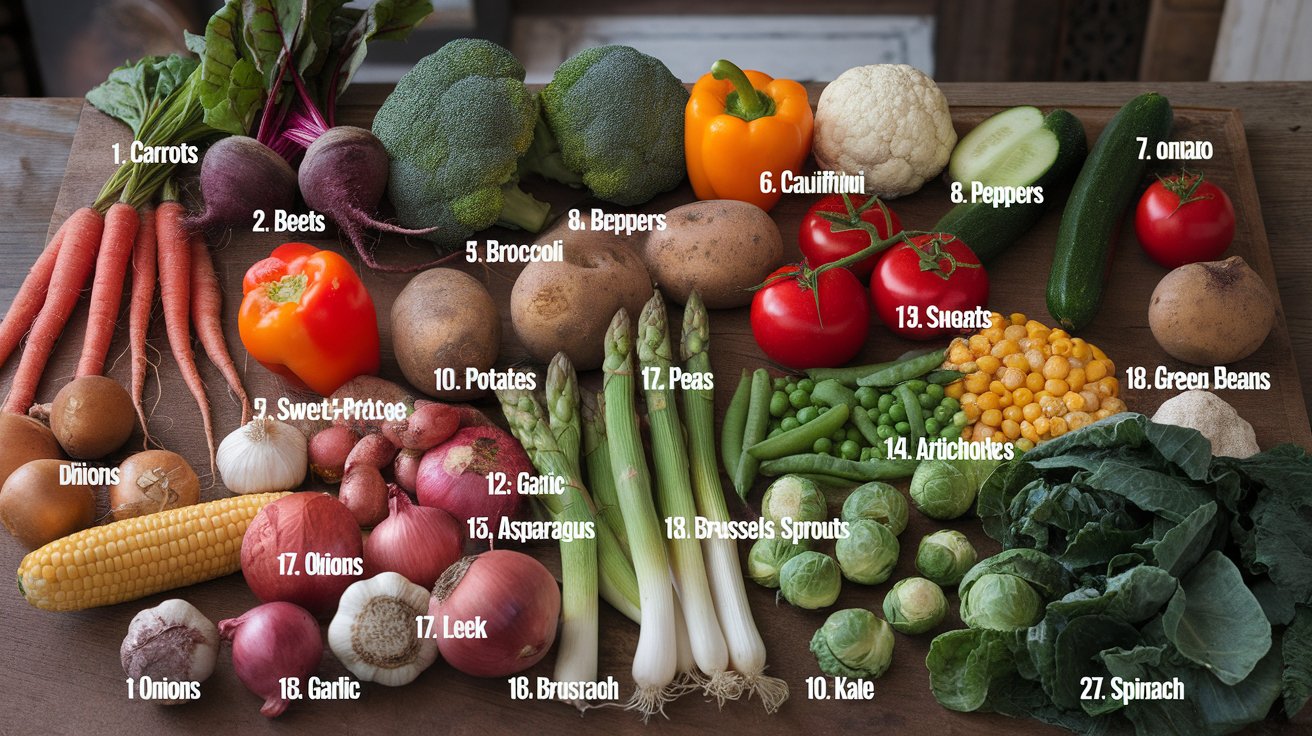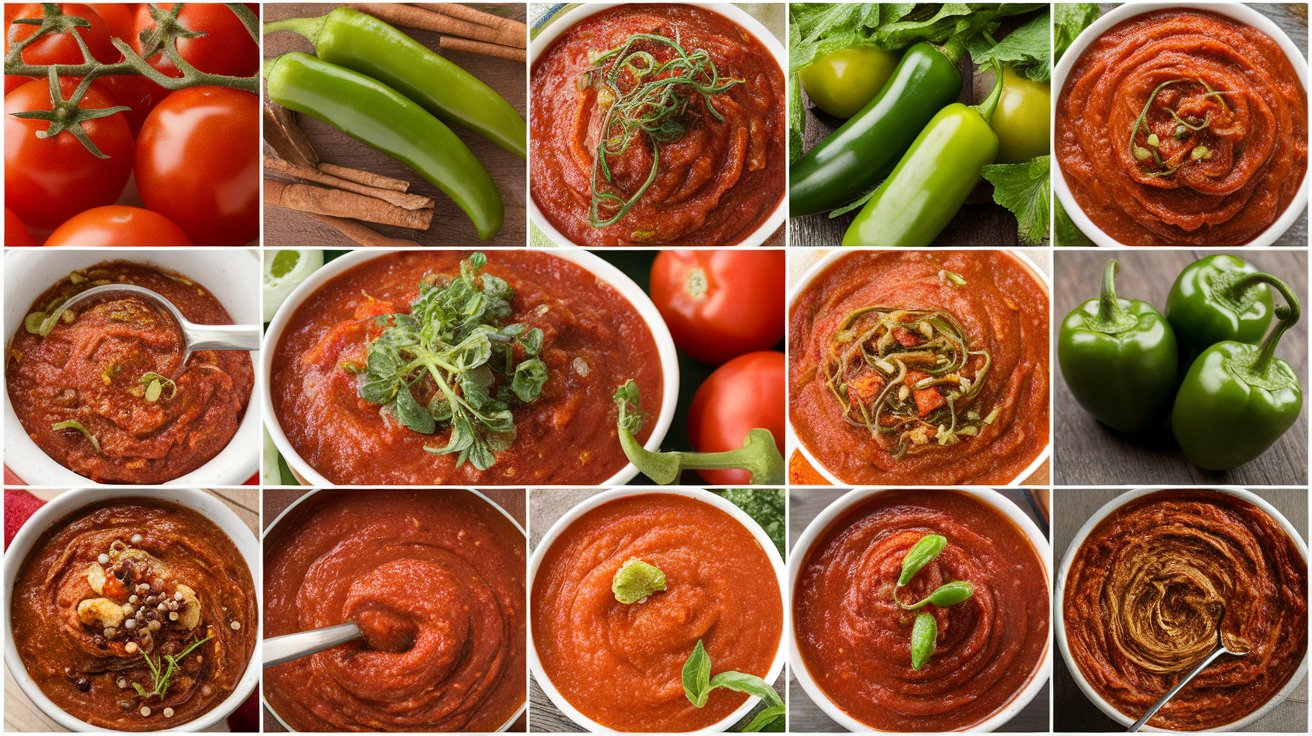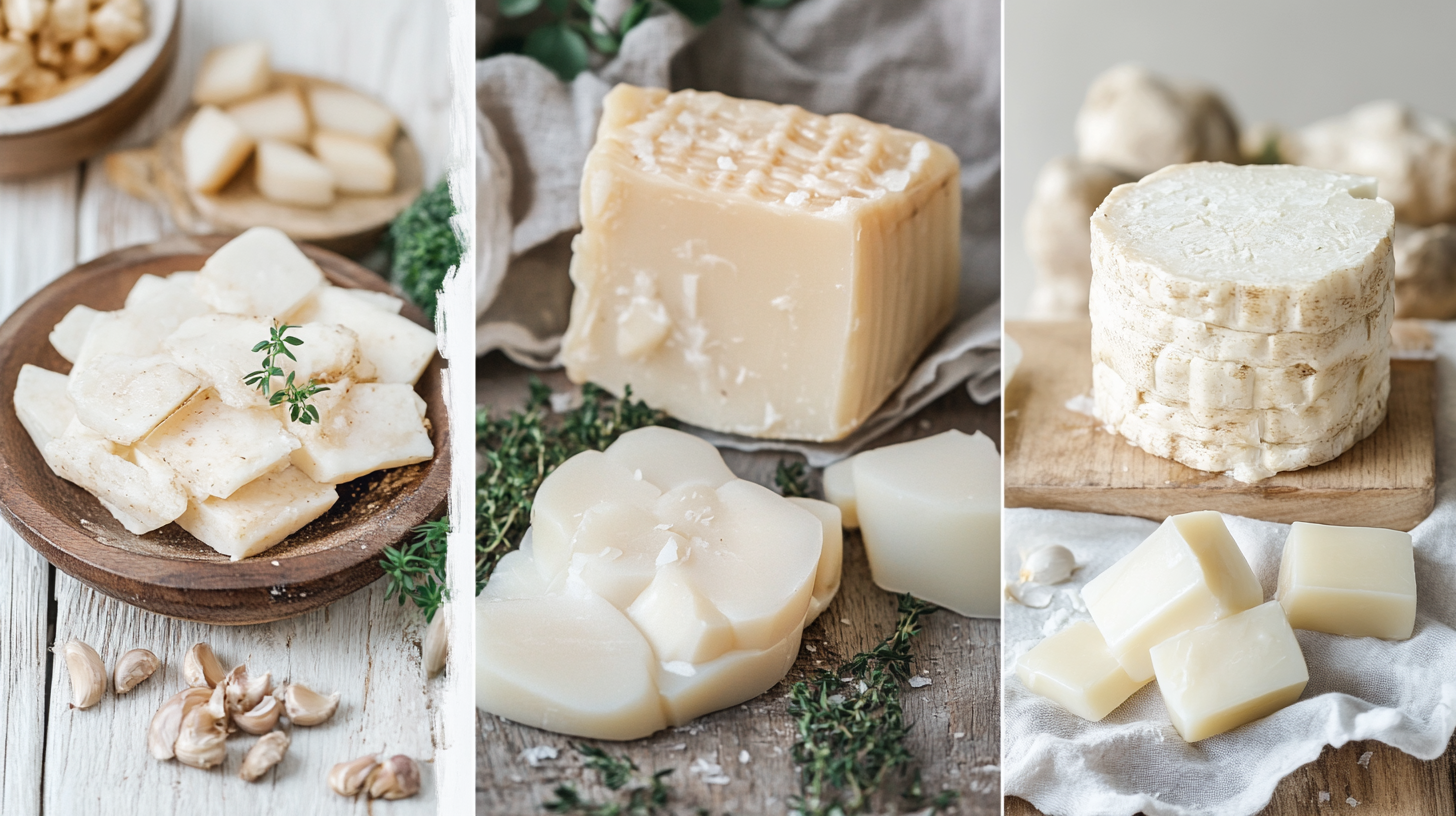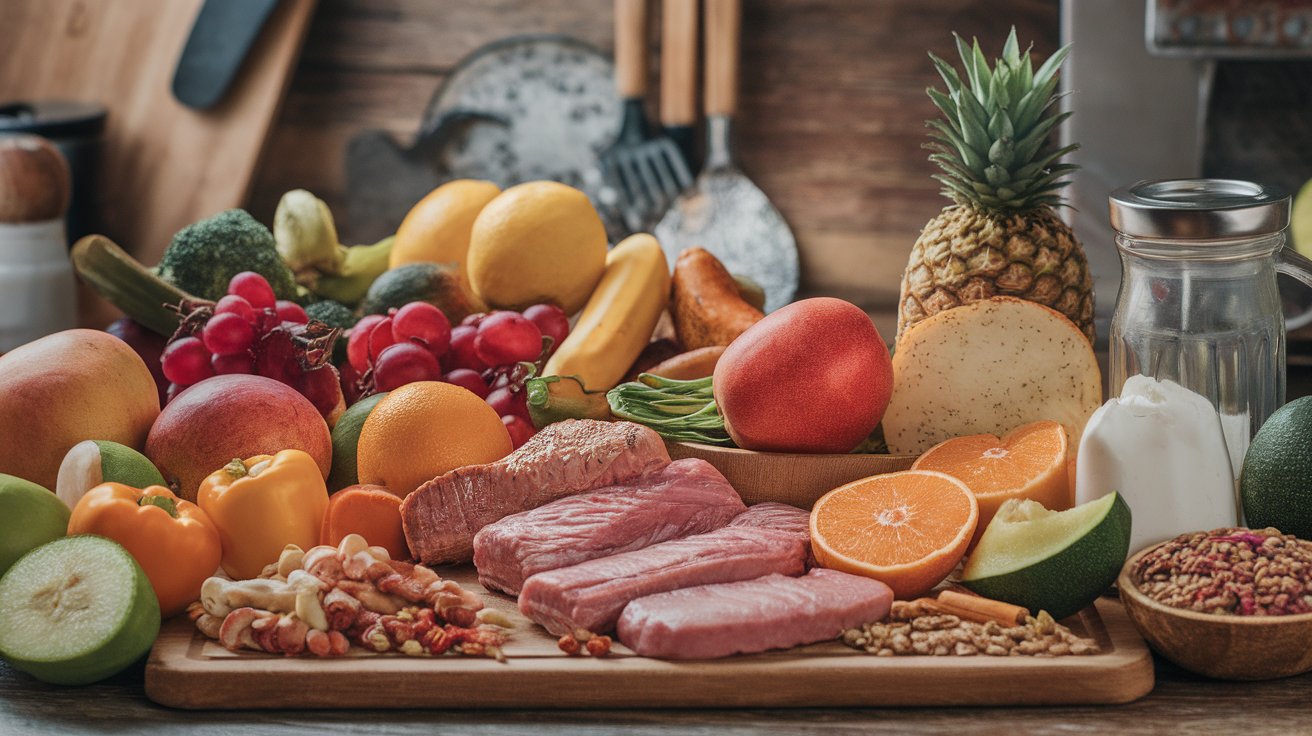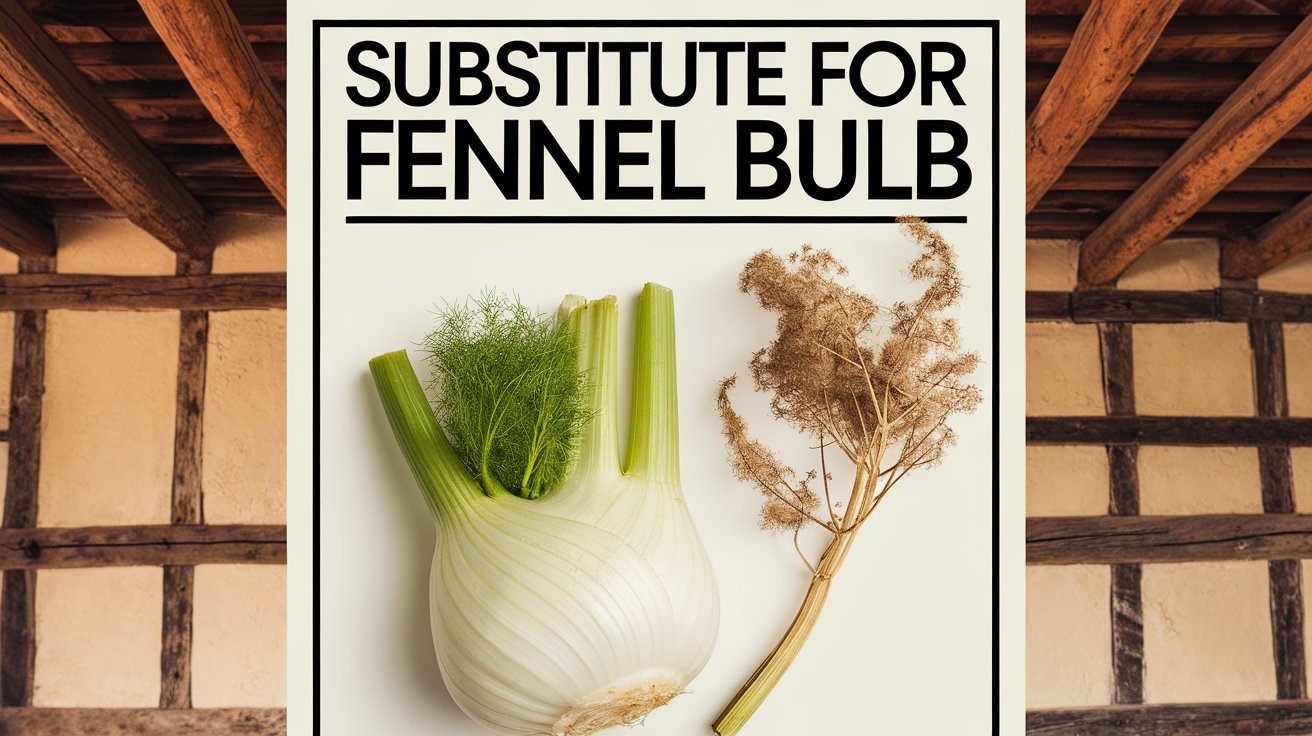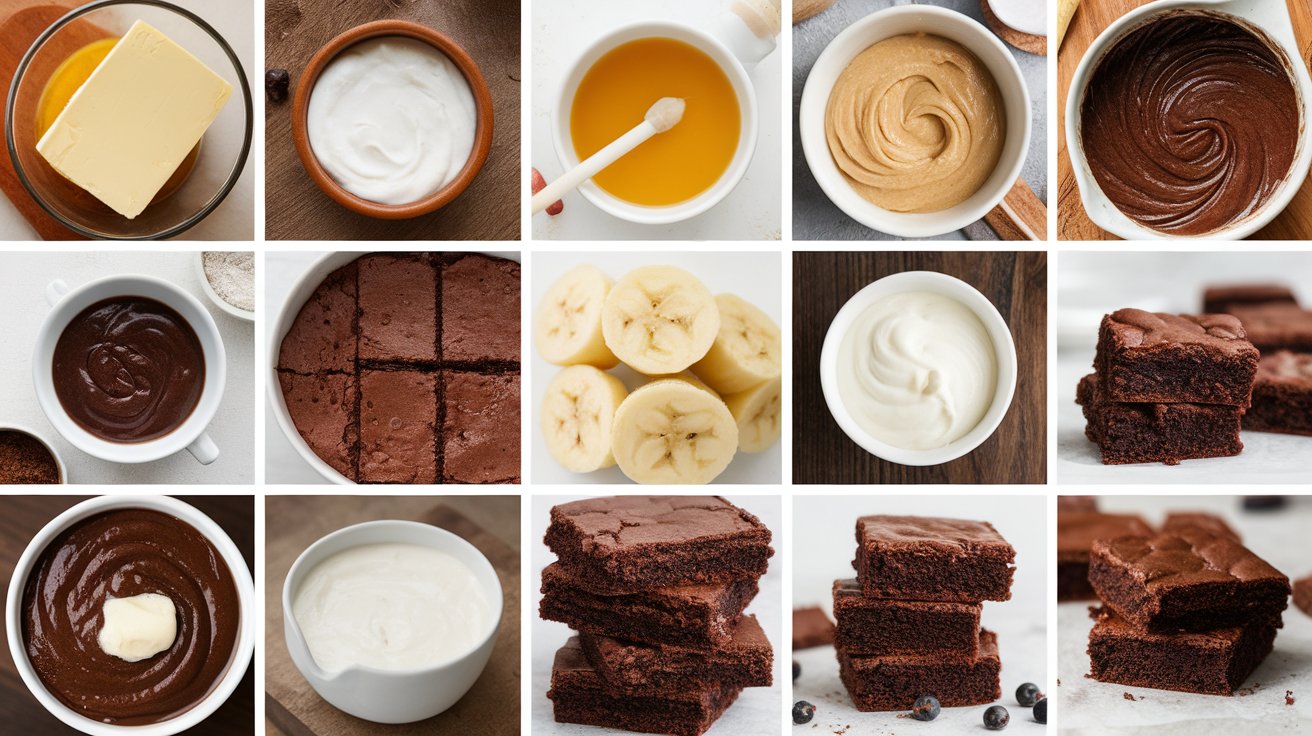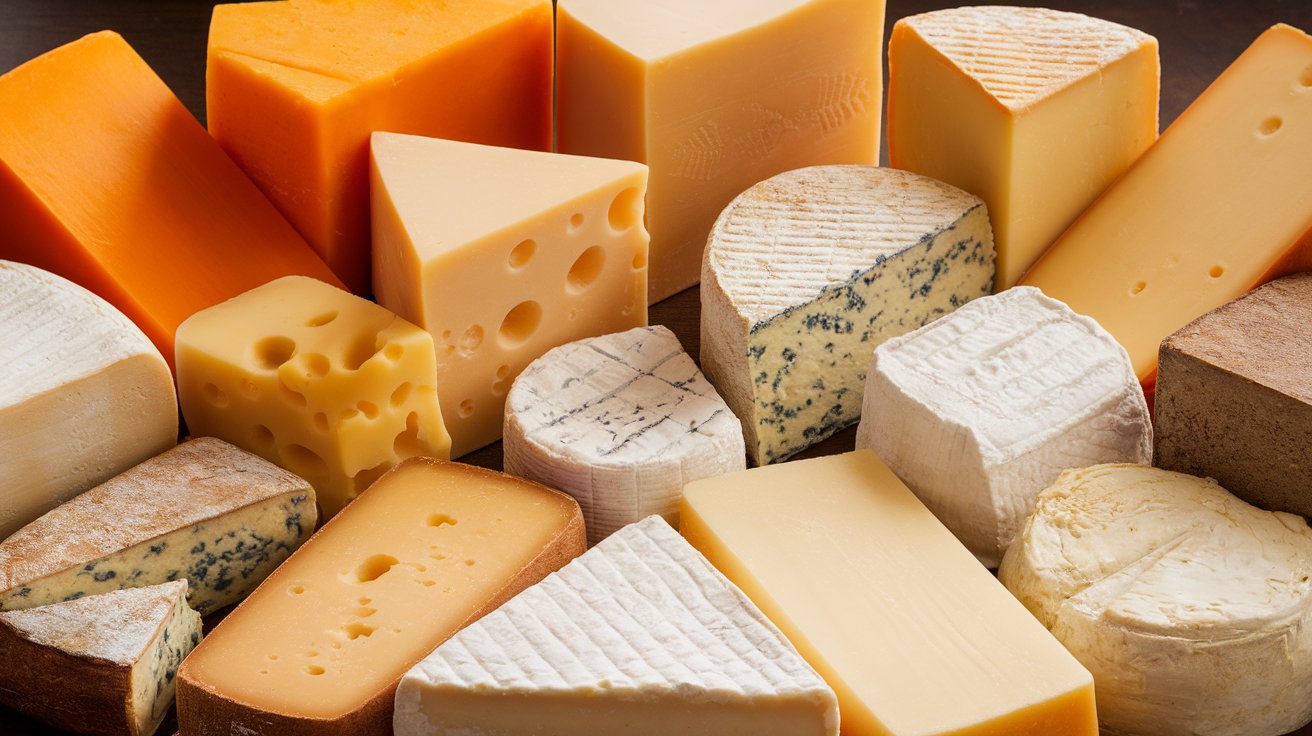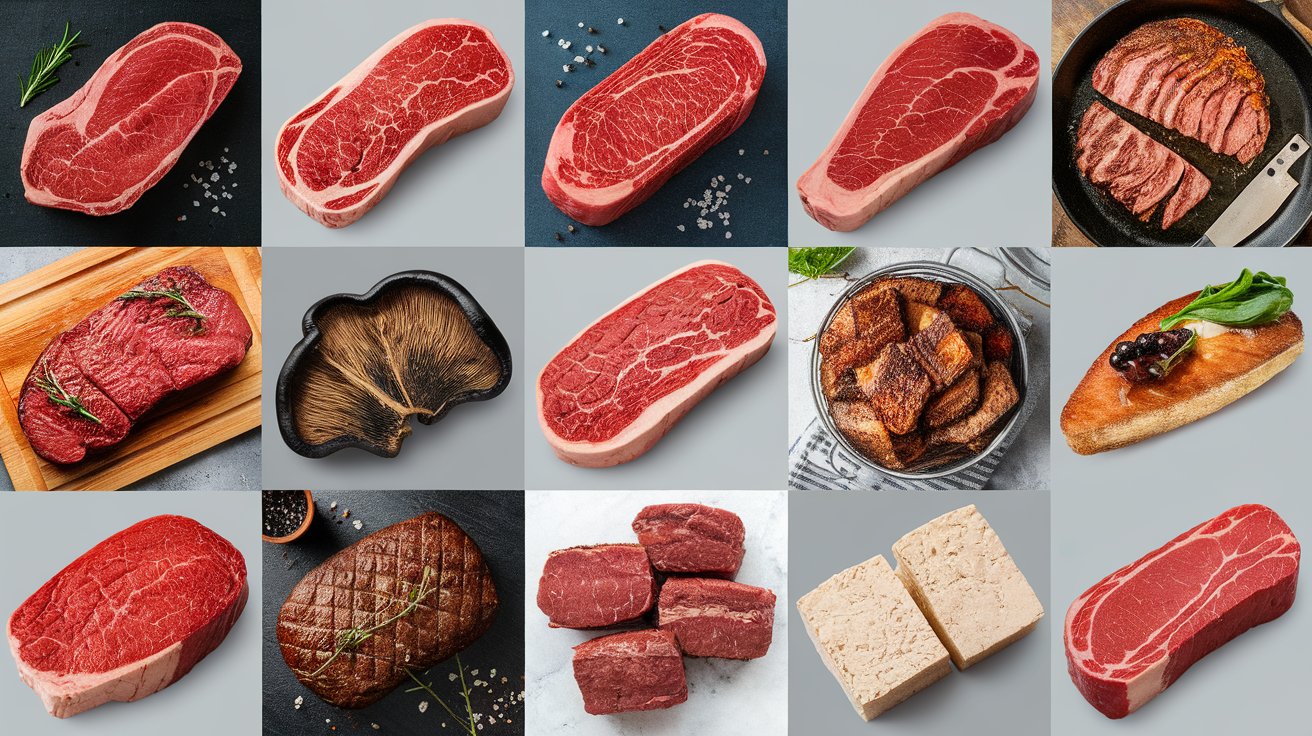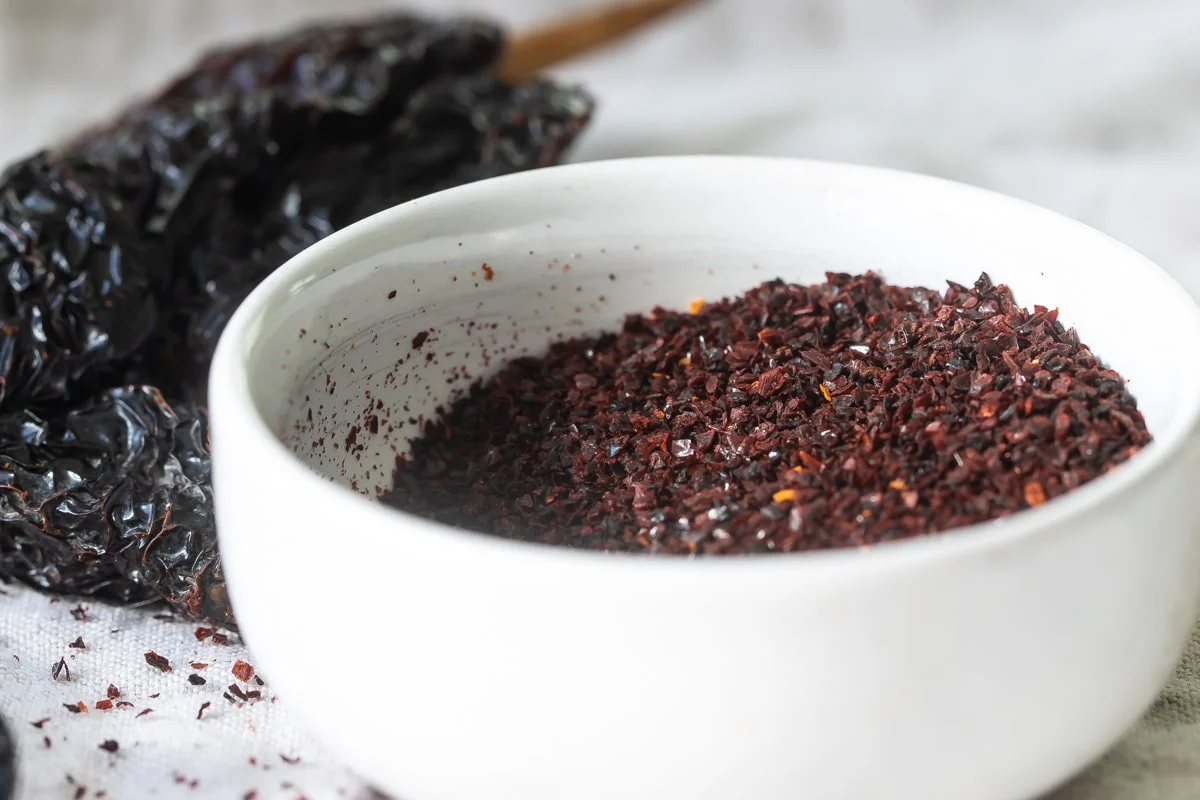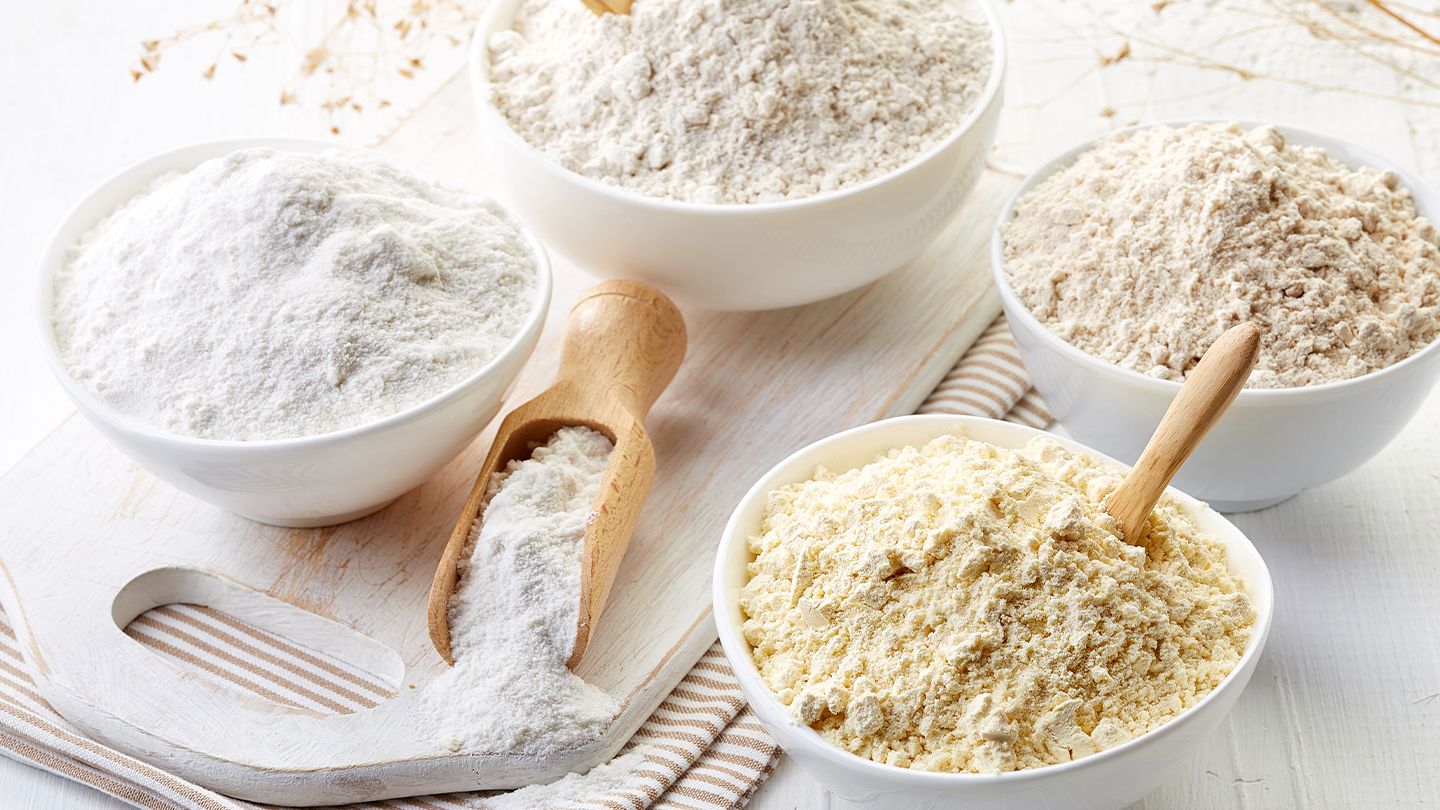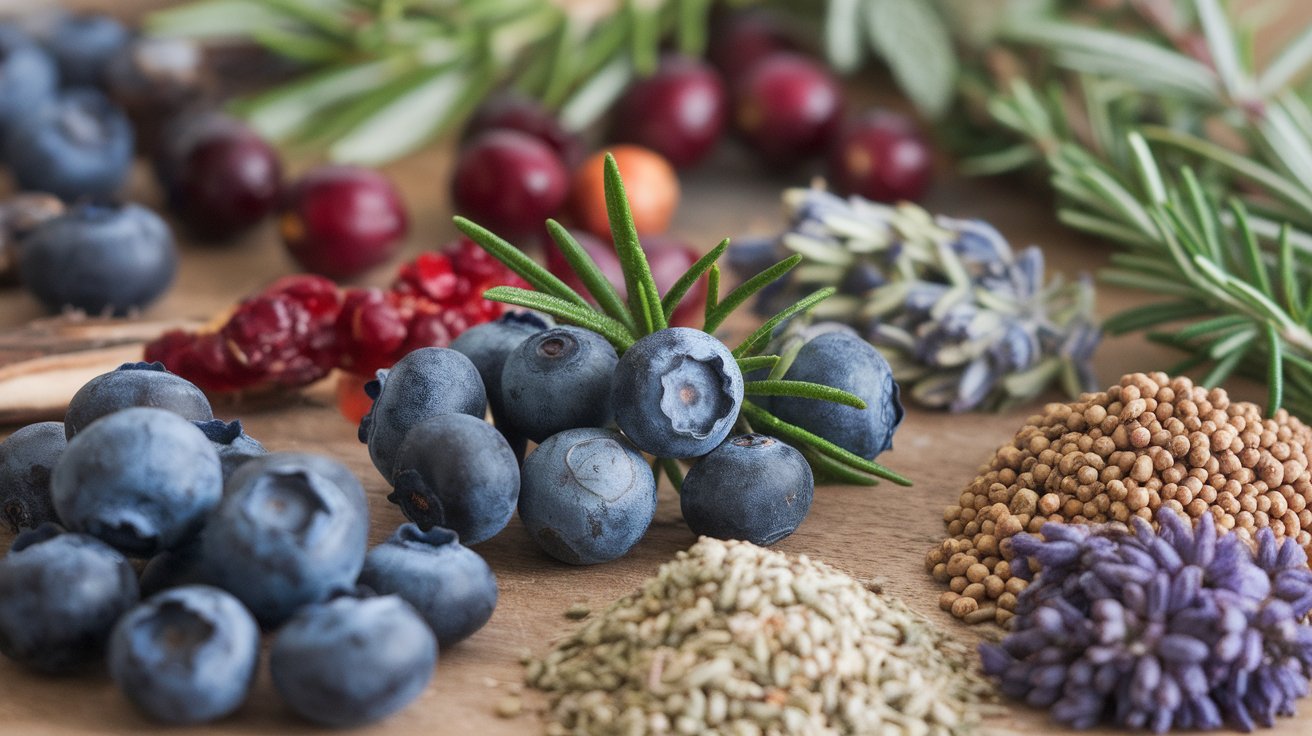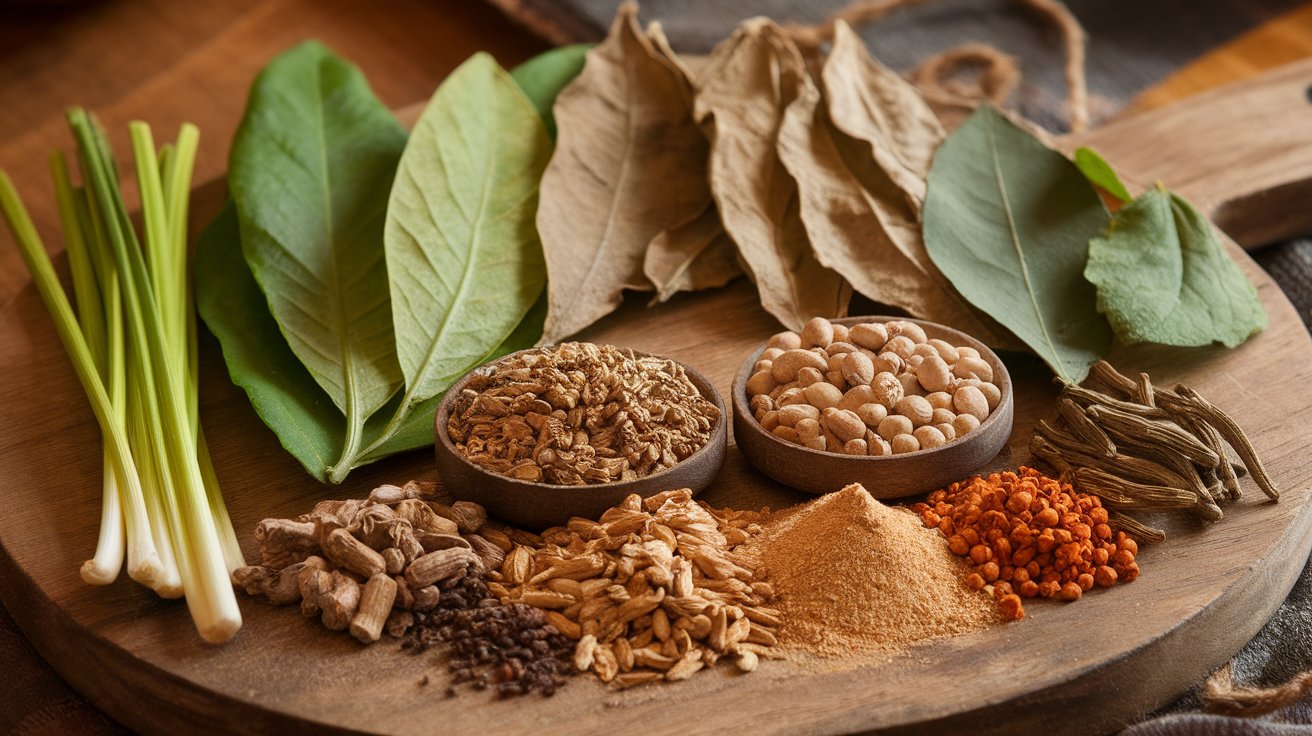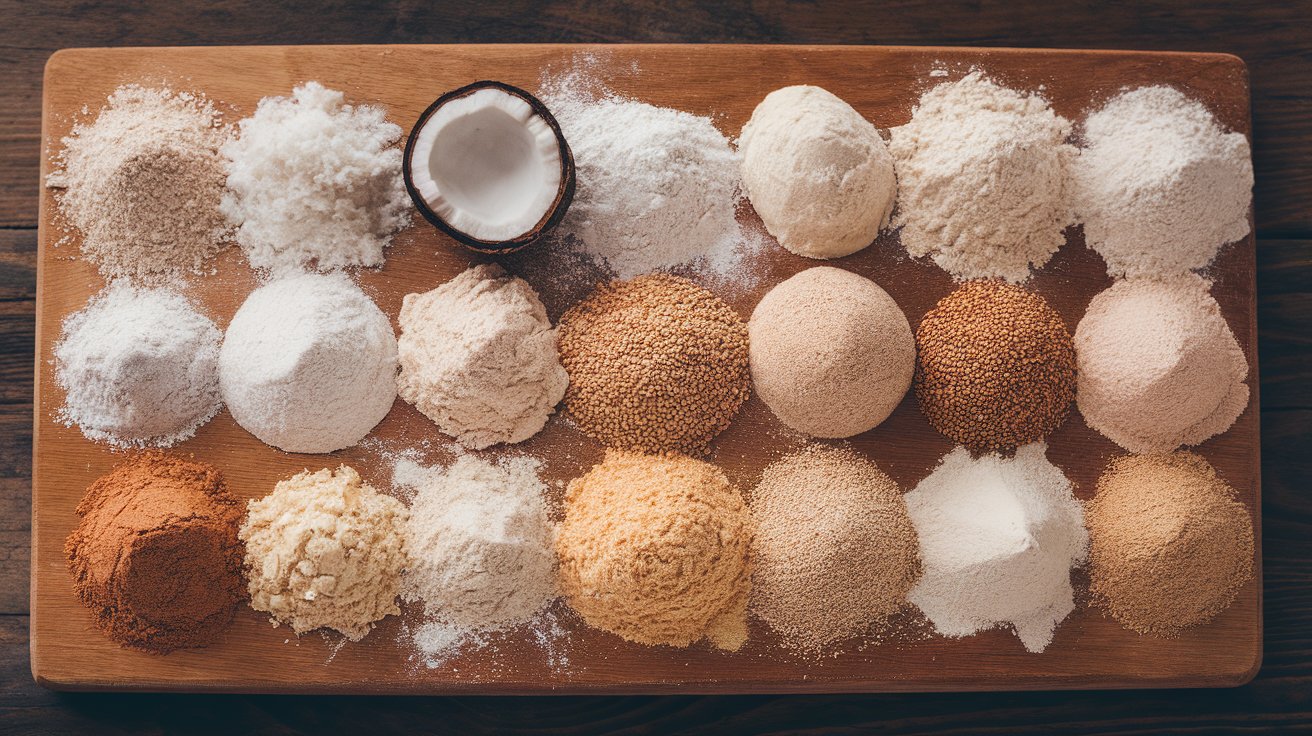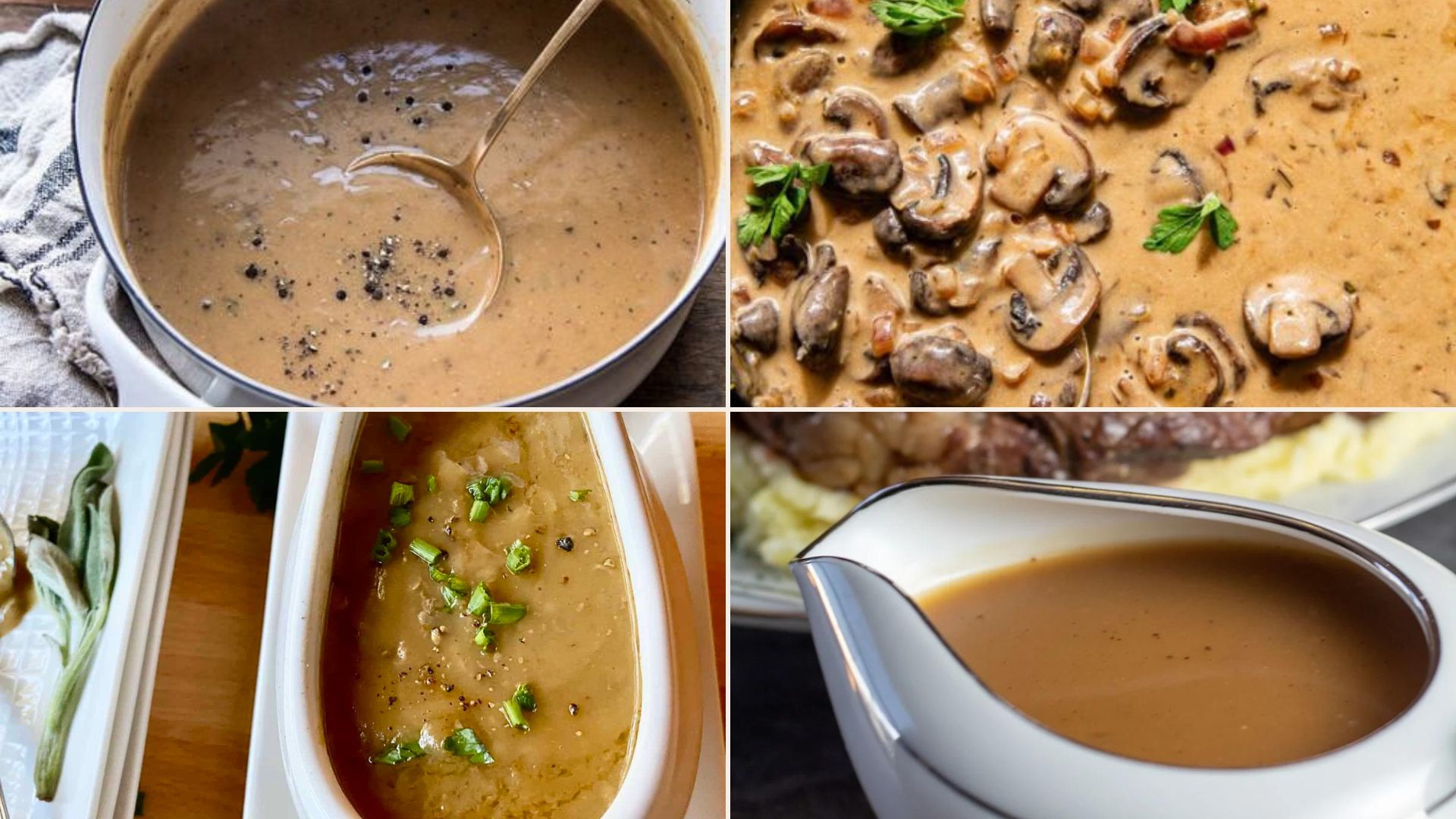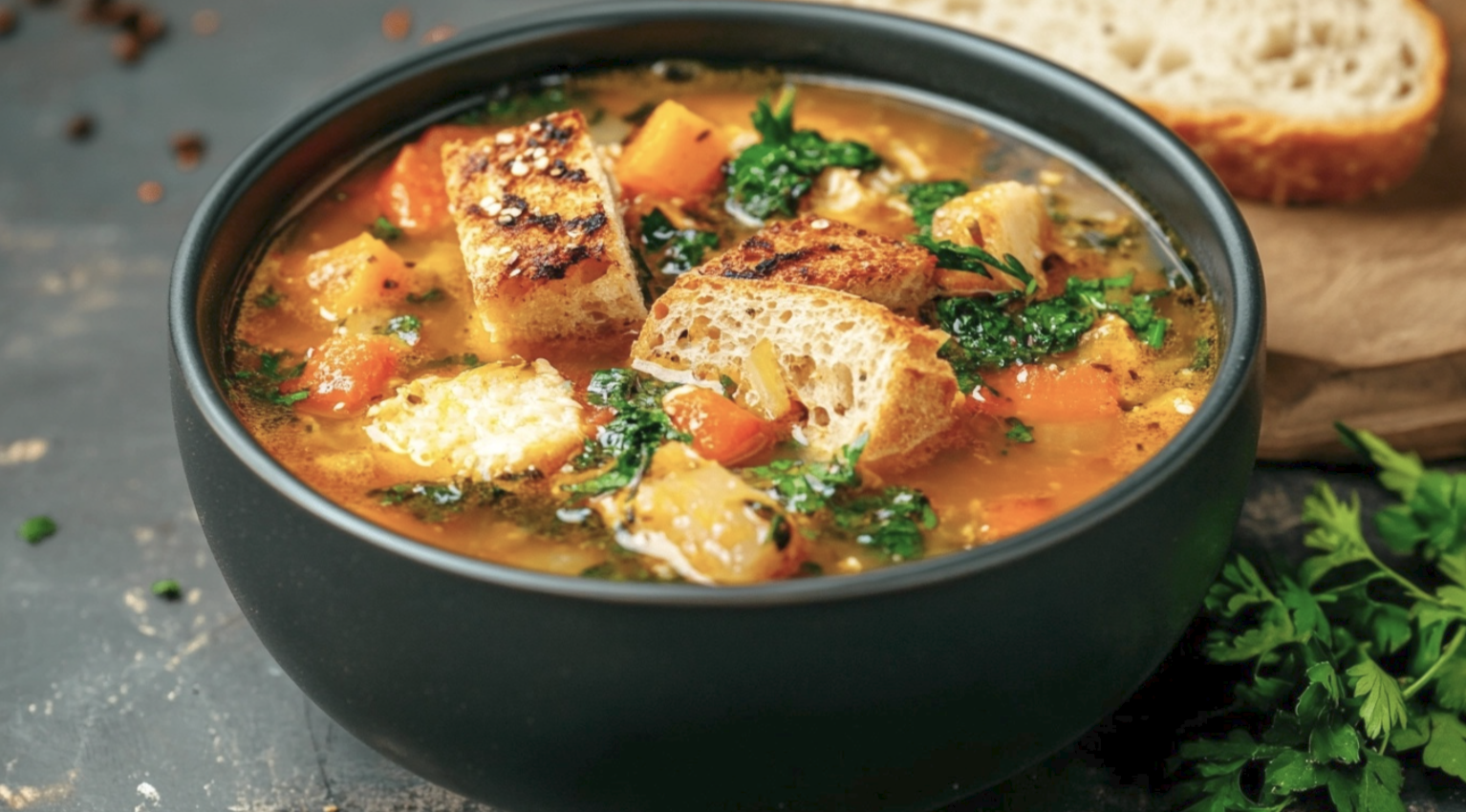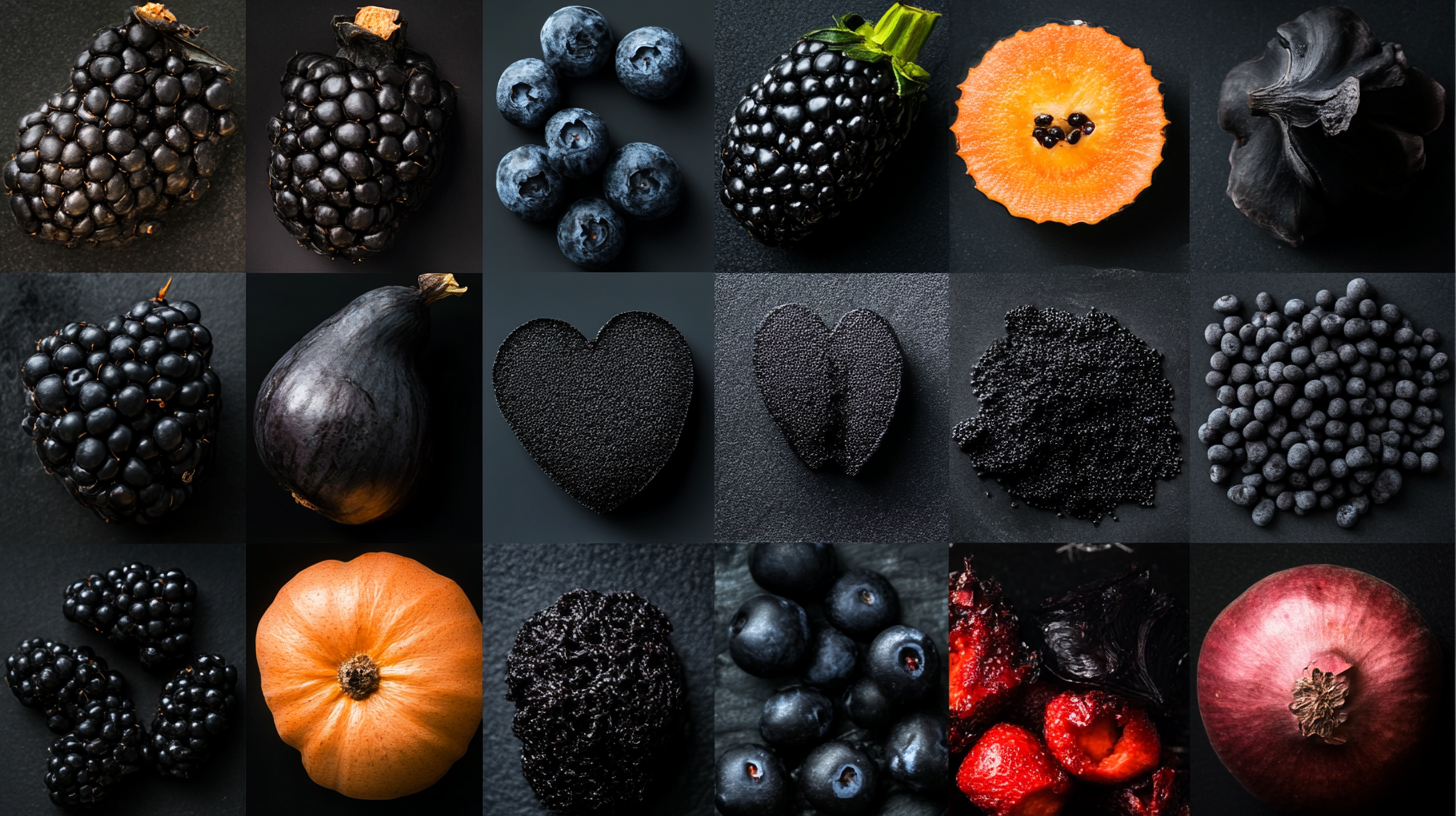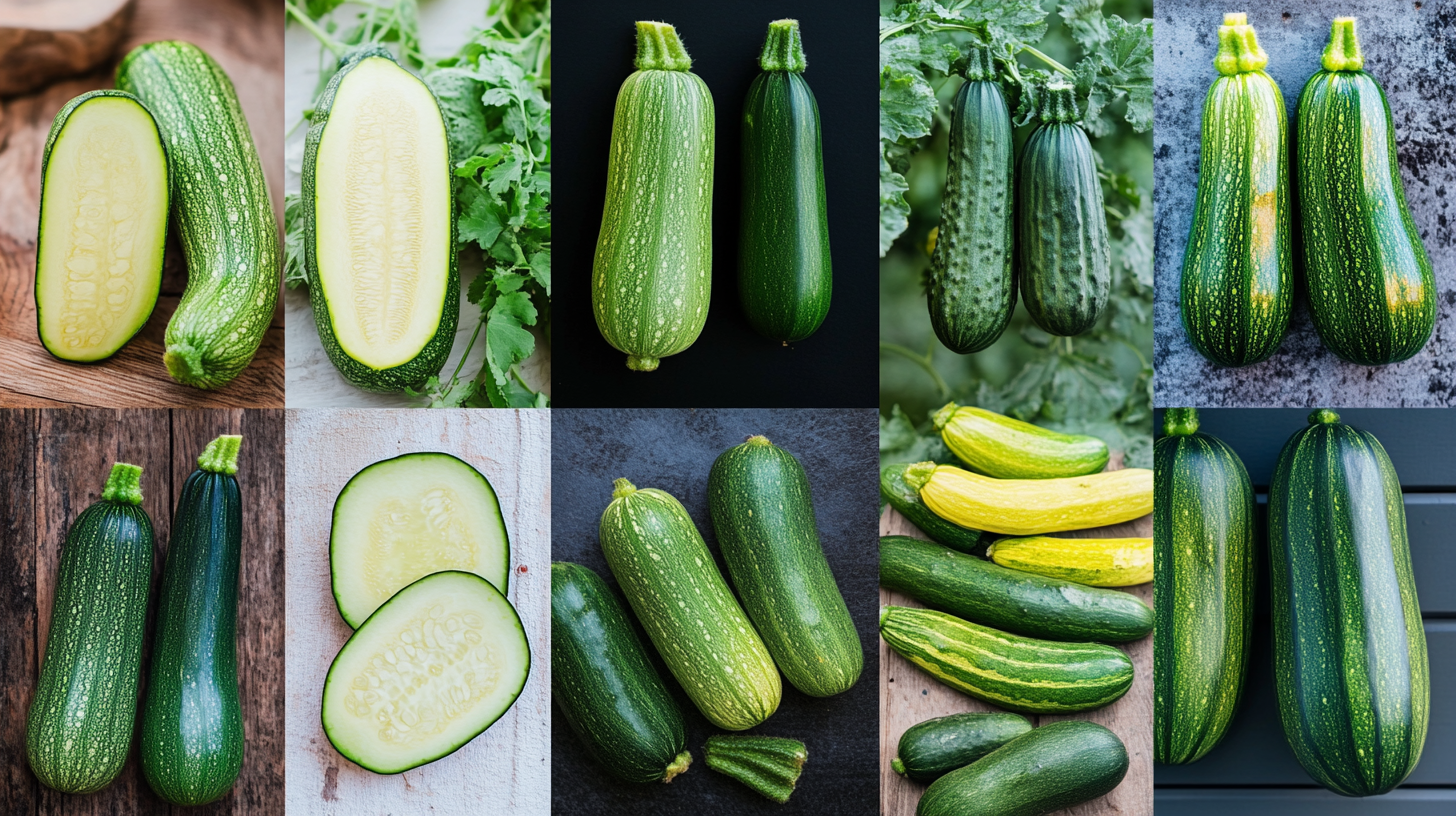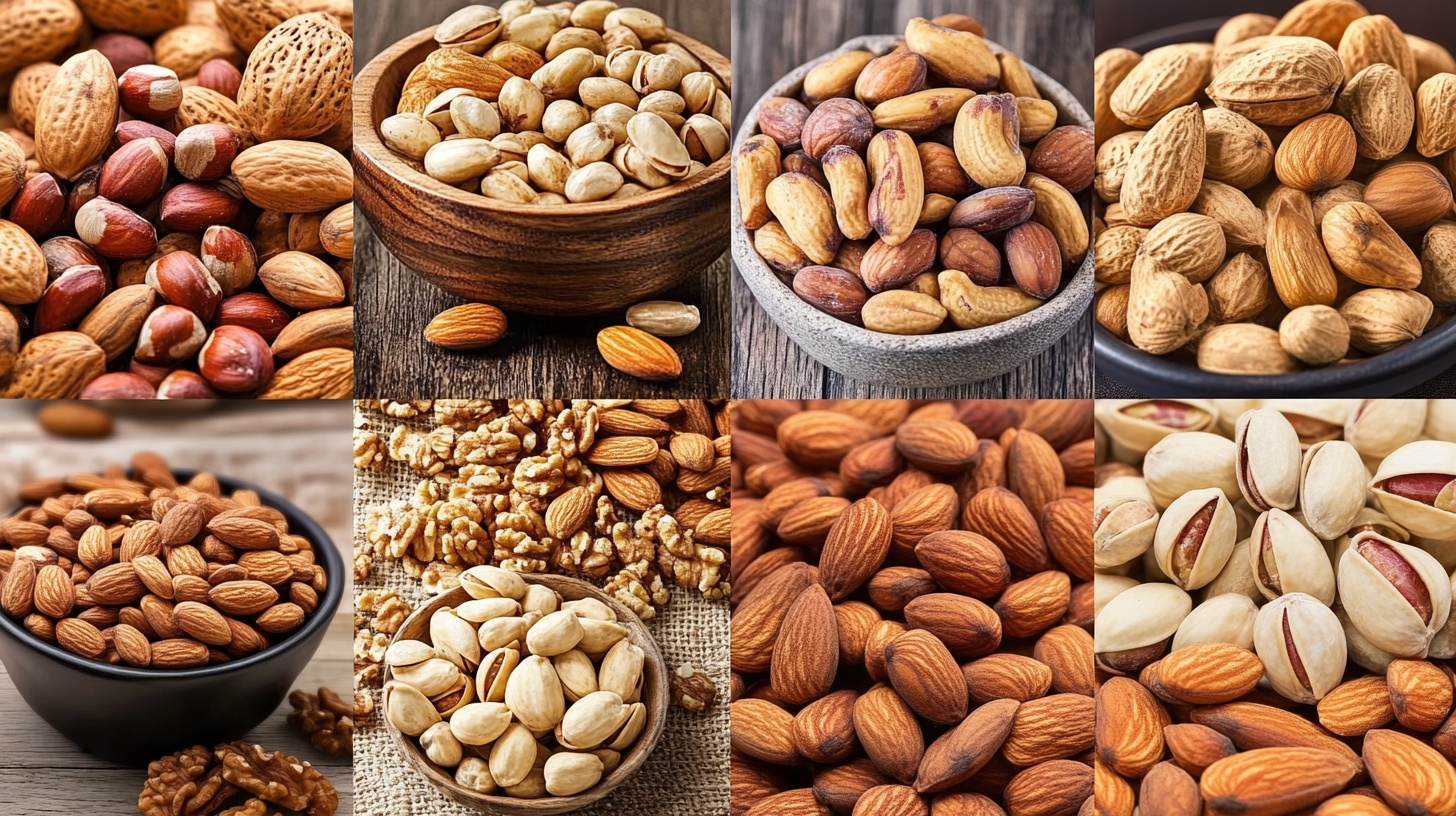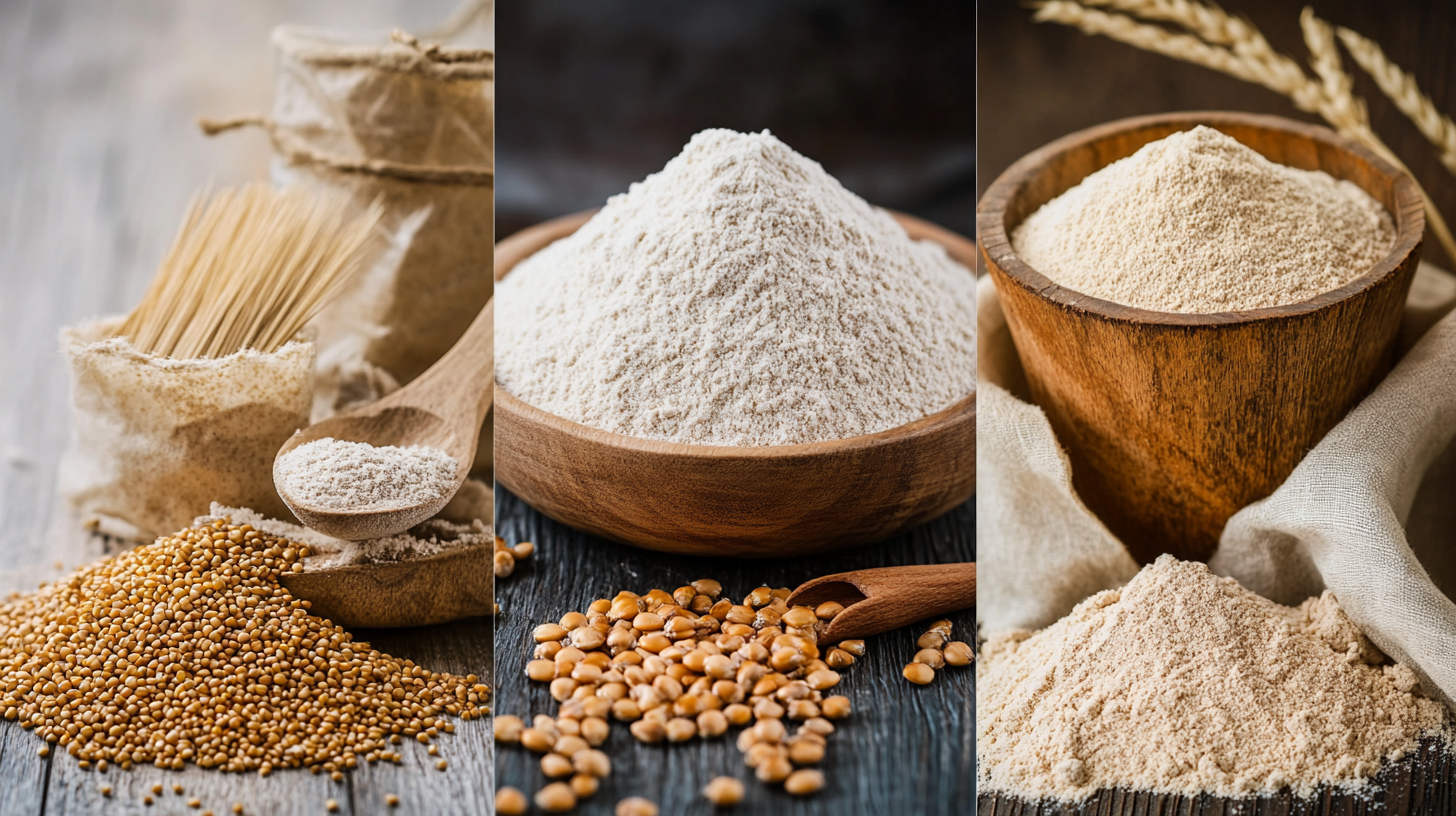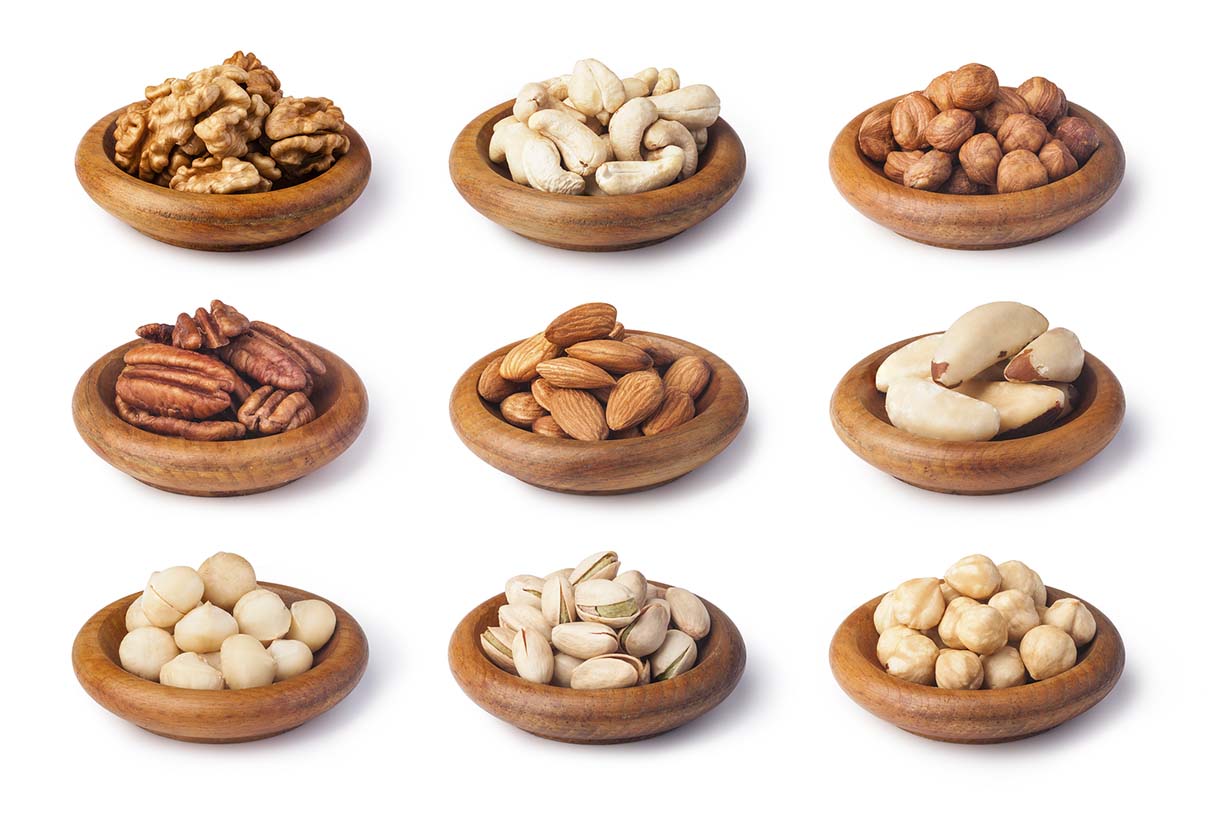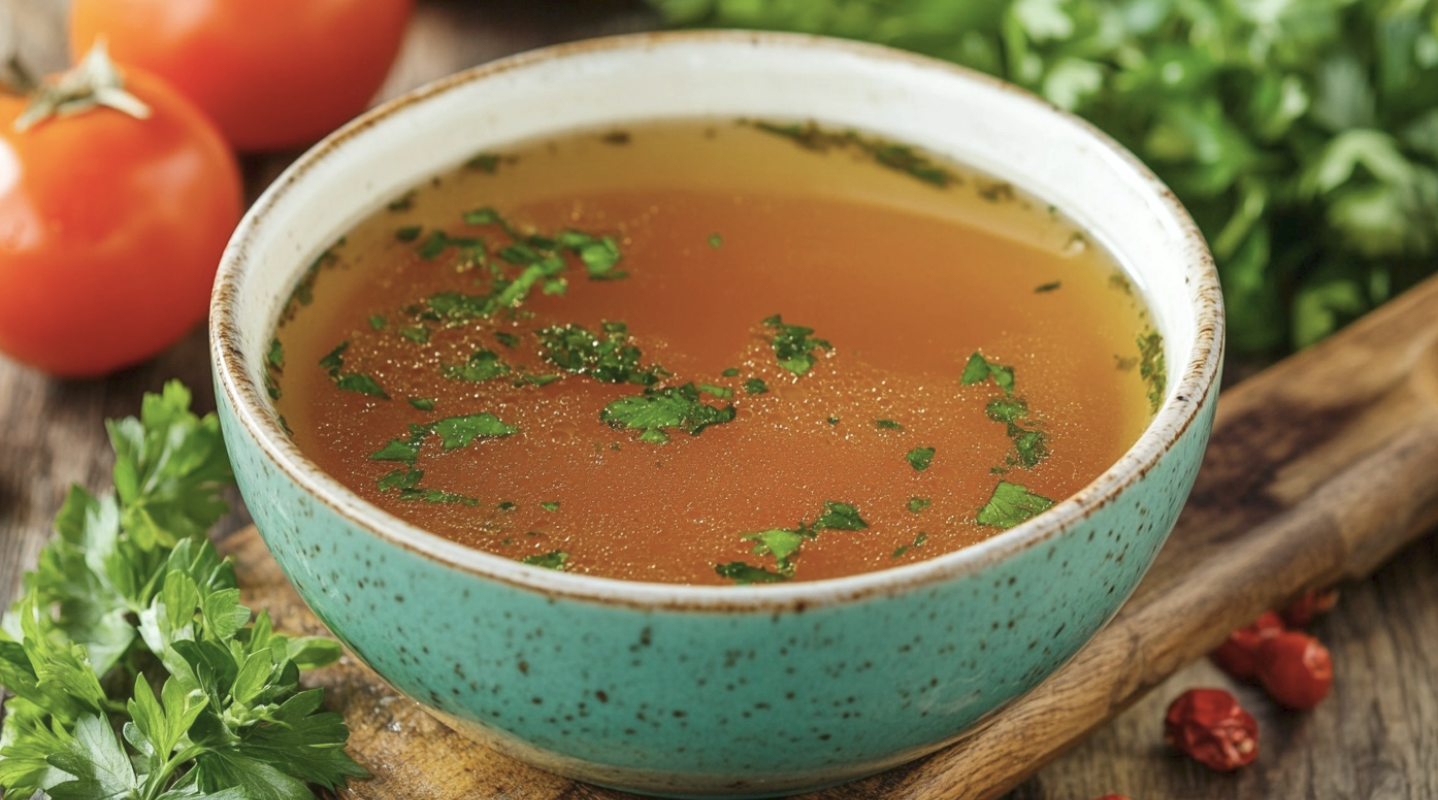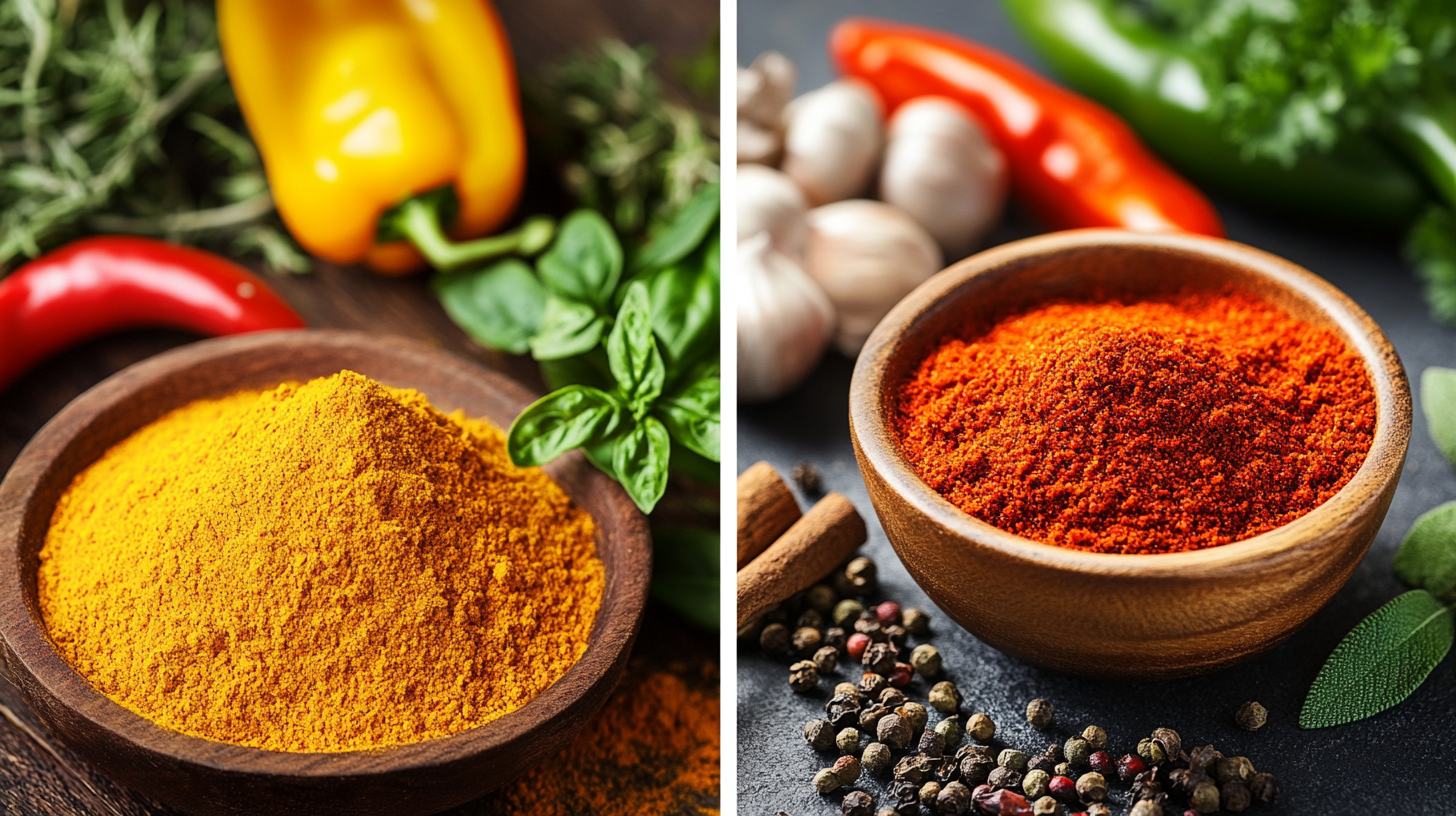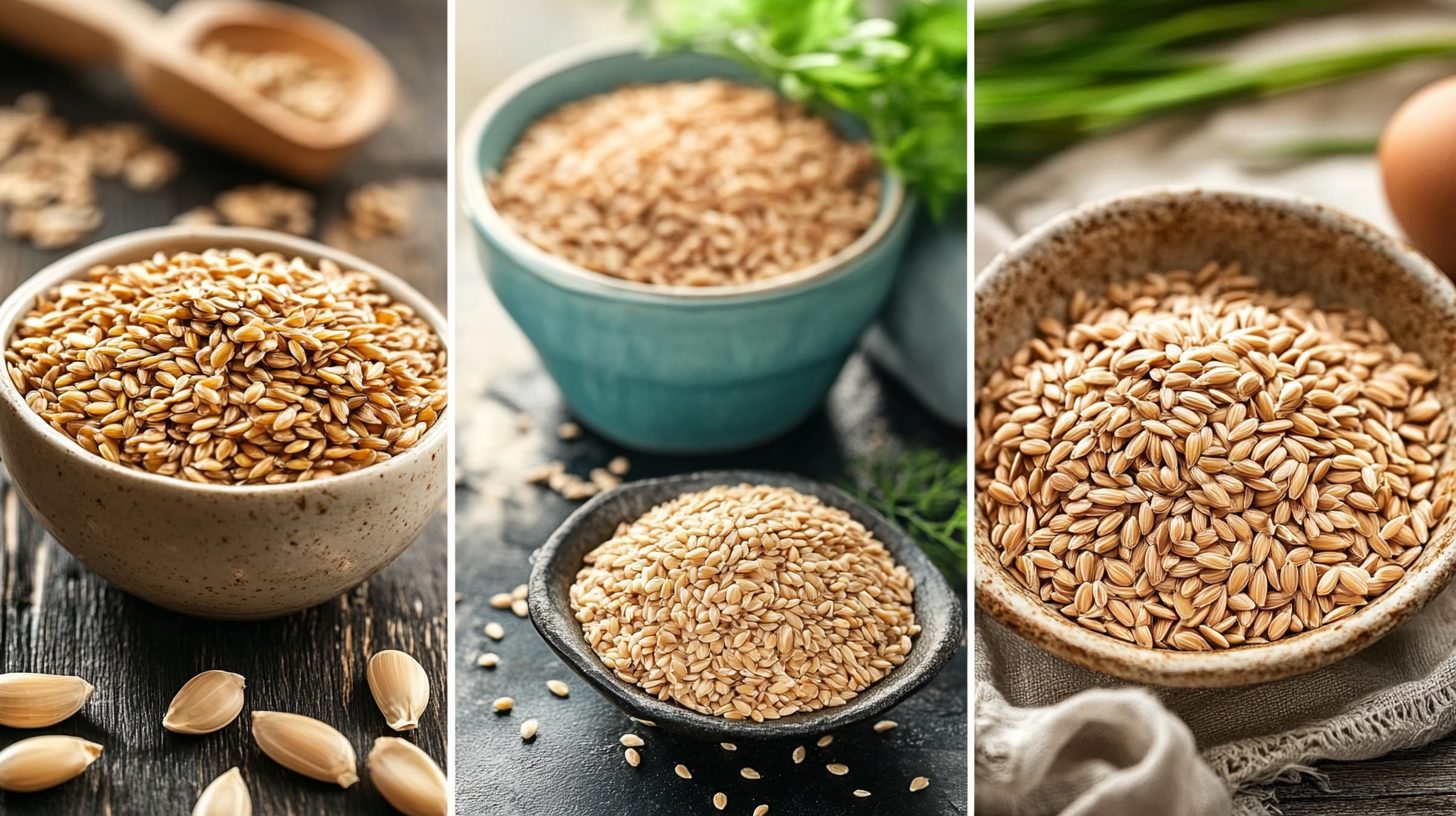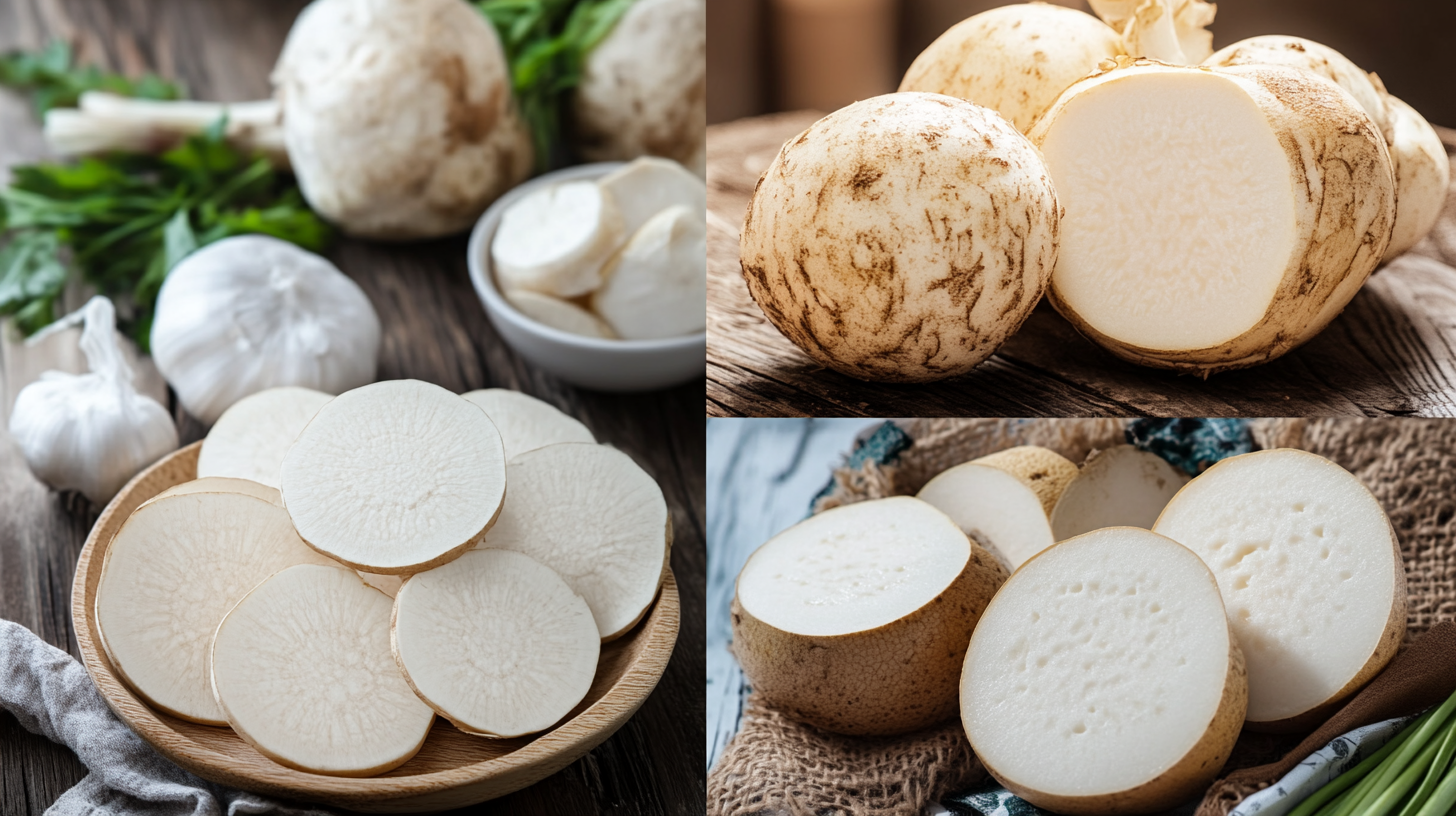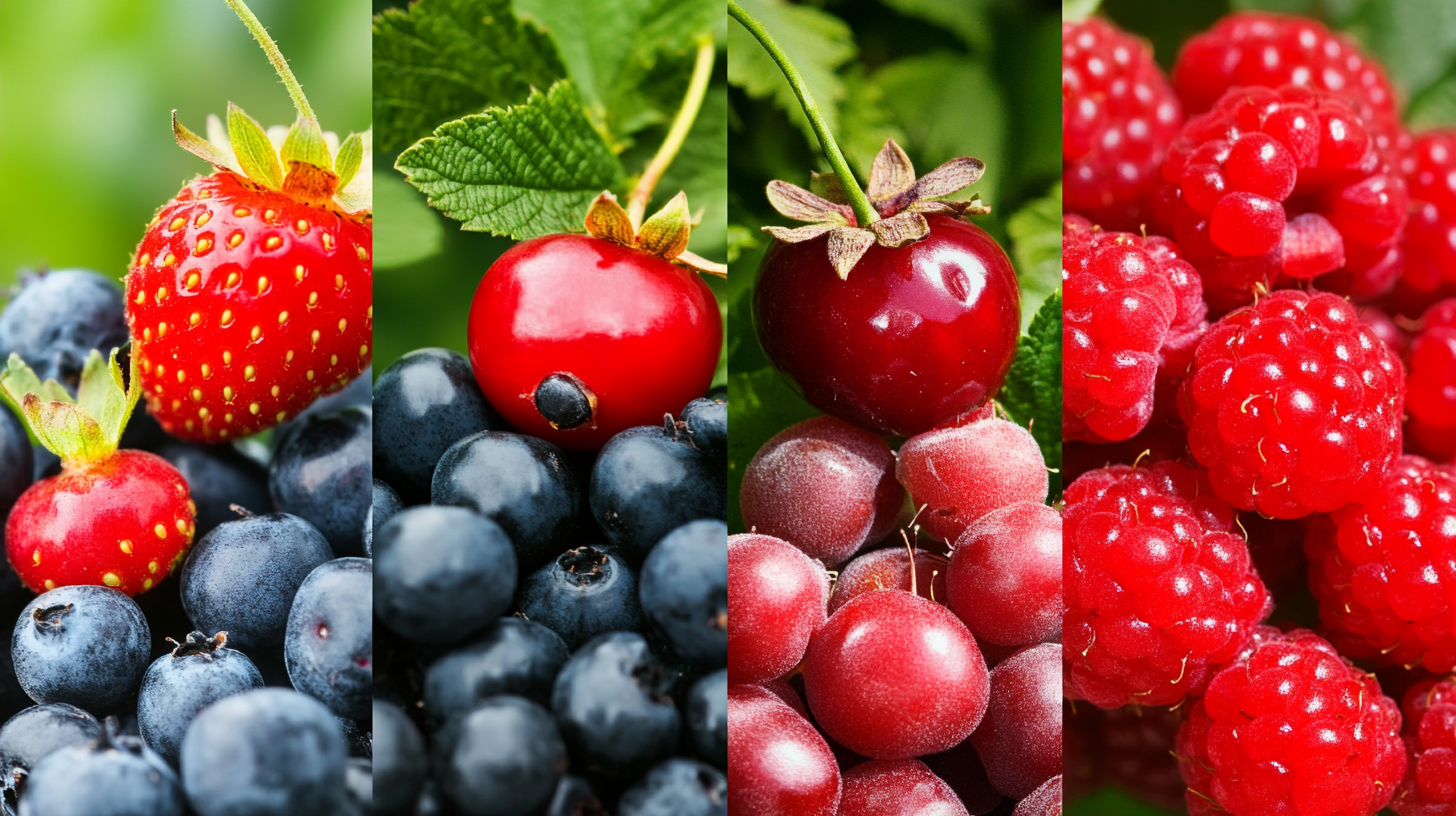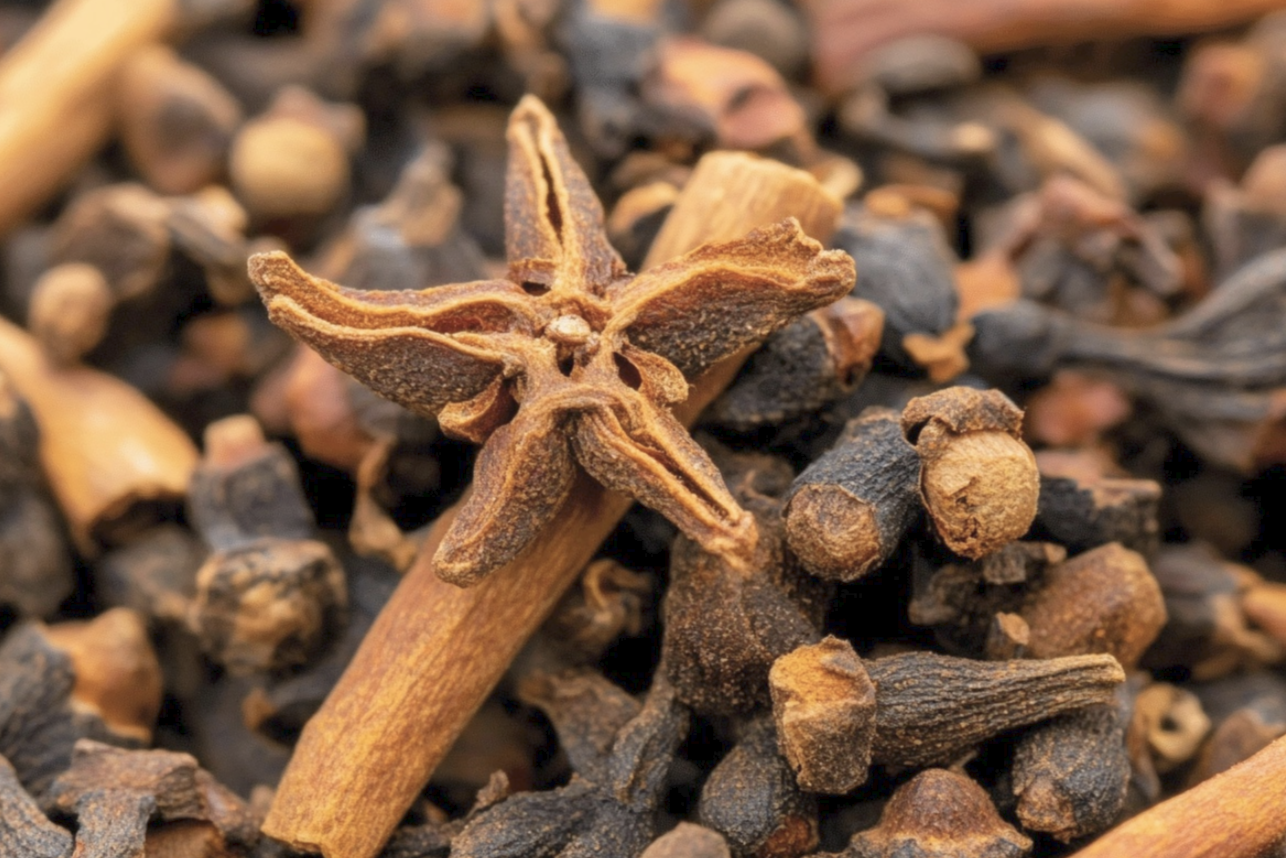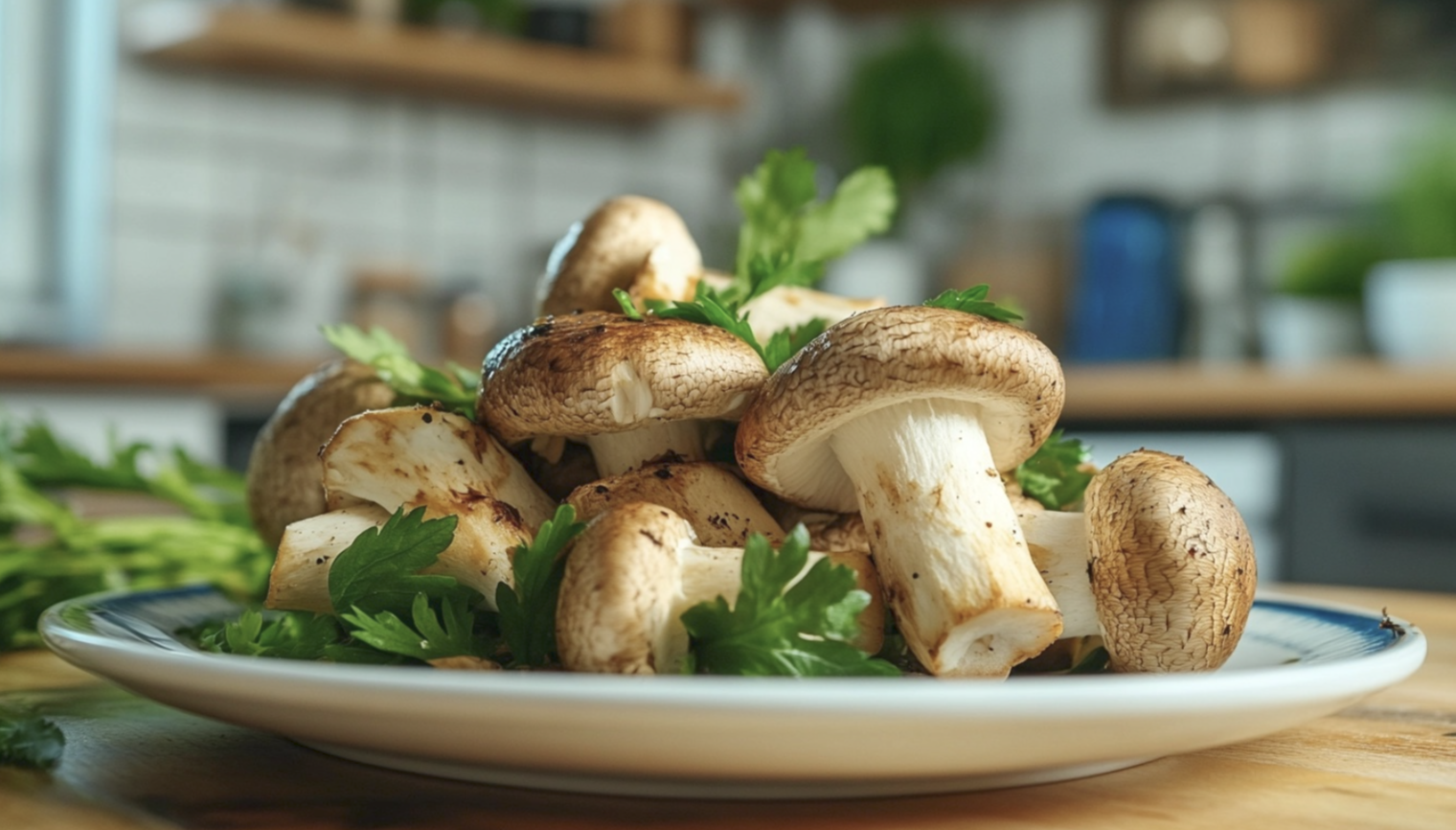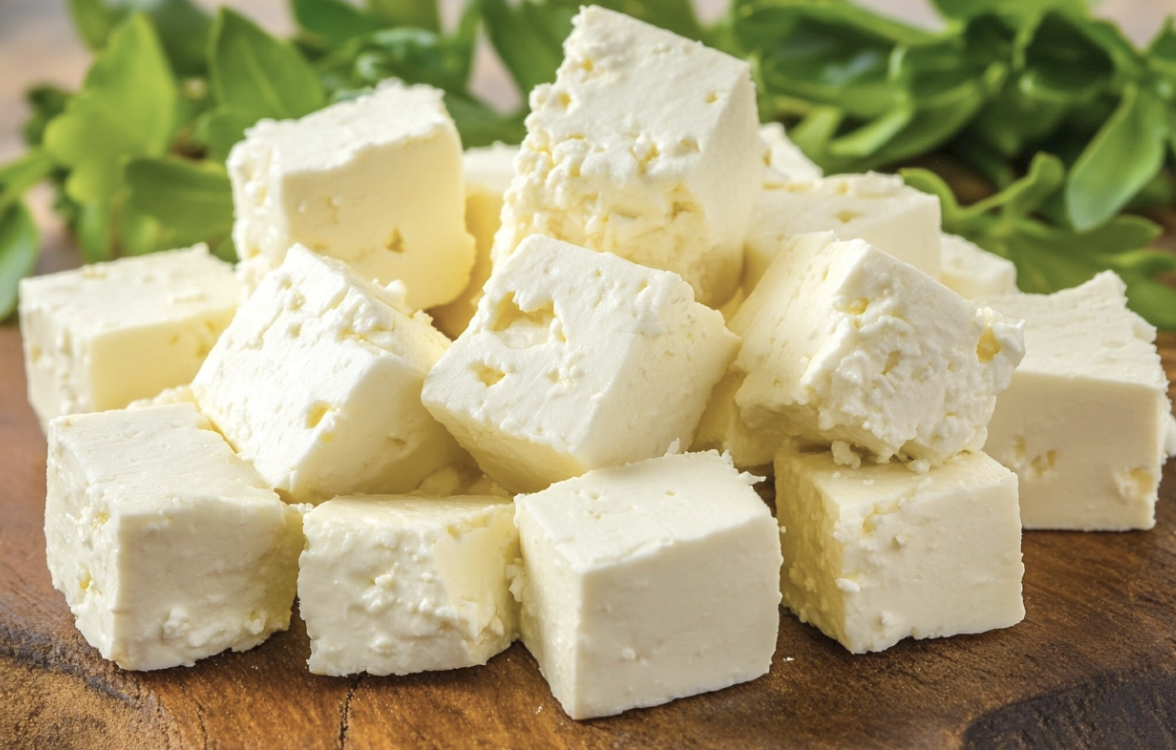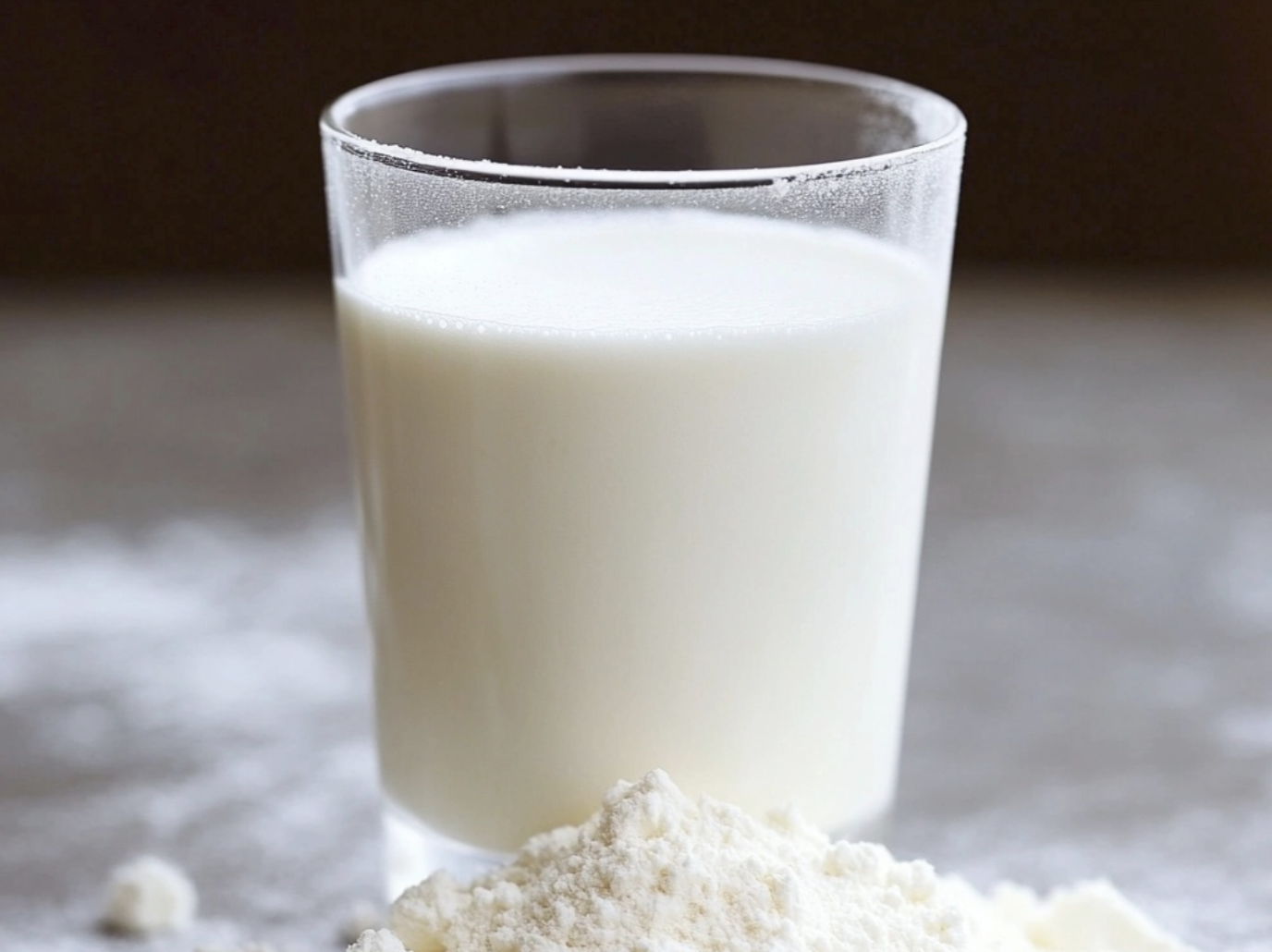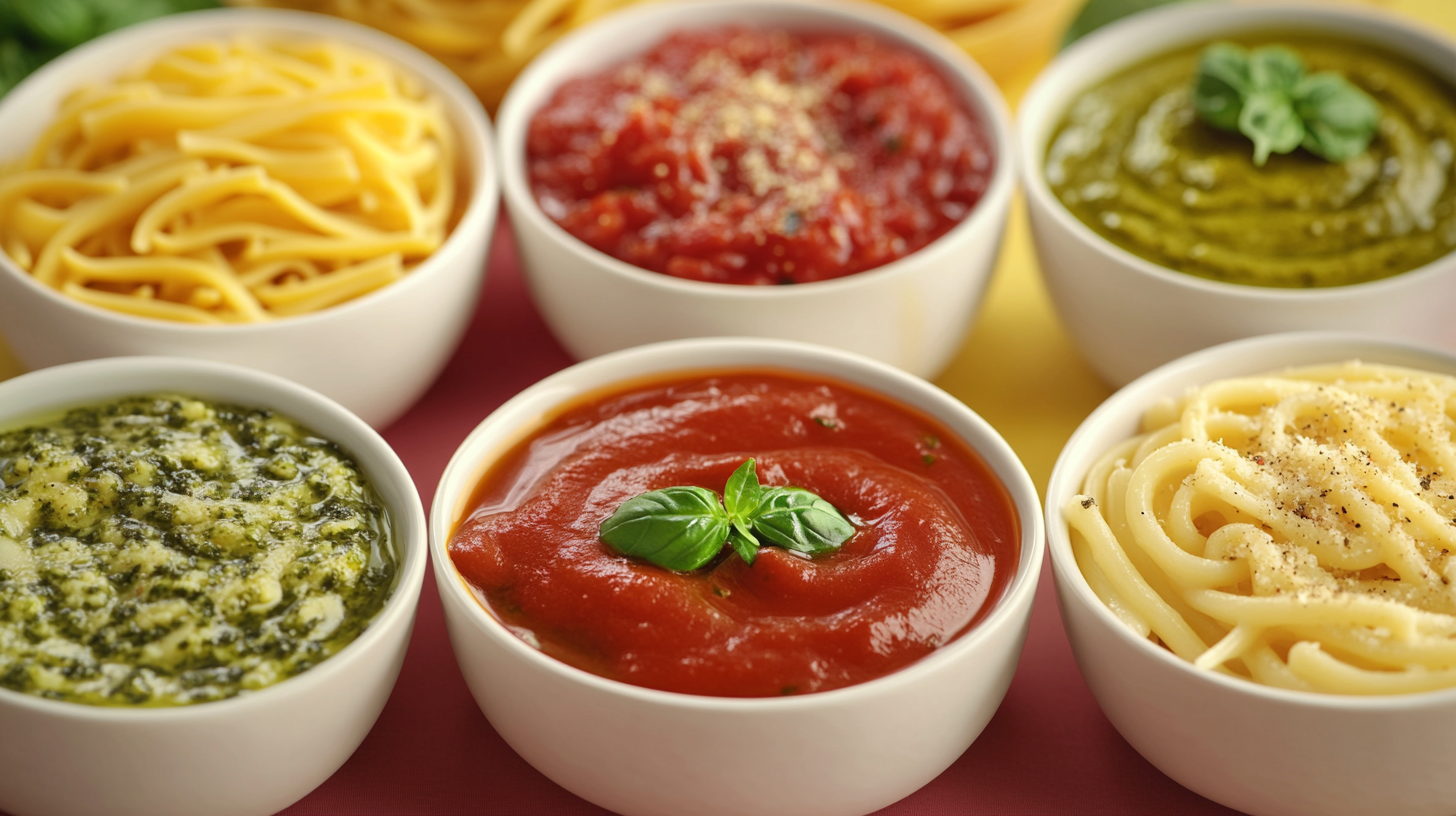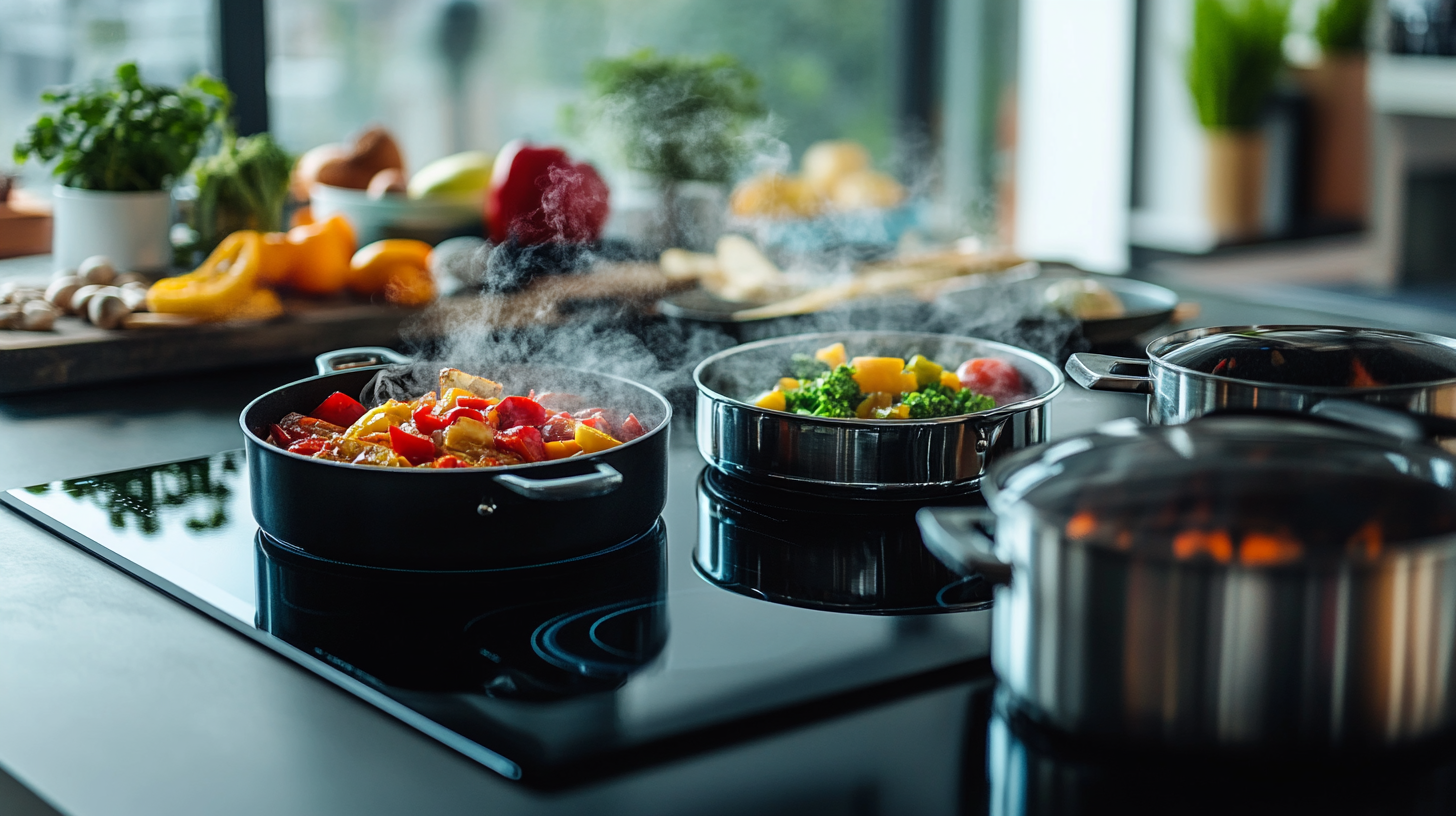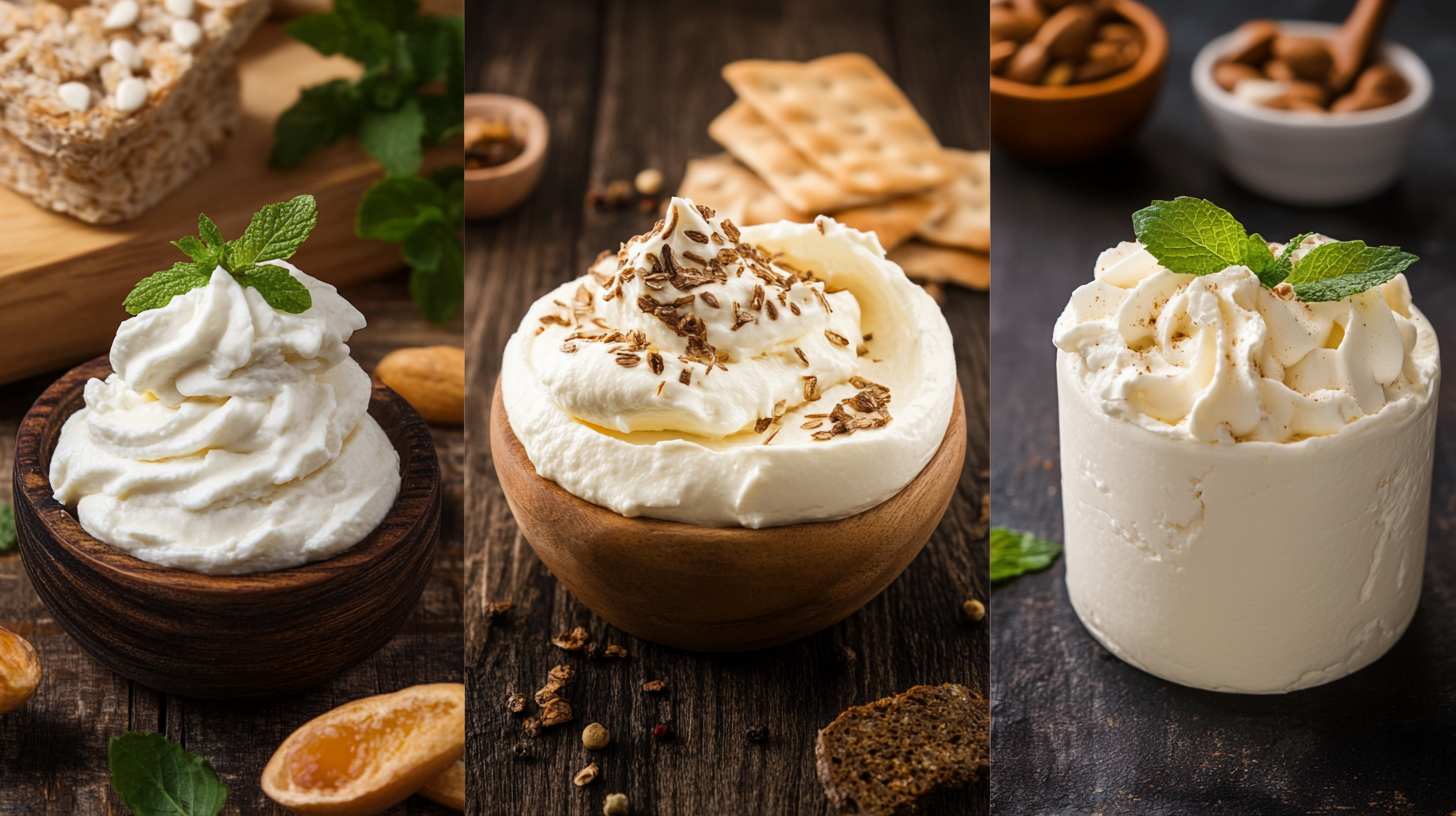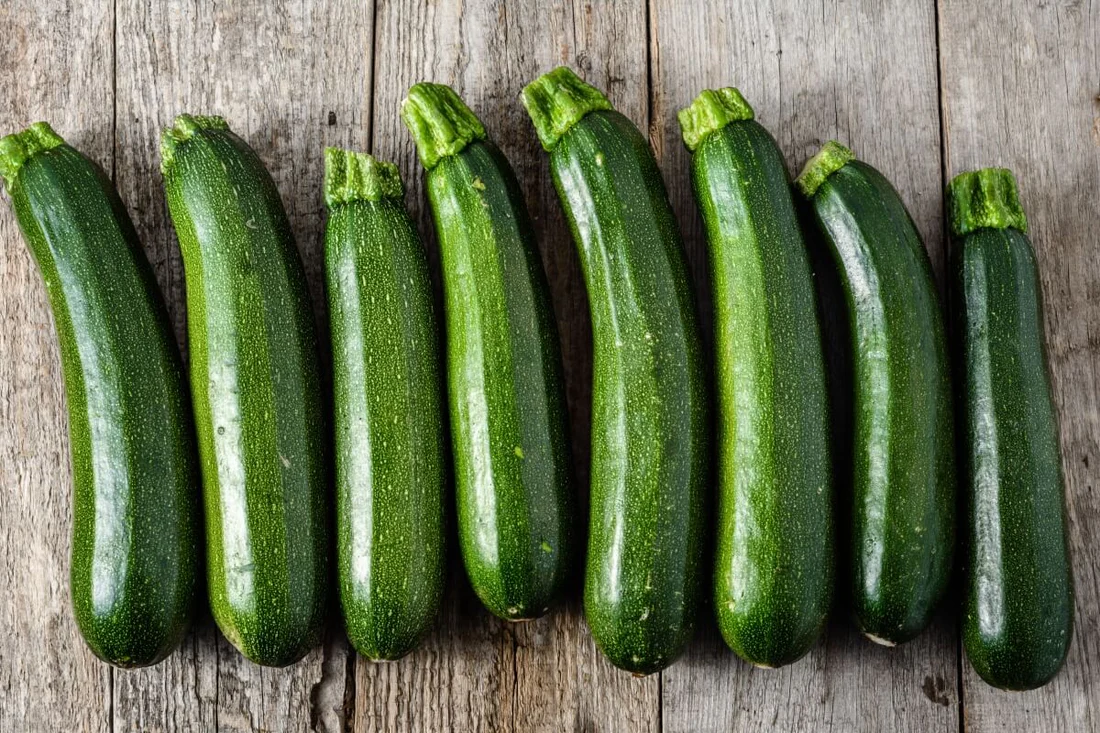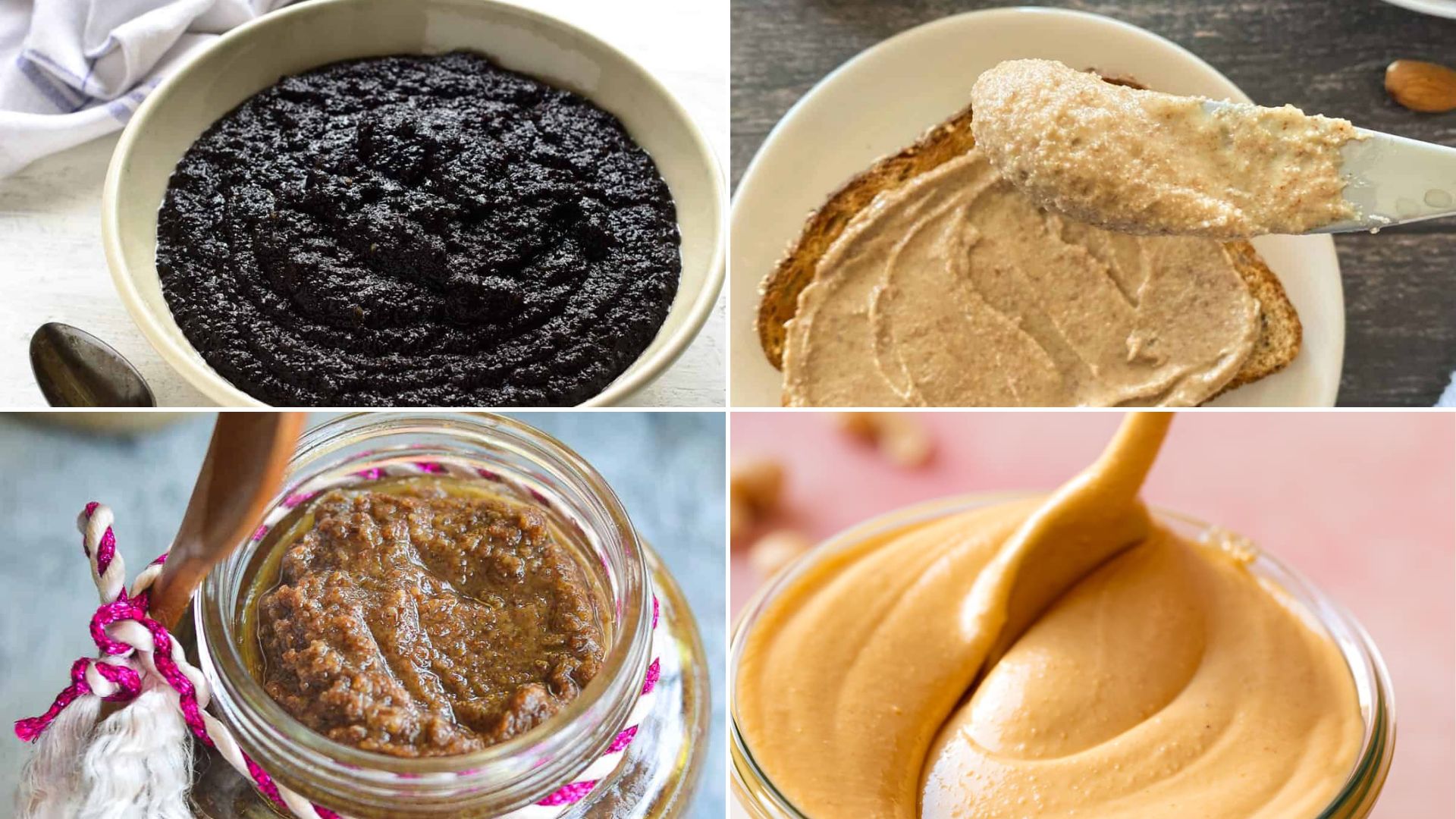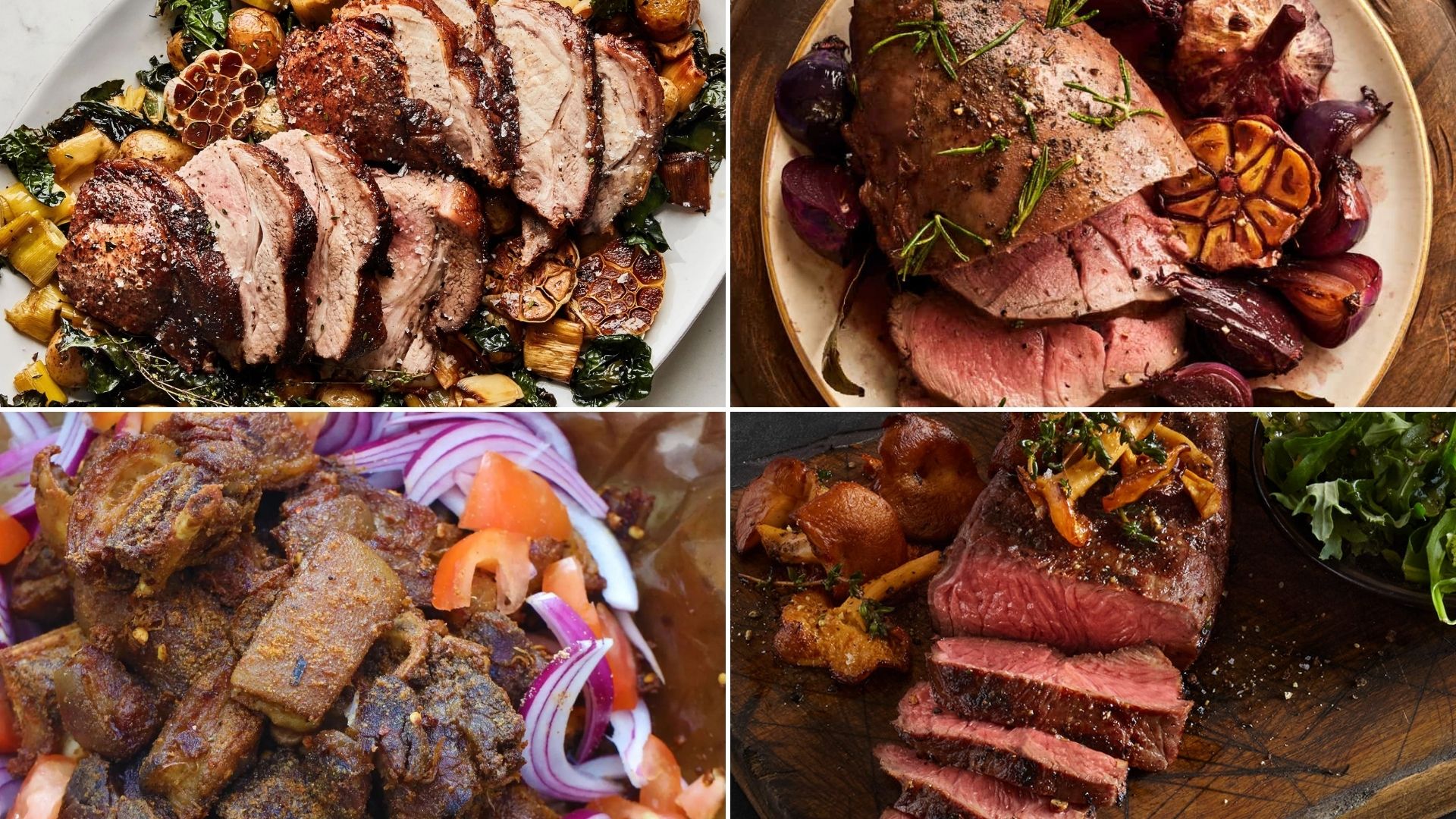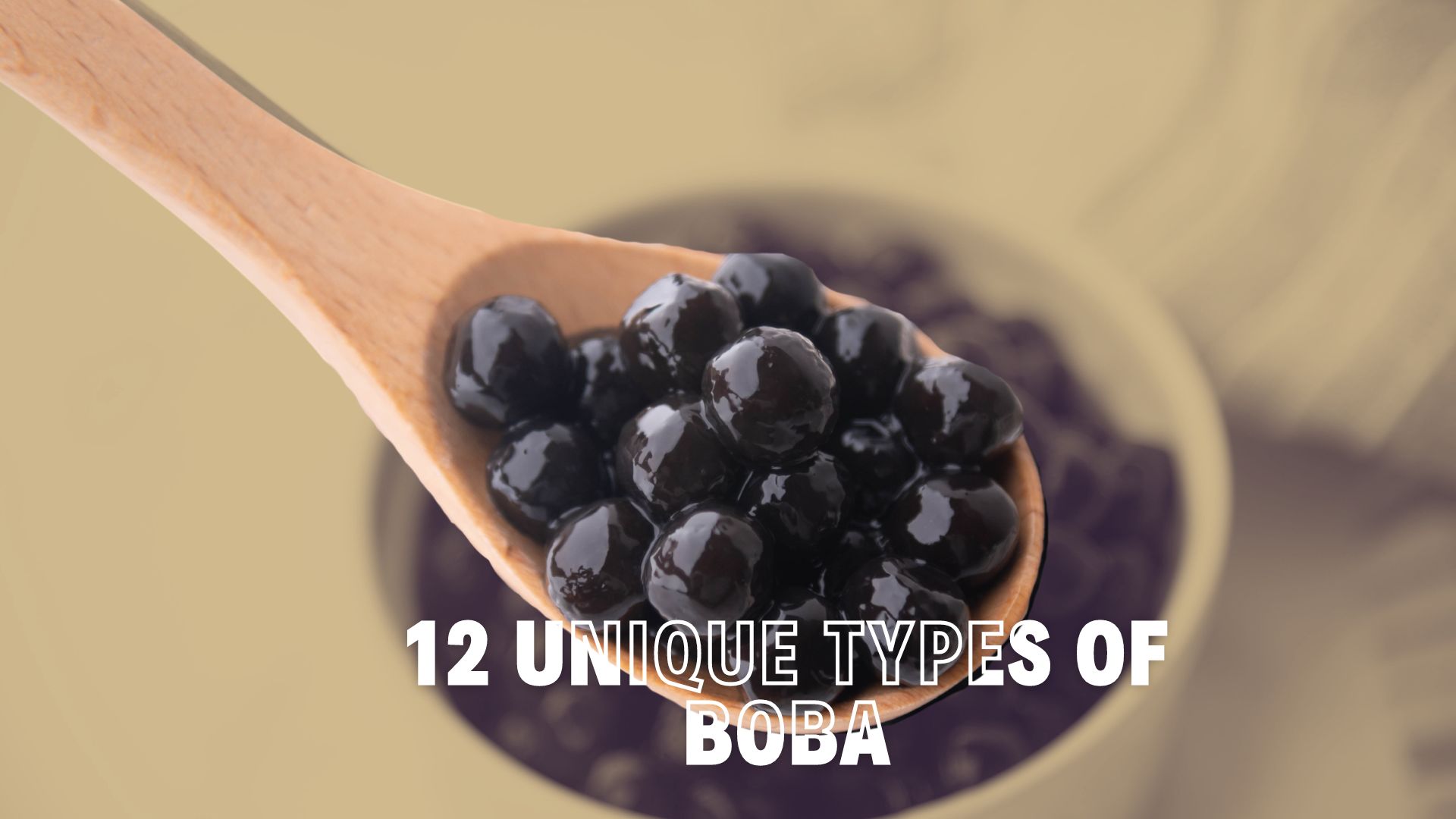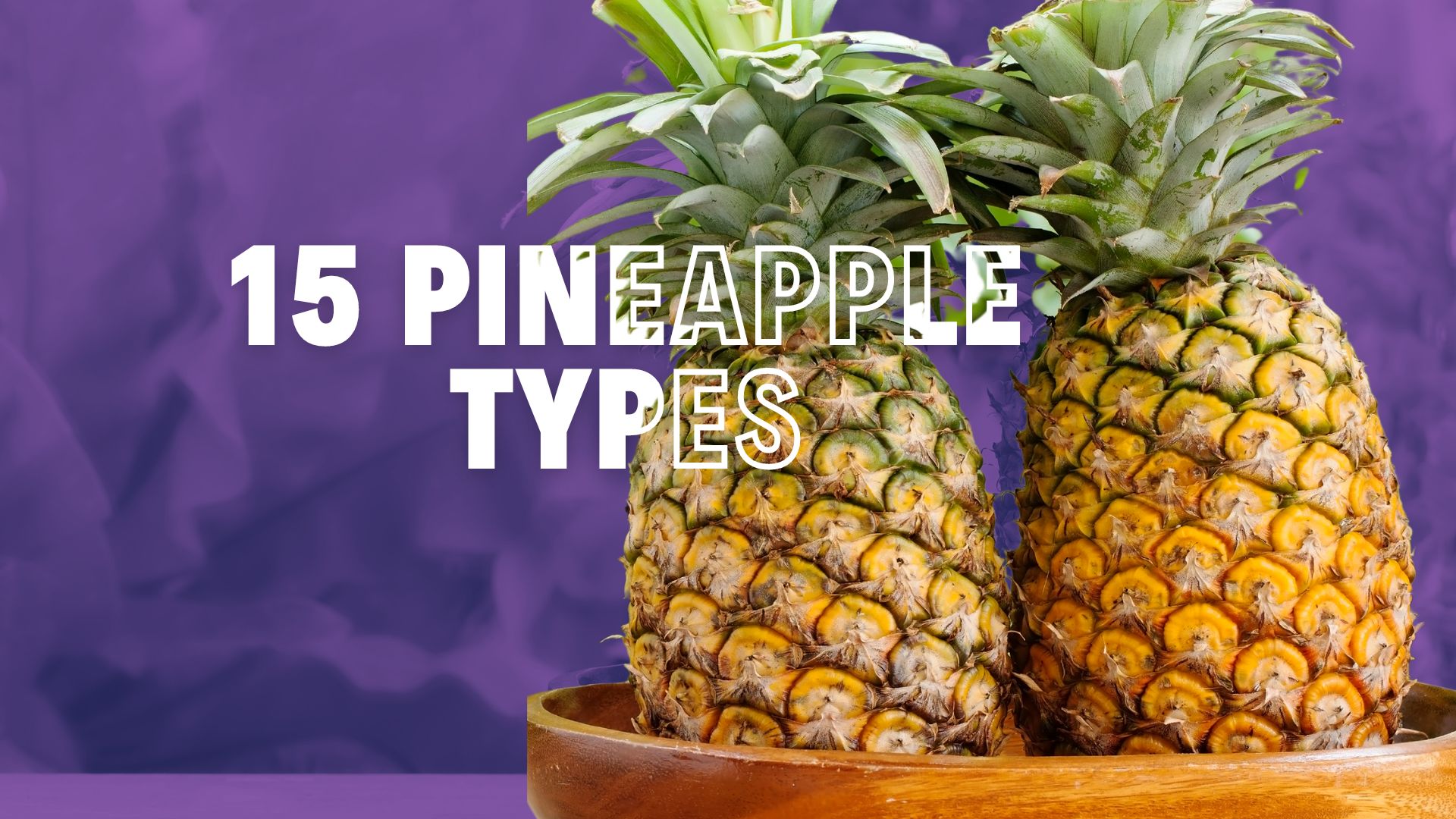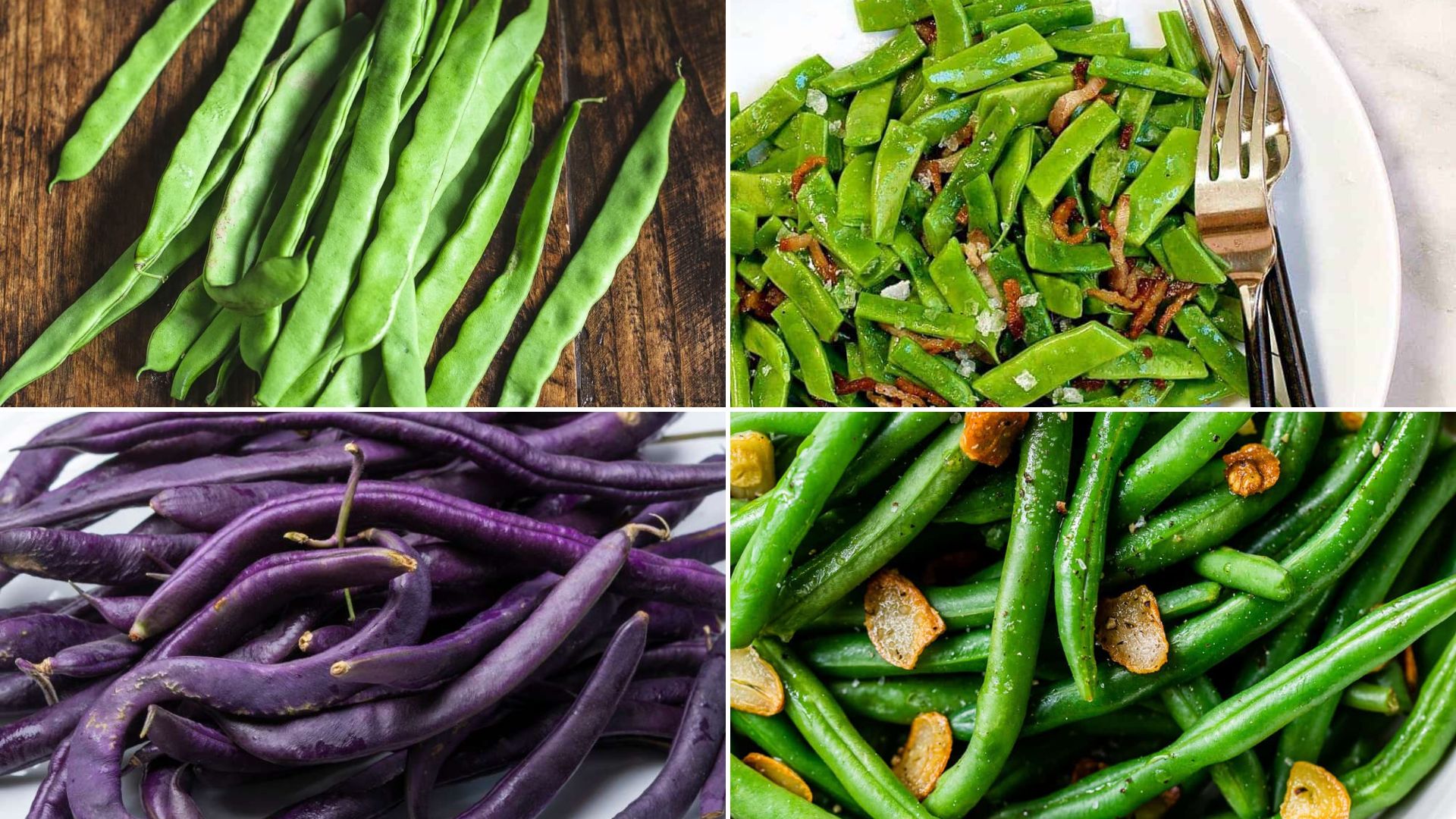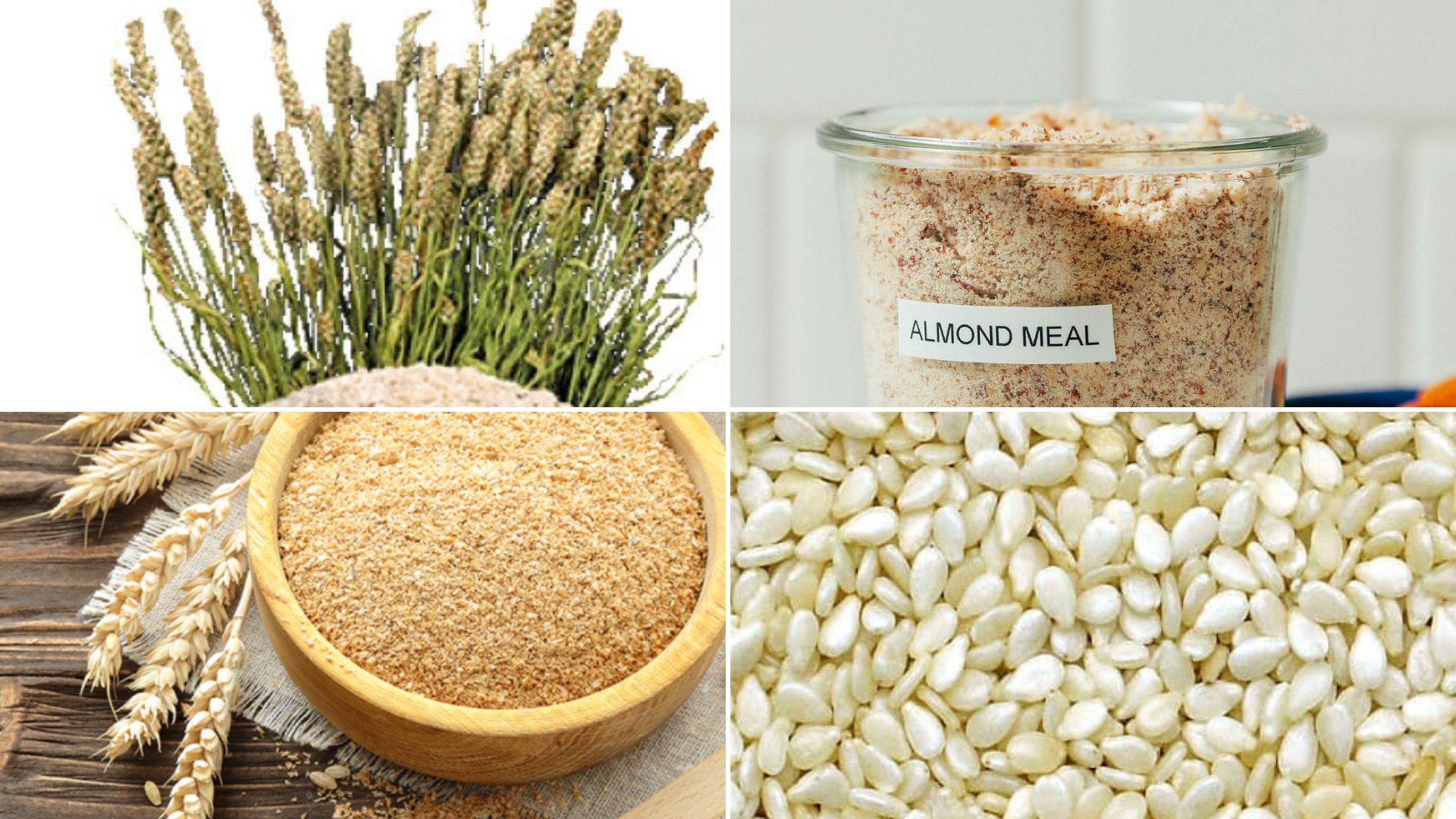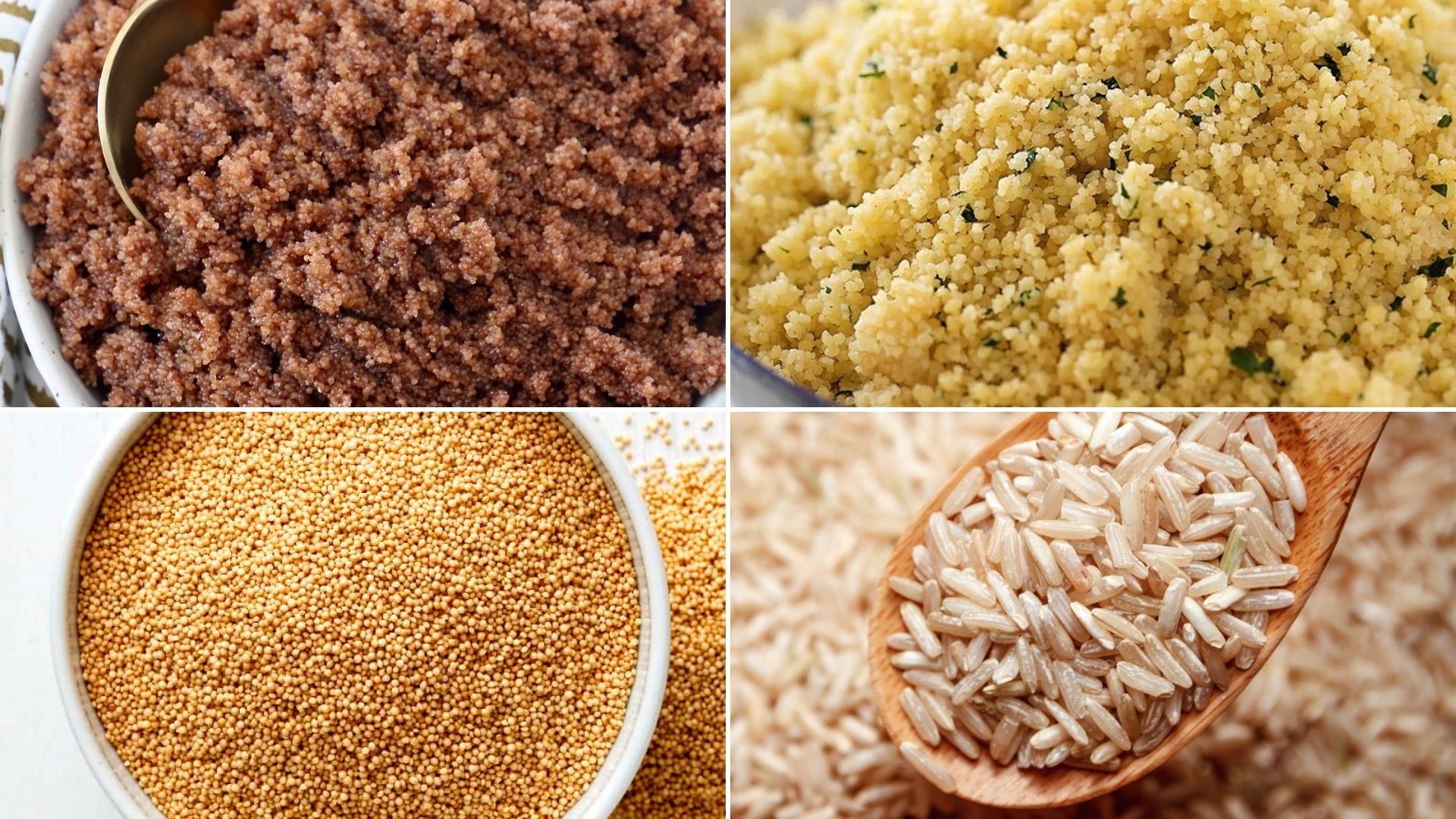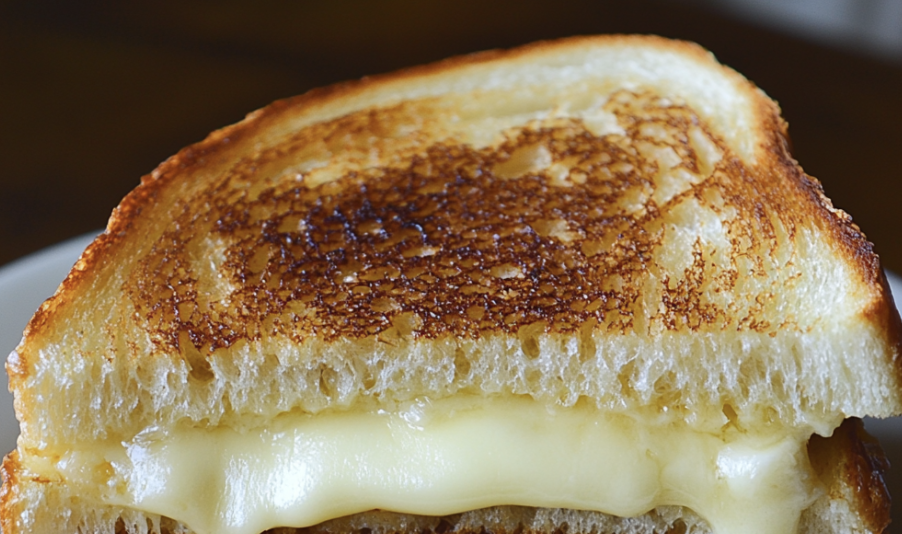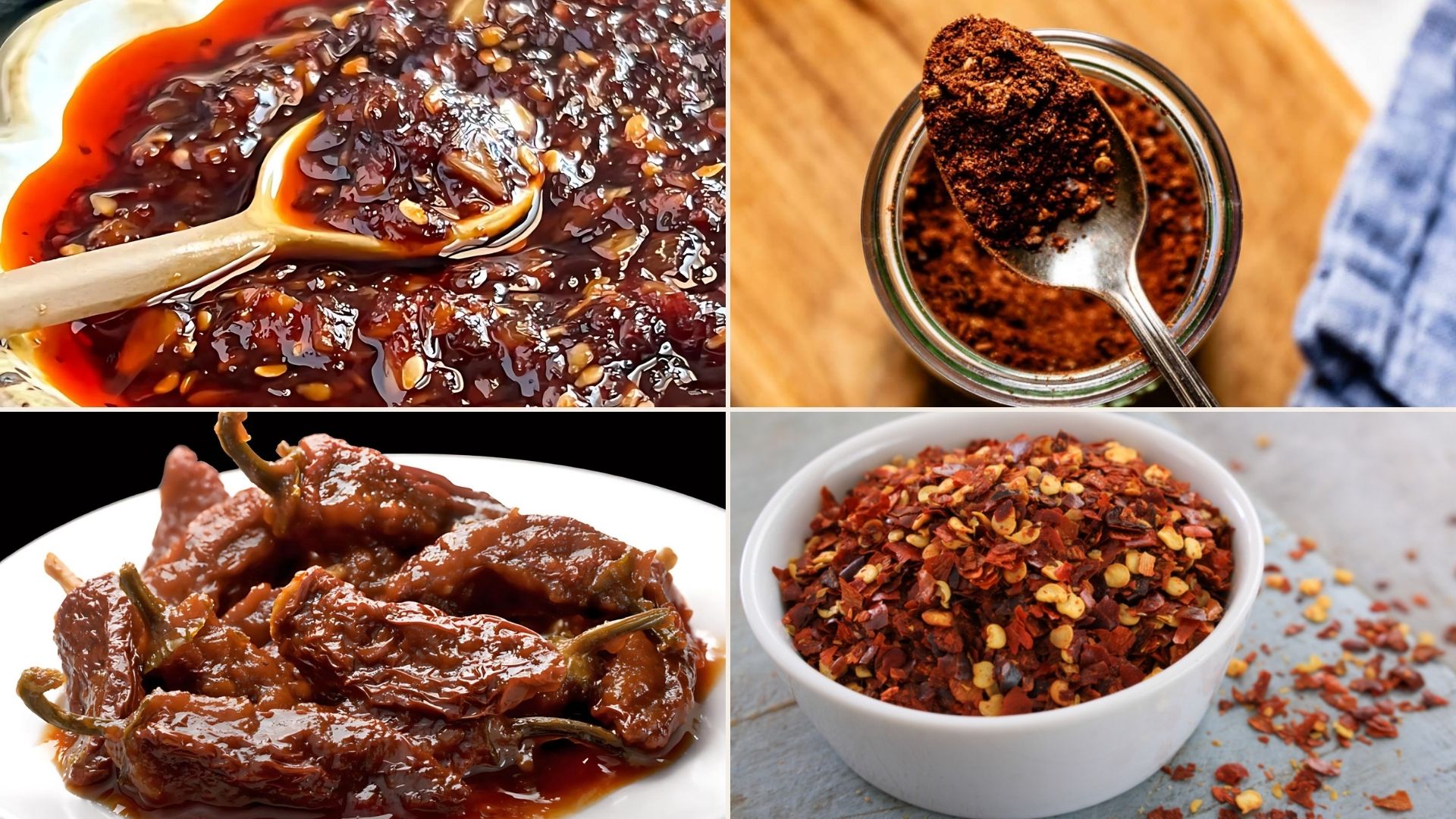
Did you know that harissa, a spicy, aromatic chili paste from North Africa, has enhanced dishes with bold flavors since the 16th century?
If you’re out of harissa or just looking to try something new, several fantastic substitutes can bring similar heat and complexity to your meals.
From the smoky richness of Chipotle in Adobo Sauce to the straightforward spice of Red Chili Flakes, each alternative offers unique flavors that can transform your cooking.
In this guide, we’ll explore seven versatile substitutes for harissa paste that are perfect for adding depth and spice to any dish.
Ready to spice up your kitchen? Let’s dive into these flavorful options!
What are the Best Alternatives to Harissa Paste?
1. Sambal Oelek
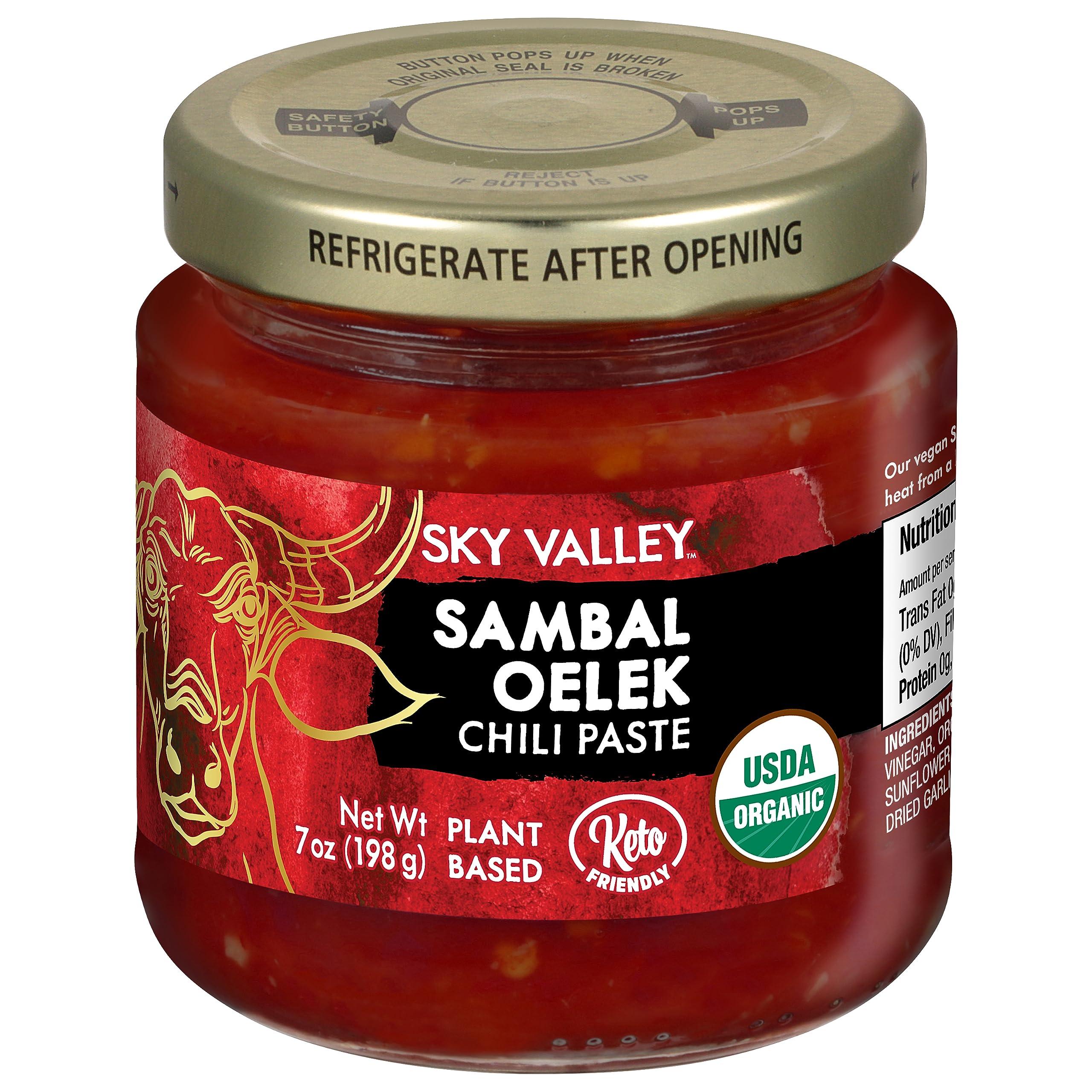
Sambal Oelek is a Southeast Asian chili paste that focuses on the essence of chili. It is typically made with crushed raw red chiles, a small amount of vinegar, and salt, providing a straightforward yet fiery pure chili flavor.
- Origins and Cultural Significance: Sambal Oelek, originally from Indonesia, is a staple in various Southeast Asian cuisines, used to add heat and flavor to dishes.
- Flavor Profile: It offers a vibrant, intense chili heat that is less complex than harissa but can be modified with additional spices.
- Culinary Uses: Ideal for stir-fries, noodle dishes, and as a condiment for grilled meats.
- Heat Level Comparison: Generally hotter than traditional harissa, with a clean, sharp heat.
- Pairing Suggestions: It works well with ingredients that can absorb its bold flavors, such as tofu, seafood, and poultry.
2. Chili Garlic Sauce
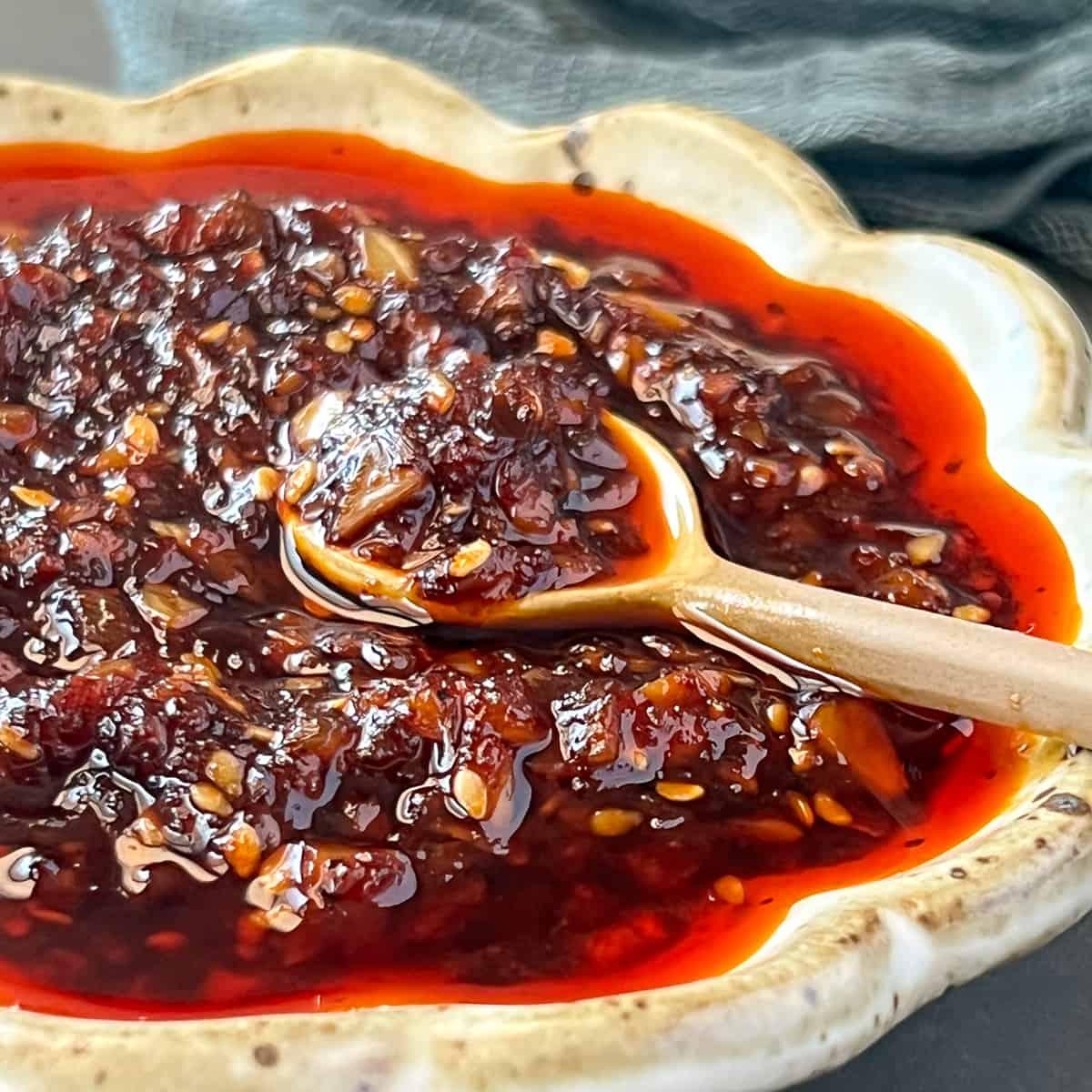
Chili Garlic Sauce combines chili with garlic to offer a fiery kick with aromatic depth. This versatile sauce can be used to add spice and flavor to a variety of dishes.
- Origins and Cultural Significance: Widely used in Chinese and other Asian cuisines, this sauce is essential for adding a spicy touch to recipes.
- Flavor Profile: Adding garlic adds depth, making it a flavorful alternative to harissa with a similar pungency but added garlic notes.
- Culinary Uses: Excellent in marinades and sauces as a topping for dishes like noodles and pizza.
- Heat Level Comparison: Comparable to harissa but with a more pronounced garlic flavor.
- Pairing Suggestions: It pairs well with rich meats and stir-fries and even works as a base for spicy dips.
3. Chipotle in Adobo Sauce
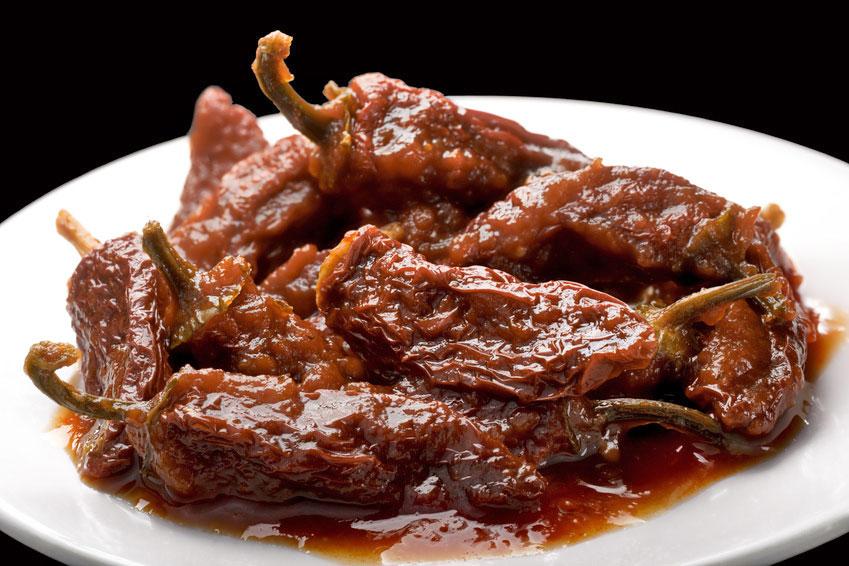
Chipotle in Adobo Sauce features smoked jalapeños in a tangy, slightly sweet adobo sauce, offering a deep, smoky flavor with a manageable heat level.
- Origins and Cultural Significance: This Mexican staple is rooted in preserving jalapeños and offers a distinctive smoky taste.
- Flavor Profile: The smokiness is complemented by a tanginess from the adobo, differentiating it from the straightforward heat of harissa.
- Culinary Uses: Great in Mexican dishes, barbecue sauces, or as a smoky spice base for meats.
- Heat Level Comparison: Less spicy than harissa, with a deep, smoky flavor profile.
- Pairing Suggestions: It enhances the flavor of grilled meats and beans and can be incorporated into mayonnaise or dips for a smoky twist.
4. Red Chili Flakes
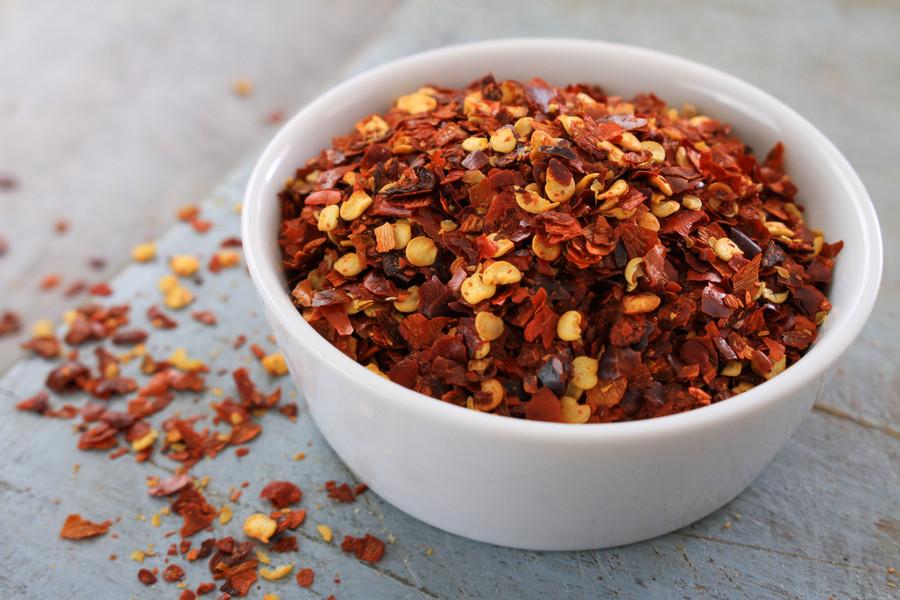
Red Chili Flakes are crushed dried red chilies. They are simple yet effective for adding dry heat to dishes without additional moisture.
- Origins and Cultural Significance: Used globally in various cuisines to introduce heat into recipes without overpowering other flavors.
- Flavor Profile: Offers a sharp, focused heat that can be controlled by adjusting the amount used in cooking.
- Culinary Uses: Versatile enough to be sprinkled on pizza, pasta and infused into cooking oils.
- Heat Level Comparison: The heat can vary but generally provides a straightforward spicy kick without the complexity of harissa.
- Pairing Suggestions: It is ideal for dishes that need a direct heat source without additional liquid, such as sprinkling over salads or roasted vegetables.
5. Sriracha

Sriracha is a Thai-inspired hot sauce known for its garlicky, slightly sweet, and moderately spicy profile. It’s become a beloved condiment worldwide, adding heat and flavor to countless dishes.
- Origins and Cultural Significance: Developed in Thailand and popularized in global cuisine, Sriracha is celebrated for its versatility and balanced flavor profile.
- Flavor Profile: While it shares a chili-forward flavor with harissa, Sriracha introduces a unique garlic and vinegar twist.
- Culinary Uses: A go-to for adding to soups, burgers, or even cocktails for a spicy kick.
- Heat Level Comparison: Generally milder than harissa with a noticeable sweetness.
- Pairing Suggestions: It is excellent on eggs, in marinades, or as a dynamic addition to mayo for a spicy spread.
6. Gochujang
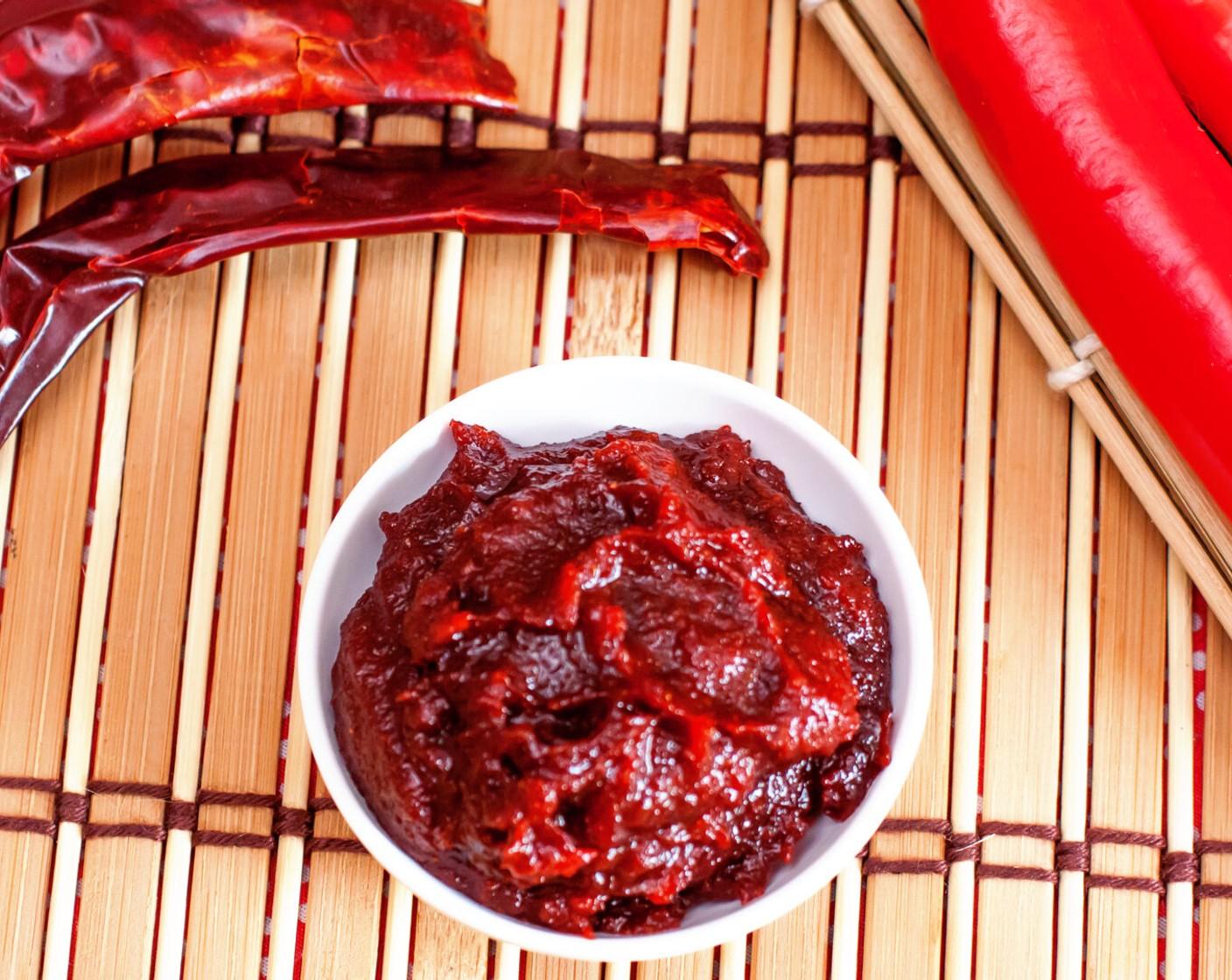
Gochujang is a savory, spicy, and sweet fermented condiment made from red chili, glutinous rice, fermented soybeans, and salt. It’s a staple in Korean cooking and is known for its deep, complex flavor profile.
- Origins and Cultural Significance: Gochujang originates from Korea, where it has been a foundational ingredient in many traditional dishes for centuries, adding both heat and a rich umami character.
- Flavor Profile: Unlike harissa, gochujang offers a balance of spicy, sweet, and umami flavors due to its fermentation process.
- Culinary Uses: It is essential in Korean dishes such as bibimbap and bulgogi and can spice up sauces, marinades, and soups.
- Heat Level Comparison: It provides a moderate heat that builds over time, complemented by its sweetness and depth.
- Pairing Suggestions: It is perfect with grilled meats, in stews, or as a base for Korean-style fried chicken sauce.
7. DIY Harissa Blend
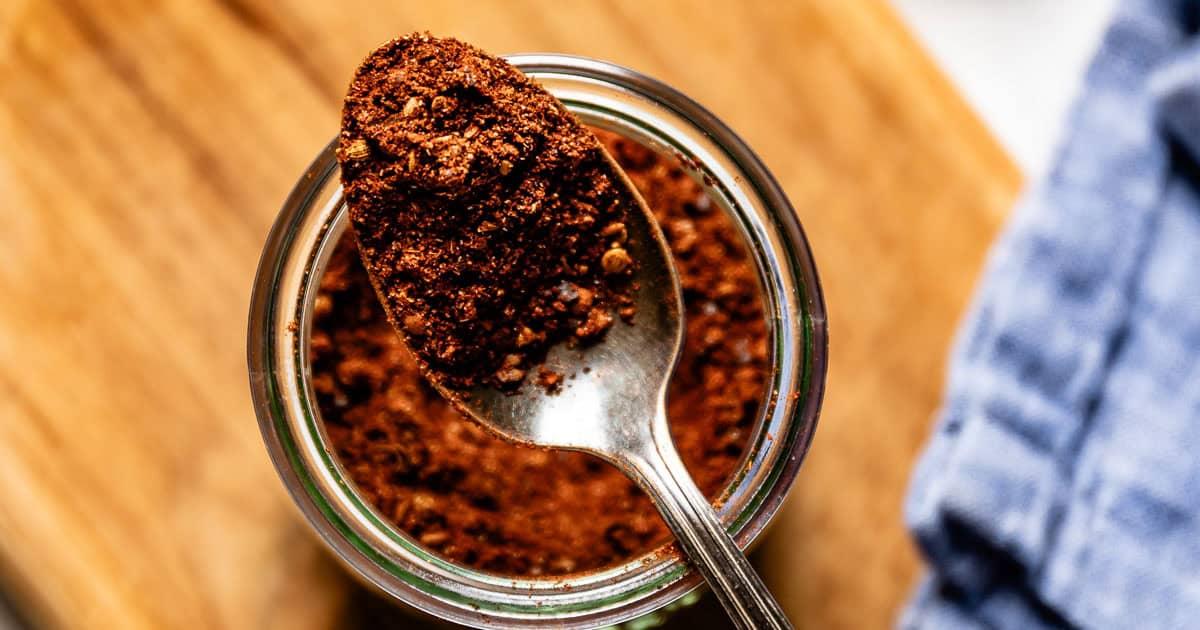
Creating a DIY Harissa Blend involves mixing ground caraway, cumin, smoked paprika, and crushed red pepper flakes with garlic and olive oil to mimic the complex flavor of traditional harissa.
- Origins and Cultural Significance: While not traditional, this homemade version draws inspiration from North African spices typically used in authentic harissa recipes.
- Flavor Profile: This blend captures the essence of harissa with its spicy, smoky, and aromatic qualities, allowing for customization in heat and flavor.
- Culinary Uses: Versatile in use, this blend can be applied to roasted vegetables, marinated meats, or stirred into stews.
- Heat Level Comparison: Heat levels can be adjusted to personal taste, generally aiming to match classic harissa’s fiery yet balanced profile.
- Pairing Suggestions: Works well when spread on sandwiches, mixed into dressings, or used as a rub for grilling.
Summing Up
We’ve explored a variety of harissa substitutes, whether you opt for a fermented condiment, Gochujang, or the simple heat of Red Chili Flakes.
These alternatives ensure your dishes remain vibrant and tasty, even when you’re out of the real deal.
Now, you’re equipped with spices ready to tackle any recipe that calls for harissa, adding your twist.
So next time you find your harissa jar empty, don’t let your spirits or dishes fall flat.
Remember, in the world of cooking, where there’s a whisk, there’s a way!
And who knows? With these substitutes, your meals might get so spicy they start telling their stories!

